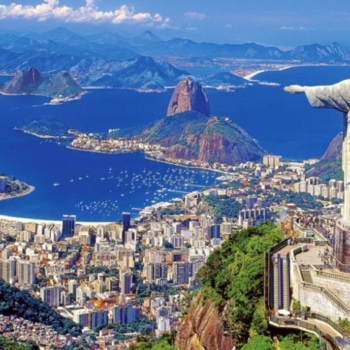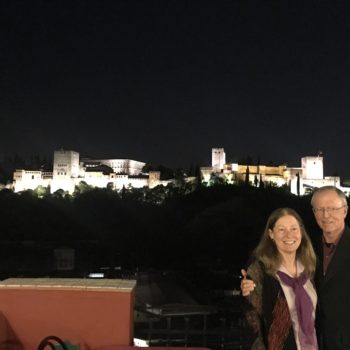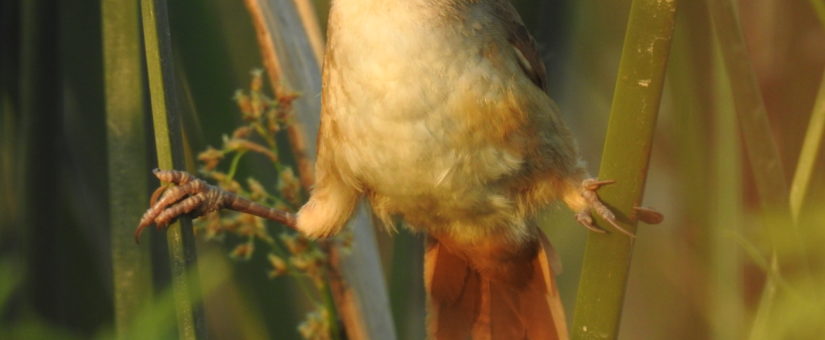
Argentina and Uruguay
- On March 2, 2020
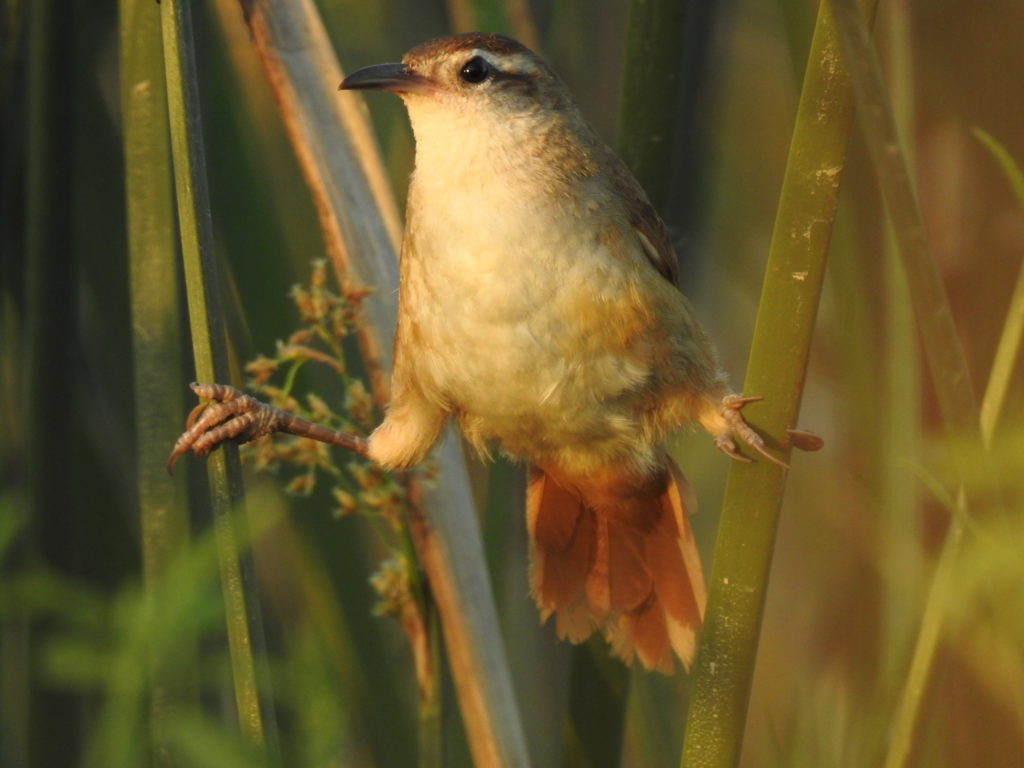
For our final foreign trip in 2019, we returned to Argentina and explored Uruguay for the first time. It was spring there and supposed to be the dry season.
We began the trip by flying from Dallas to Miami, and then to Cordoba, Argentina. Our guide Emiliano ‘Indio’ Garcia Loyola picked us up and we drove southwest. Indio is with Sereima Tours and had been the local leader on our Field Guides trip in 2018; it was great to travel with him again. We stopped for lunch in a cute mountain town called Alta Gracia. It turned out to be the same little town Karen’s brother Gary visited when he was a guest lecturer in Cordoba in 2018!
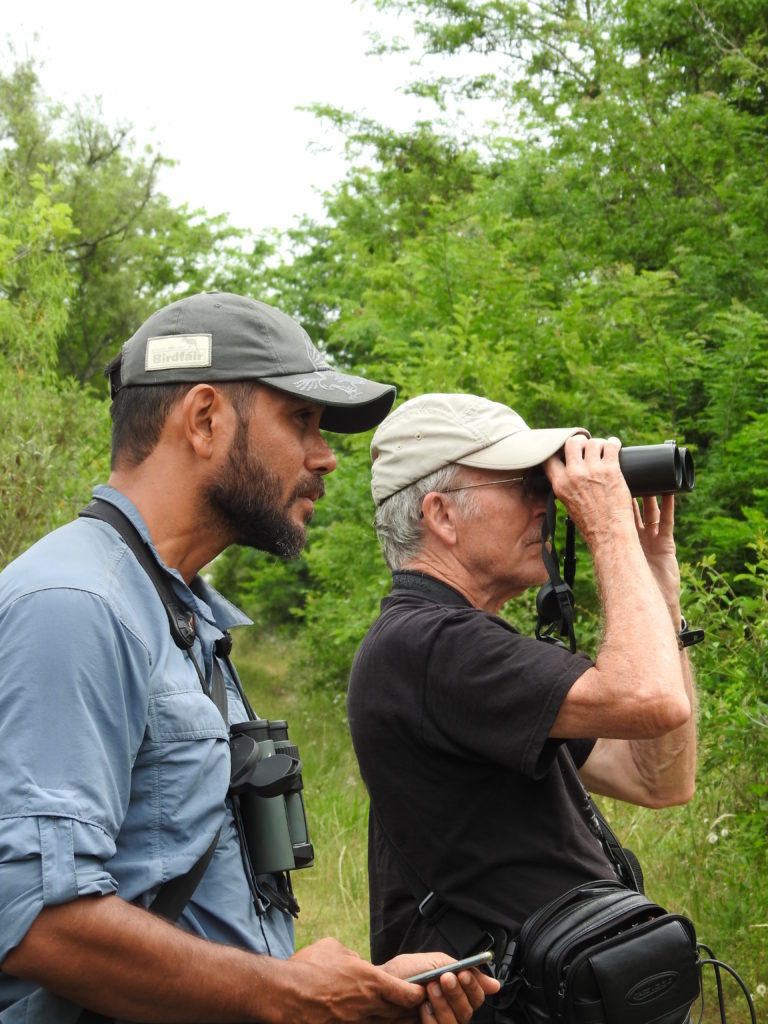
Indio & Terry 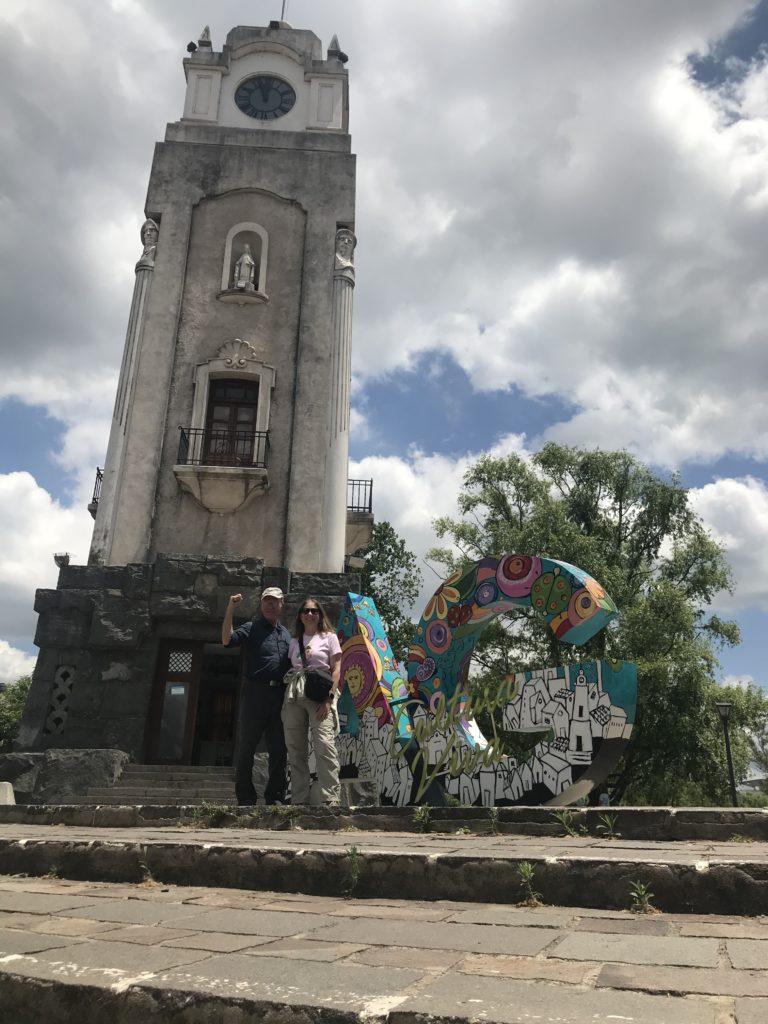
Alta Gracia
We began birding in the Chaco ecoregion. We stayed first in San Javier and got some good birds on the property where our resort hotel was located, as well as in the nearby Los Barrancos reserve. The Black-bodied Woodpecker was a highlight.
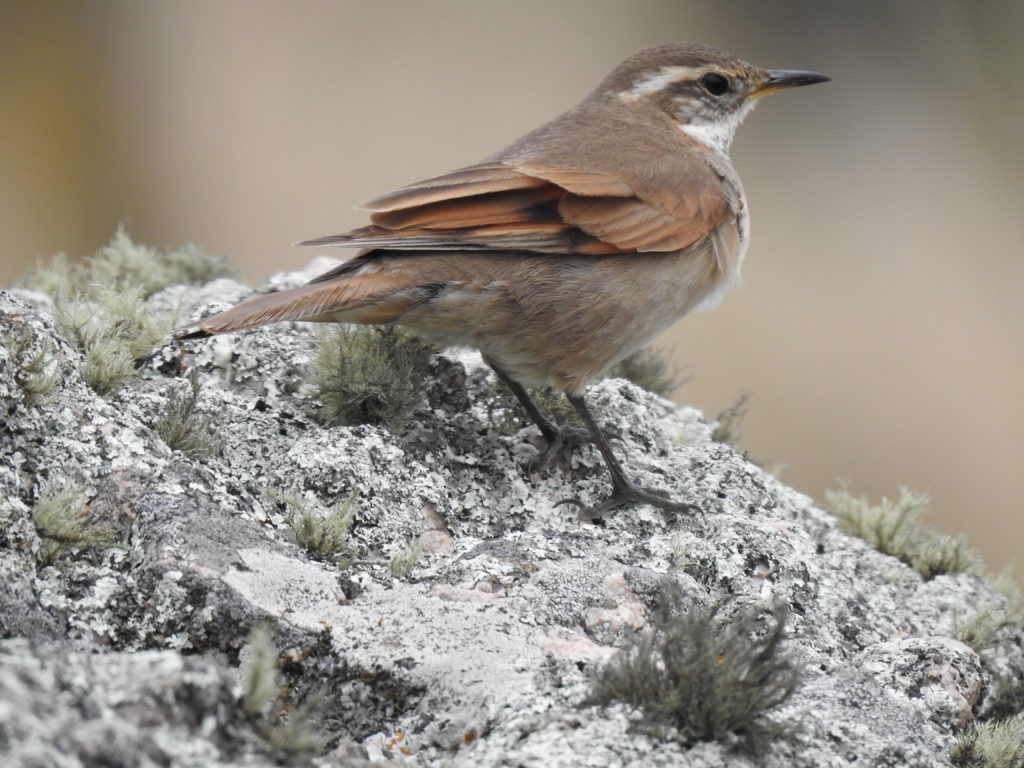
Cordoba Cinclodes 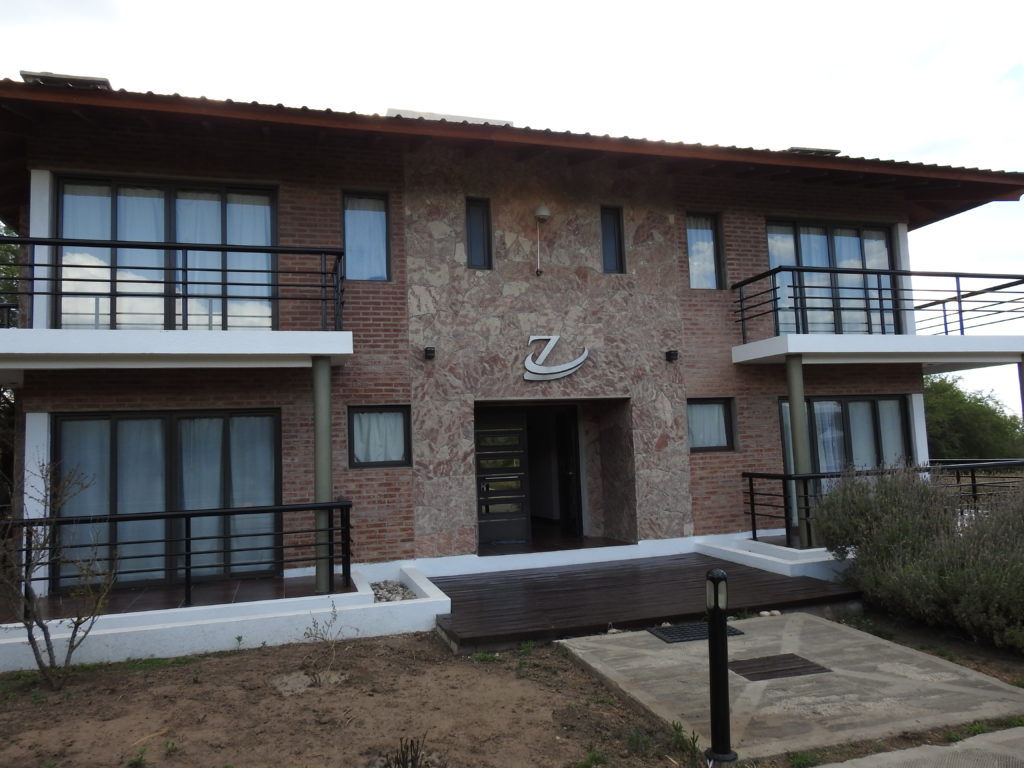
Zalrek Lodge 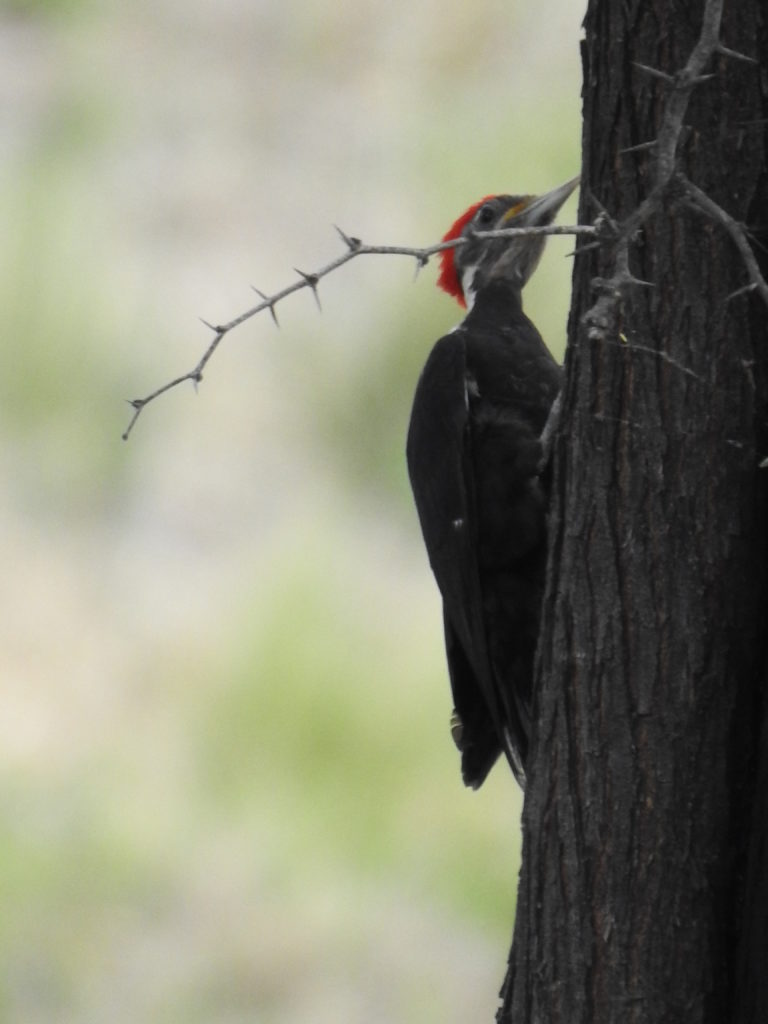
Black-bodied Woodpecker 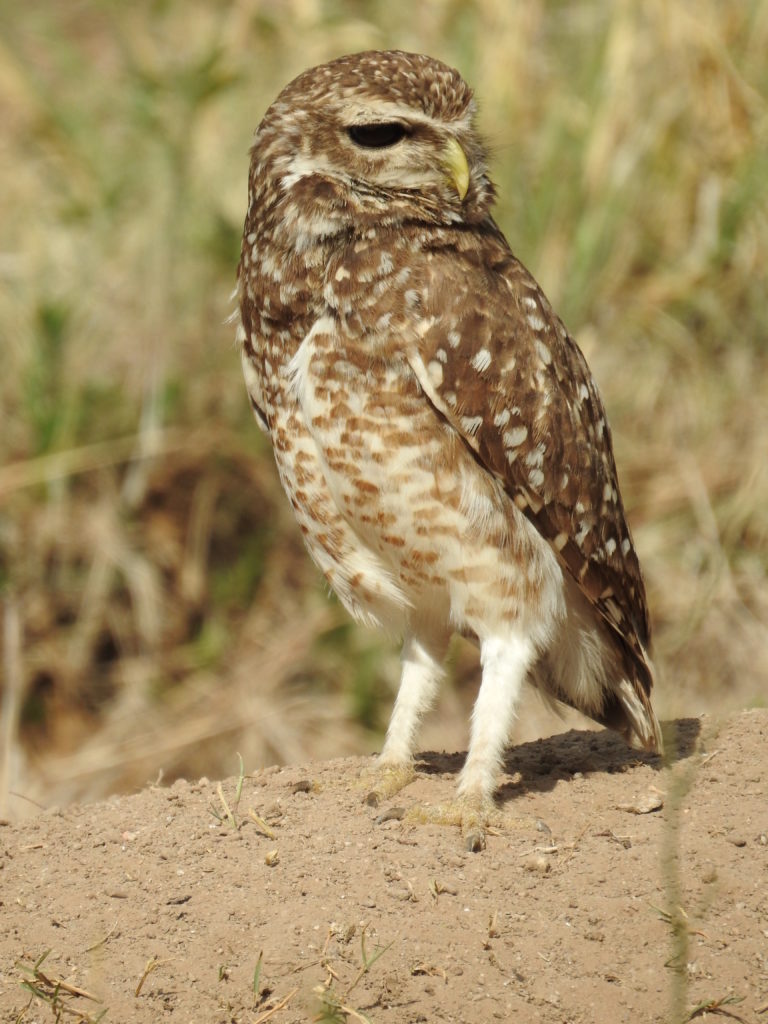
Burrowing Owl 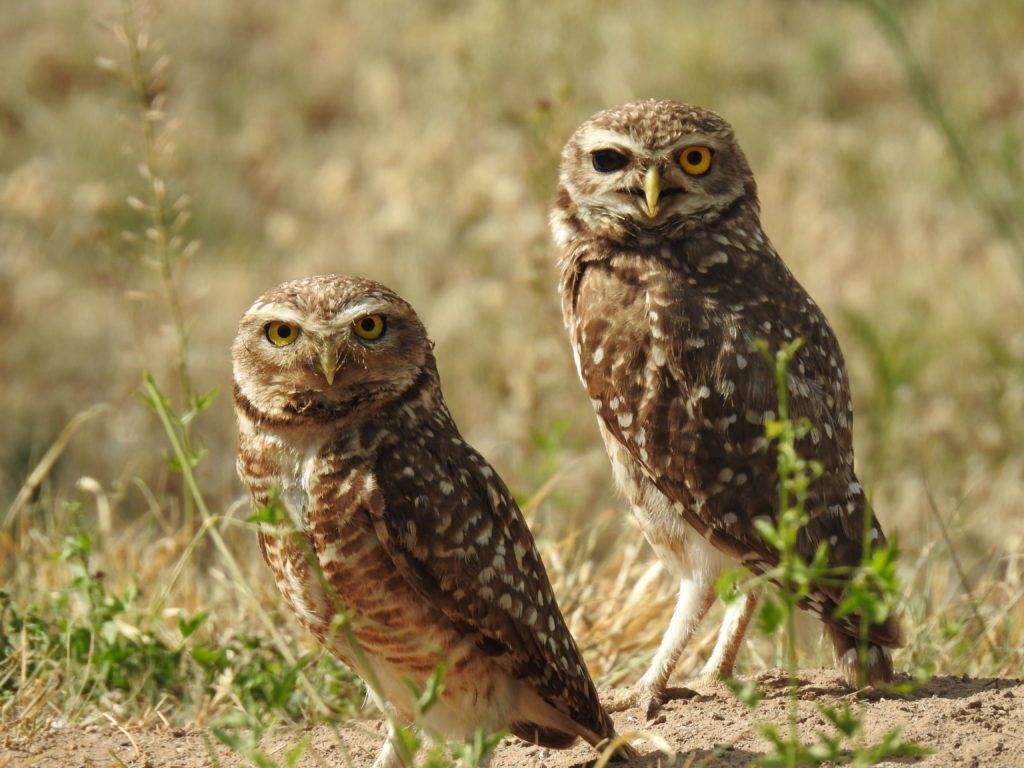
The owl pair 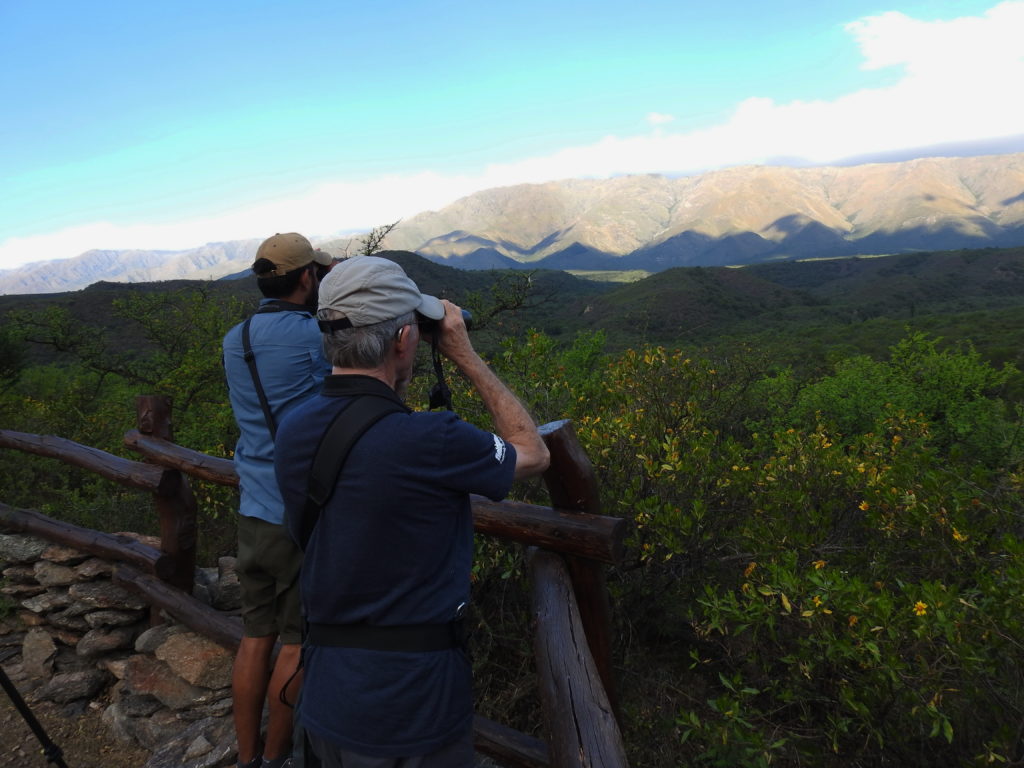
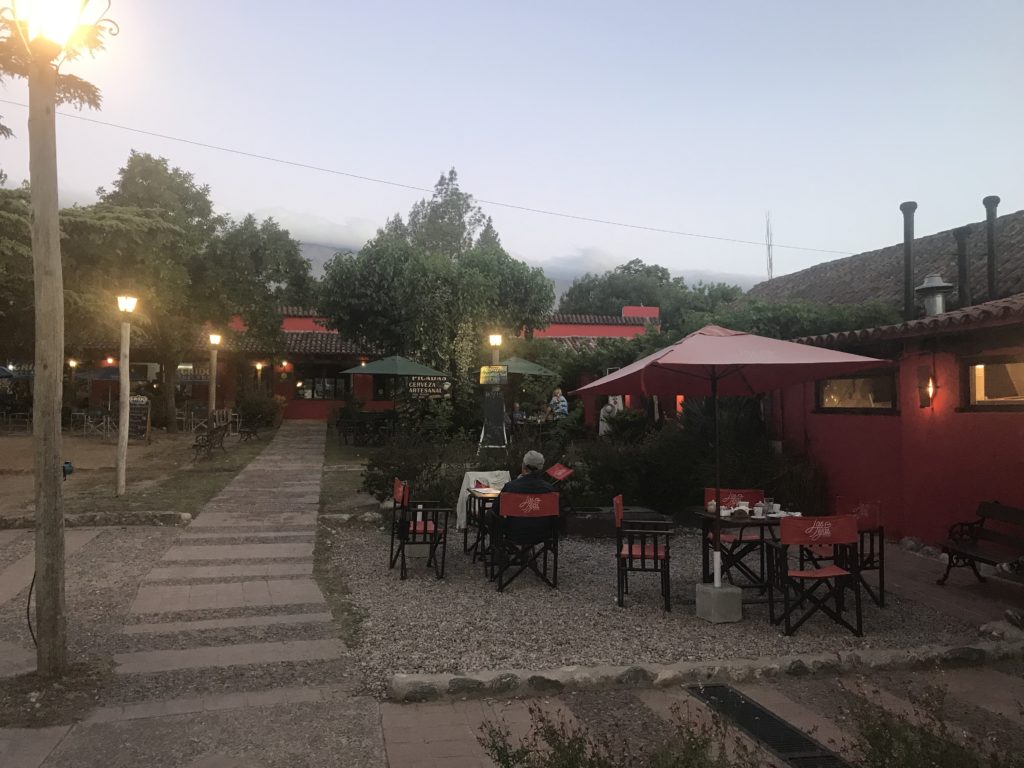
Our favorite spot in San Javier … Las Tejas! 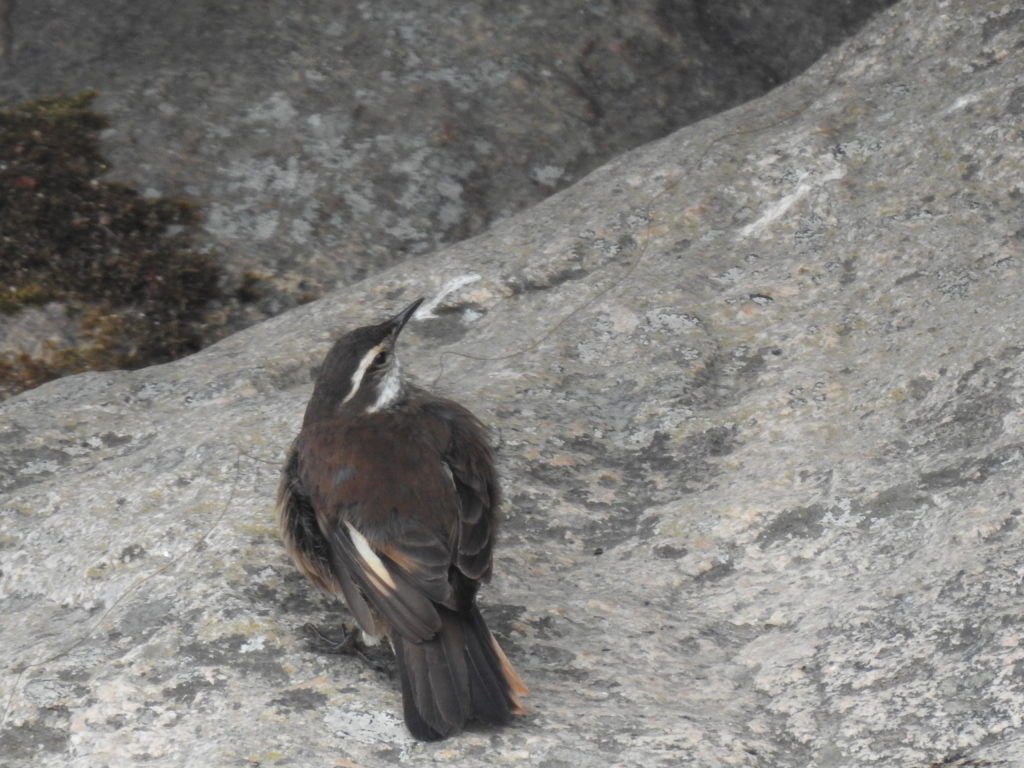
Olrog’s Cinclodes 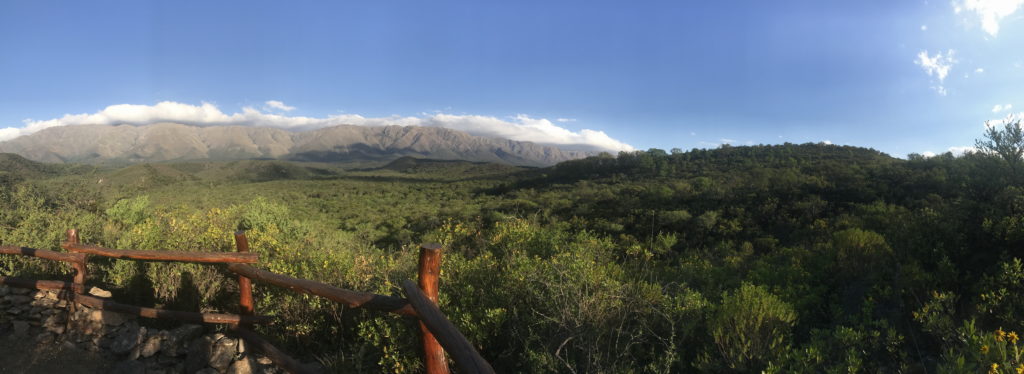
A second Chaco stop included the Las Higueritas and Chancani’ Reserves. We had to stay in Villa Dolores, an hour away, because there is no closer lodging. The Chancani’ Reserve was formerly a cattle ranch. It has great possibilities for ecotourism, but unfortunately doesn’t seem to have the resources or management to take advantage of this. On our drive back in the evening, we ran into a huge rainstorm! Indio (who grew up in Cordoba) said he’d never seen rain like this during the (supposed) dry season. At higher elevations, there was snow that closed the road we’d used the day before.
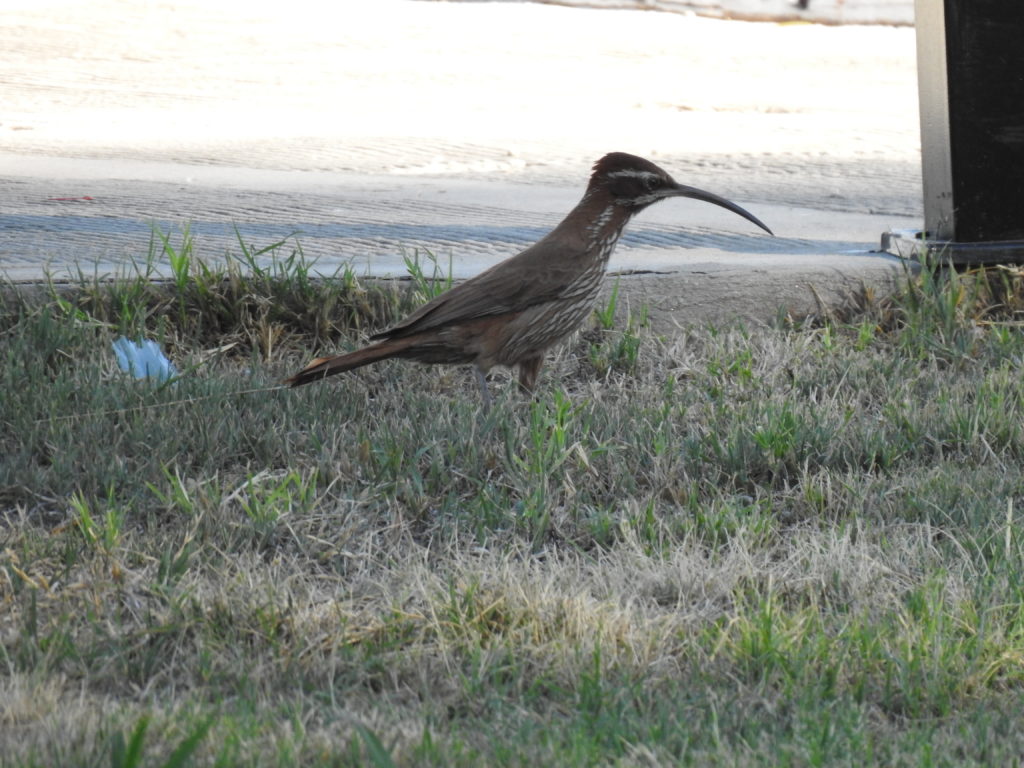
Scimitar-billed Woodcreeper 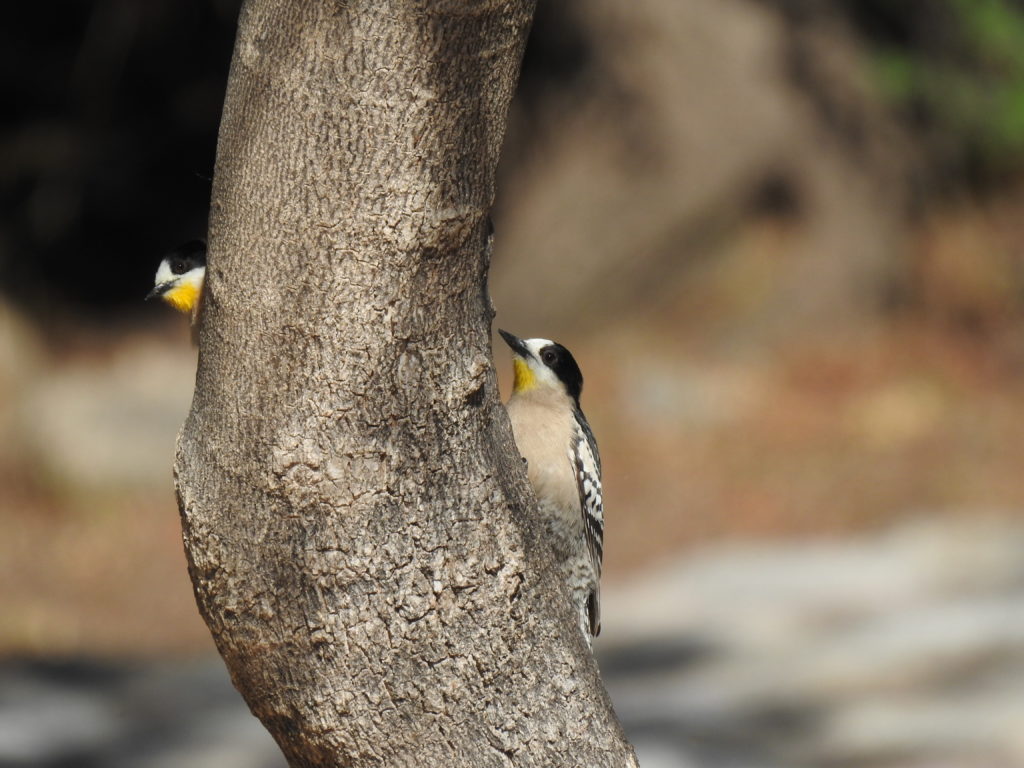
White-fronted Woodpecker 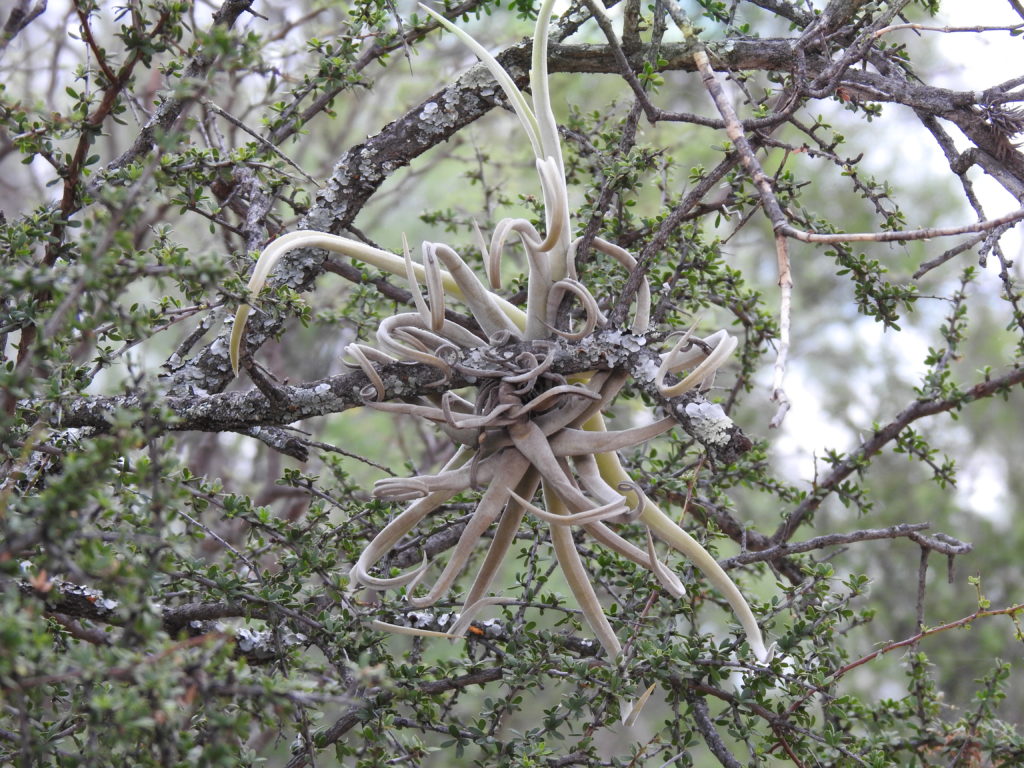
Bromeliads in the acacias 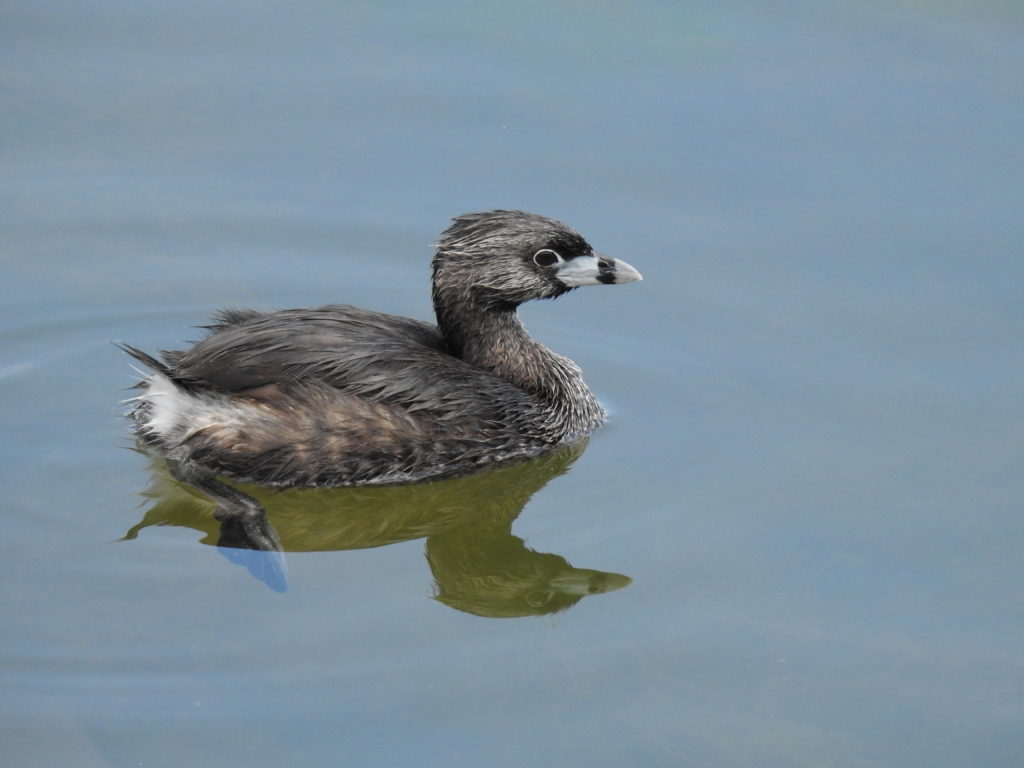
Pied-billed Grebe 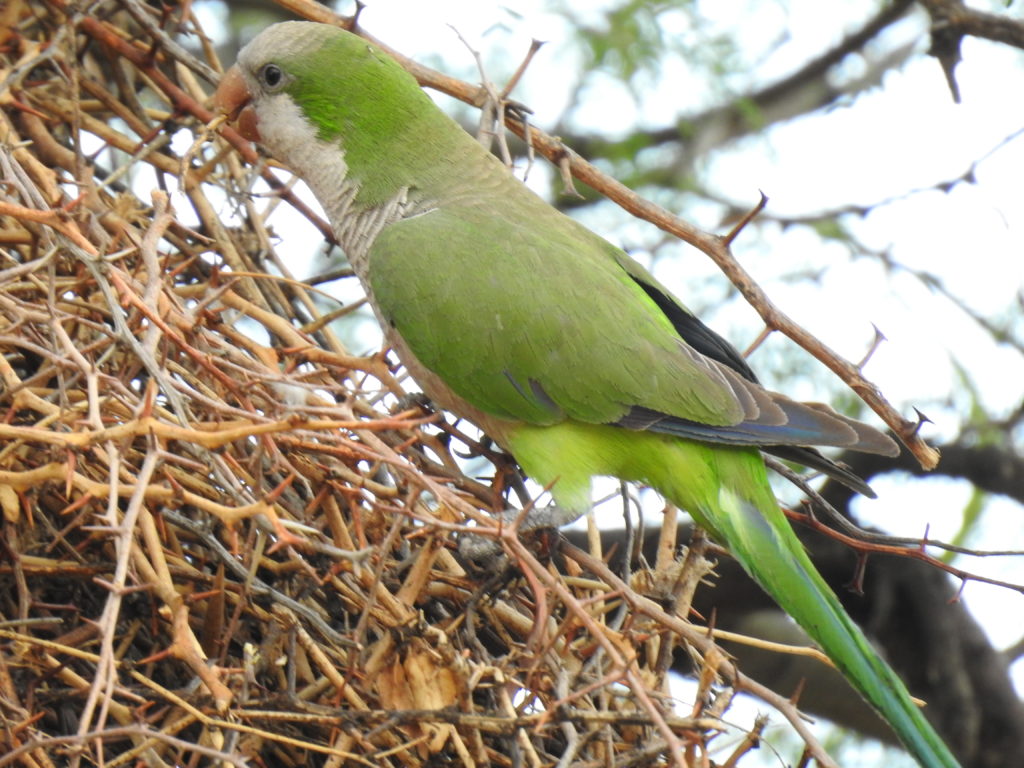
Monk Parakeet 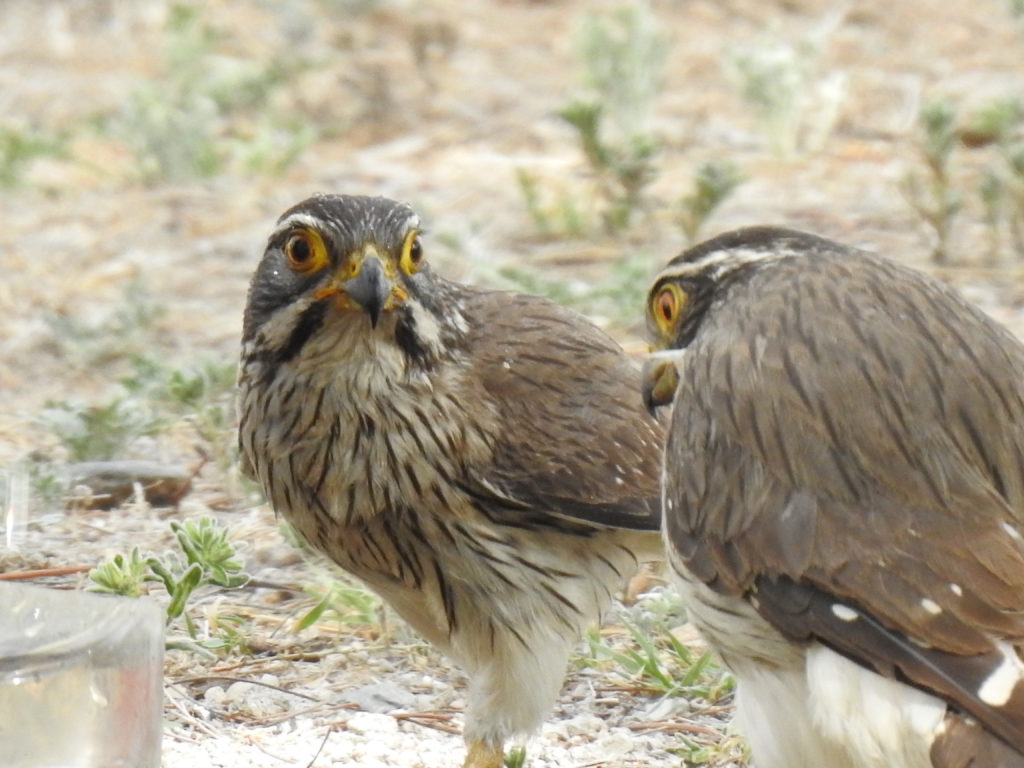
Spot-winged Falconet couple 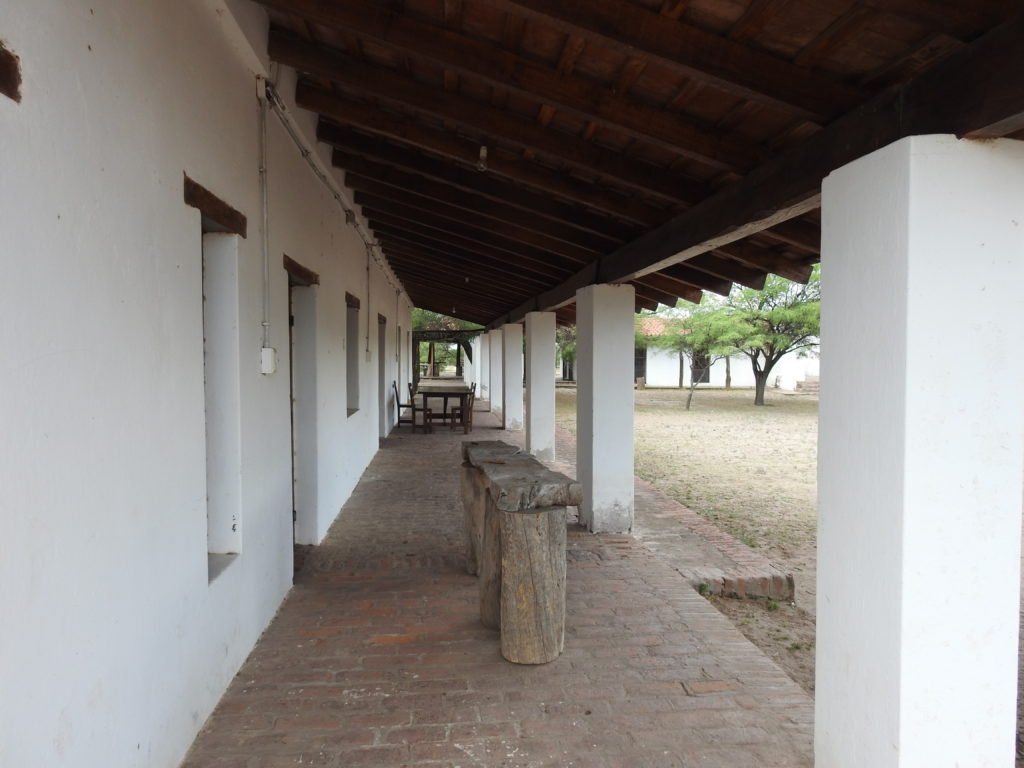
Chancani’ — wouldn’t this be a great place to stay? 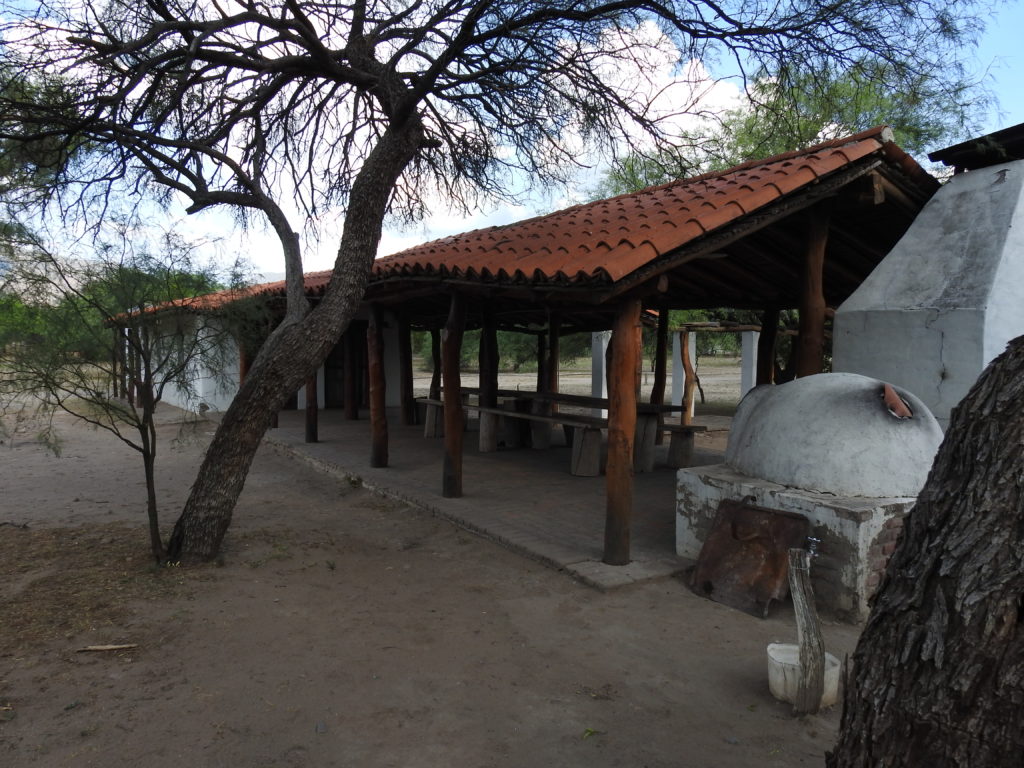
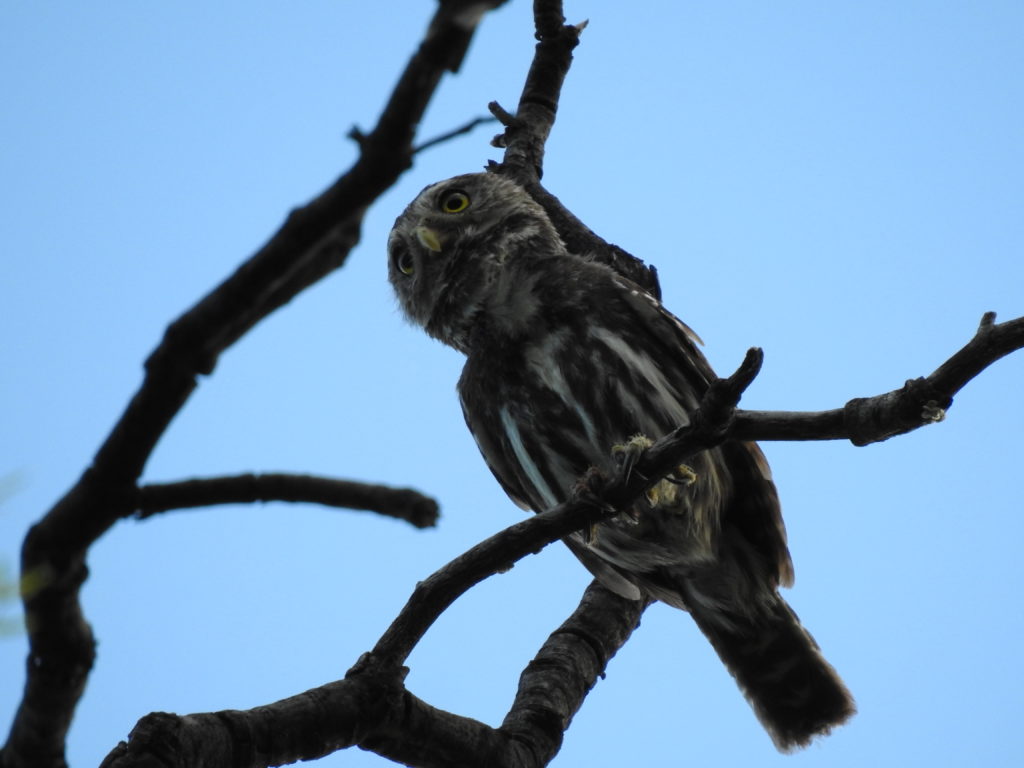
Ferruginous Pygmy Owl 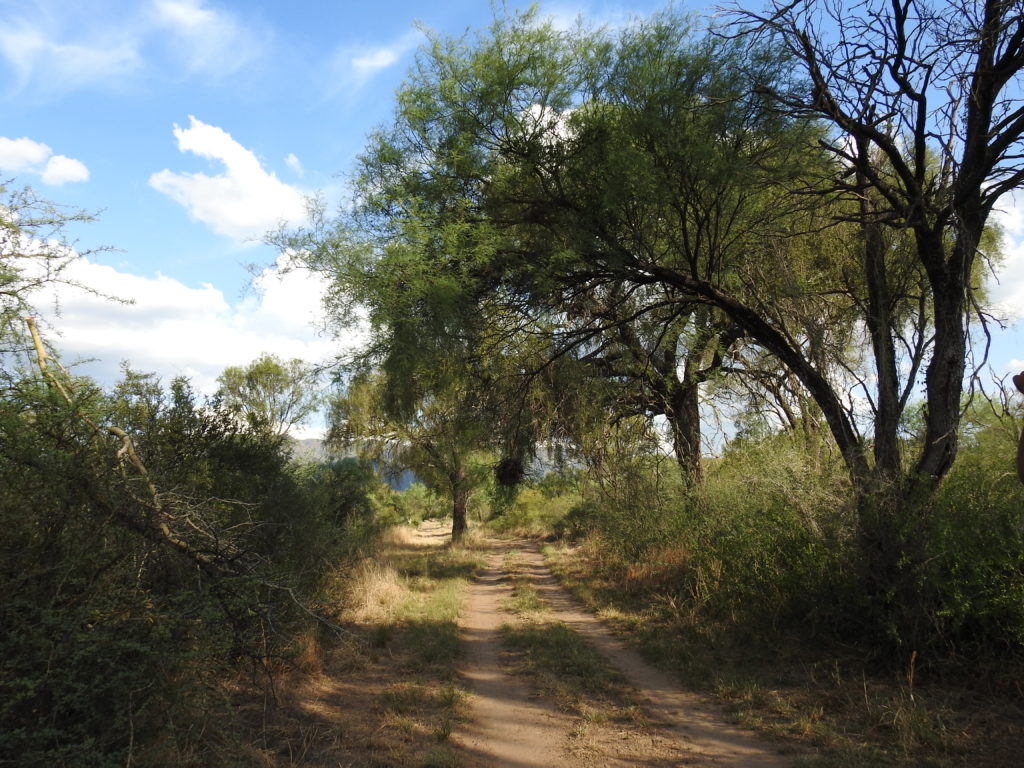
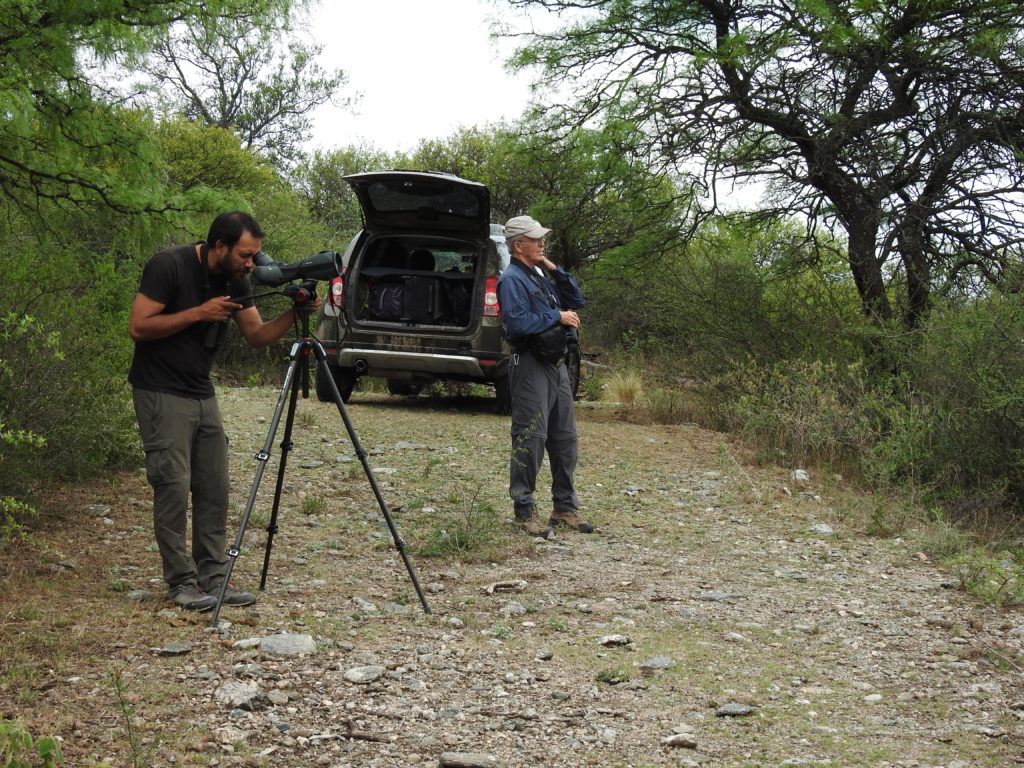

We drove next to Mar Chiquita, a huge (about 775 square miles) lake northeast of Cordoba. Again we got unseasonable wind and rain. The town where we stayed, Miramar, is a beach resort but it was very quiet since we were there a week or so before the start of the tourist season. The dinners were good, particularly the local fish pejerrey. At lunch one day, Terry got to try roast nutria. After seeing them all over the Texas coastal wetlands, this was a new experience. He says it tastes like pork!
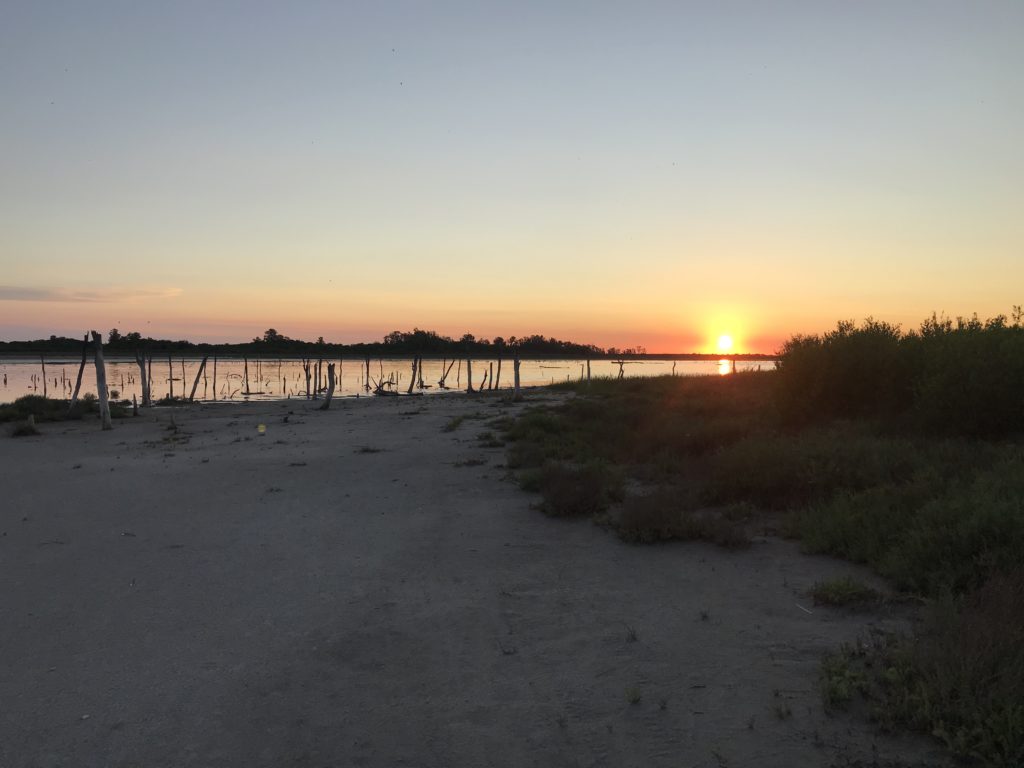
Mar Chiquita 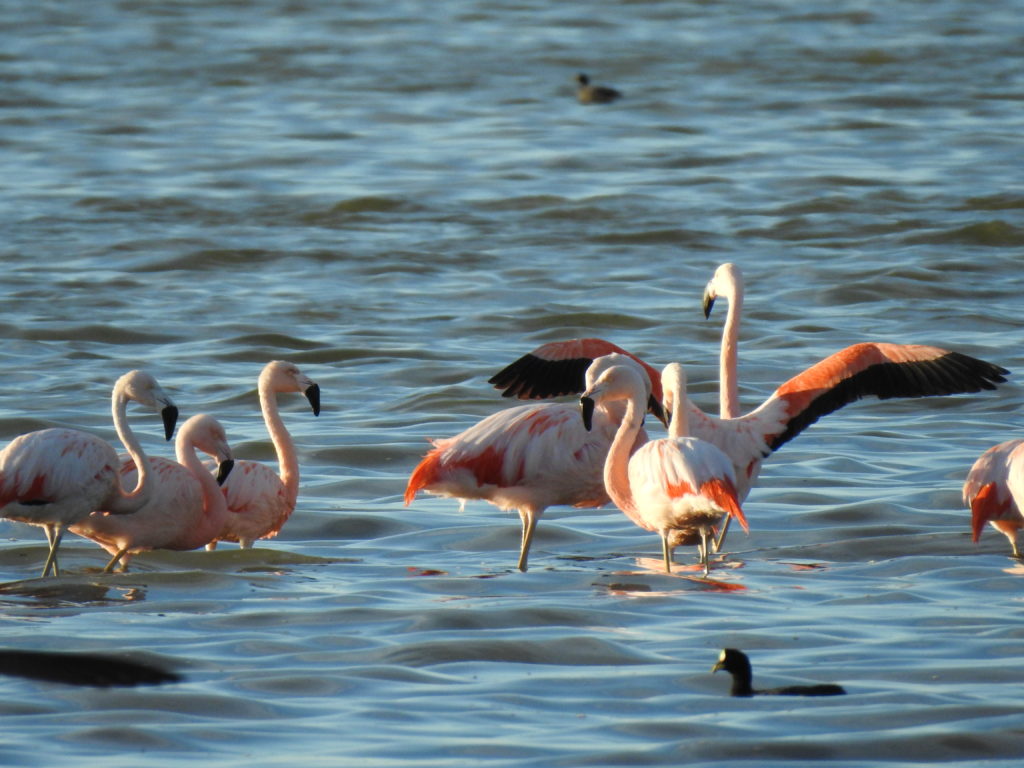
Greater Flamingos 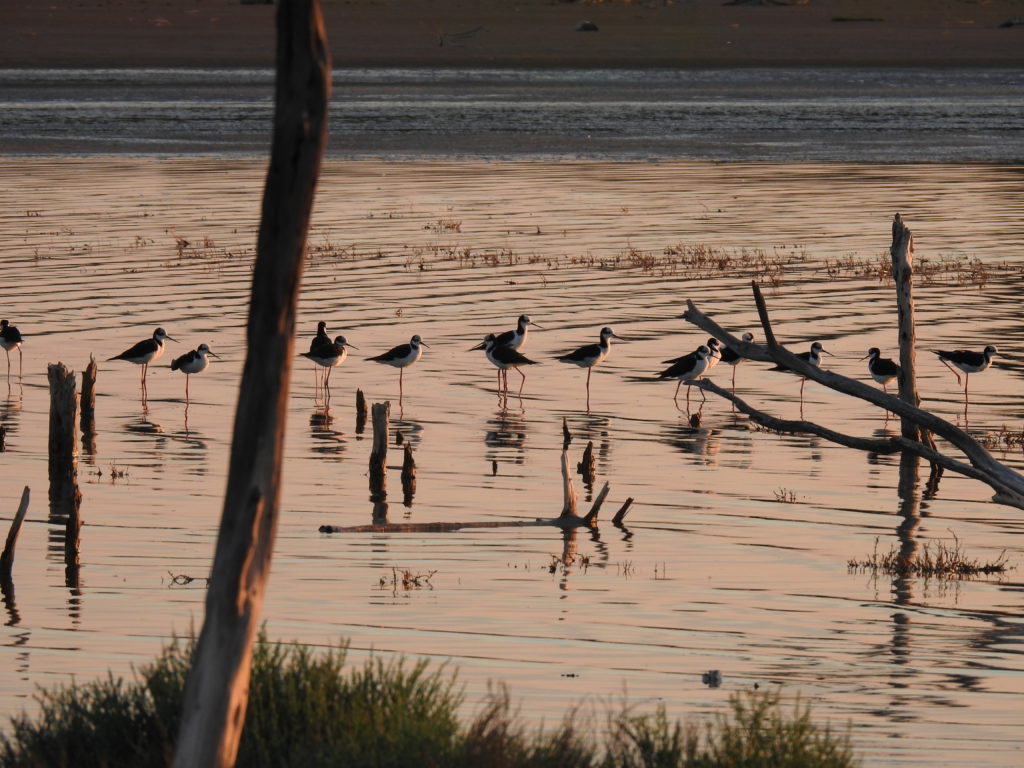
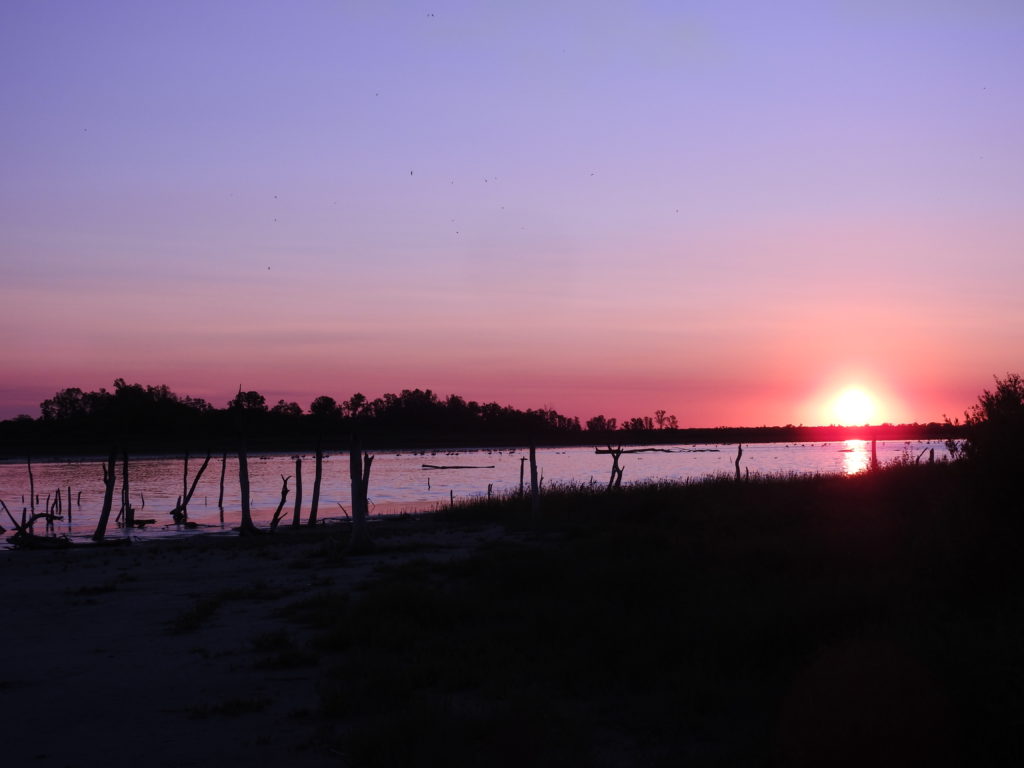
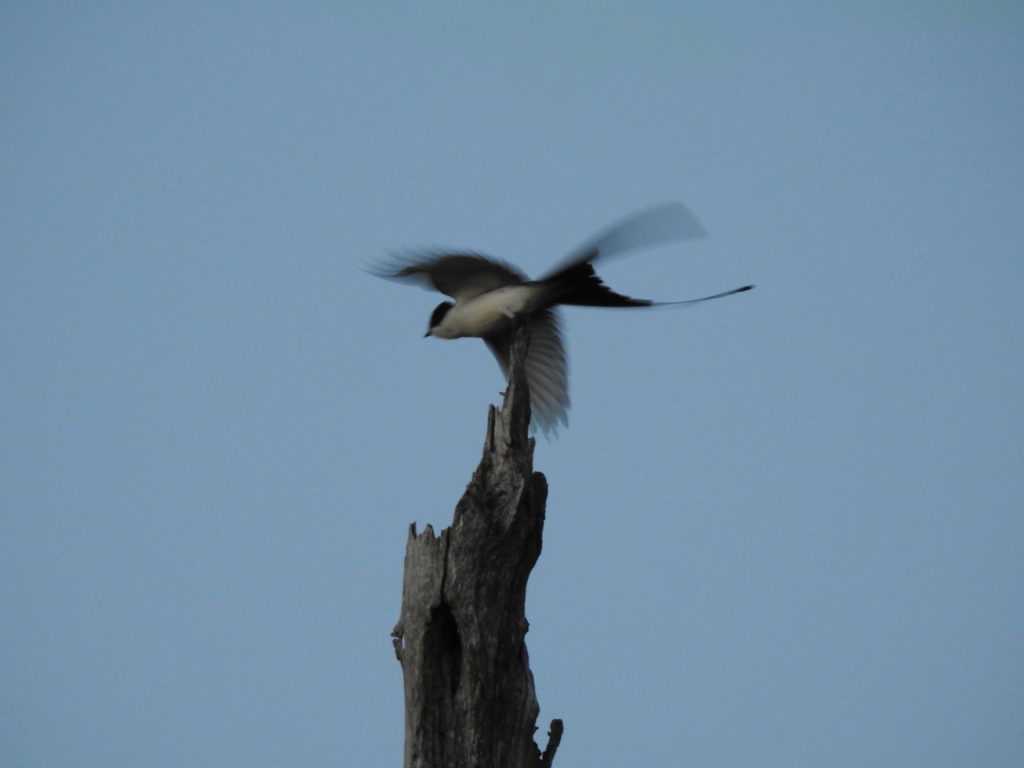
Fork-tailed Flycatcher in flight 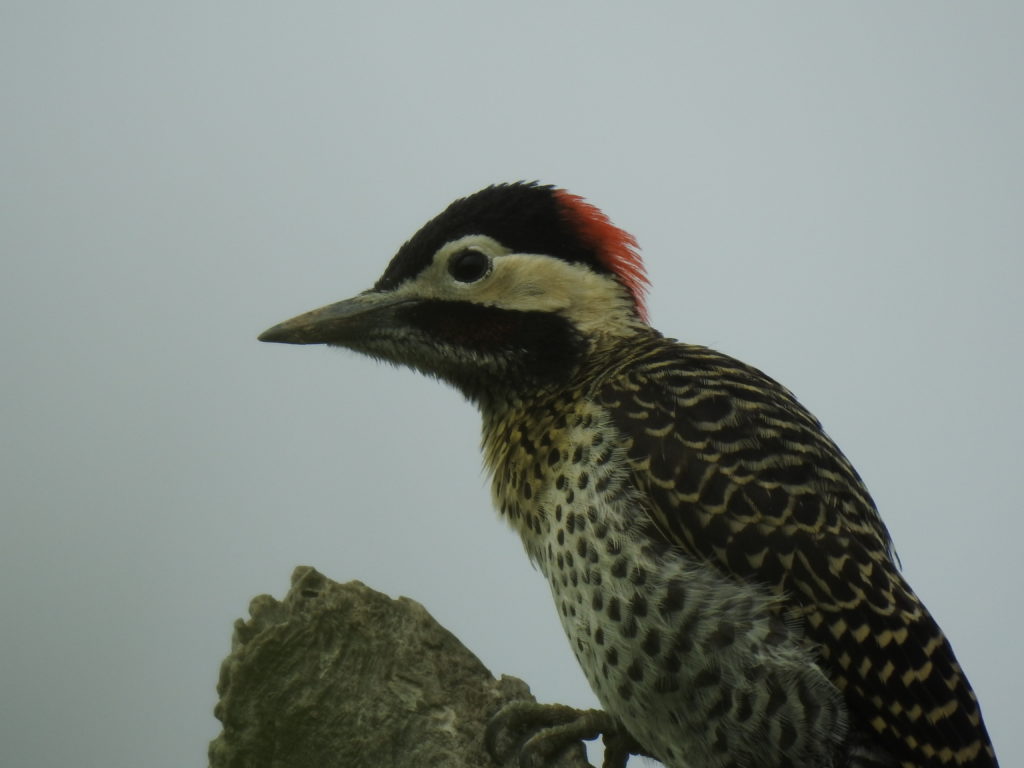
Green-barred Woodpecker
Indio drove us back to Cordoba and we settled in to the Windsor Tower & Hotel in the central part of town. We enjoyed exploring the city over the next few days. Founded by the Jesuits in 1573, it was a major capital of Spanish colonial America. So the Jesuit Block in the center of Cordoba holds amazing historical and architectural treasures. Gary taught at the Catholic University, and we benefited from his recommendations on the hotel, things to see and places to eat.

Courtyard of St. Francis of Assisi church & school, from our hotel room window 
El Ruido on the Plaza de San Martin 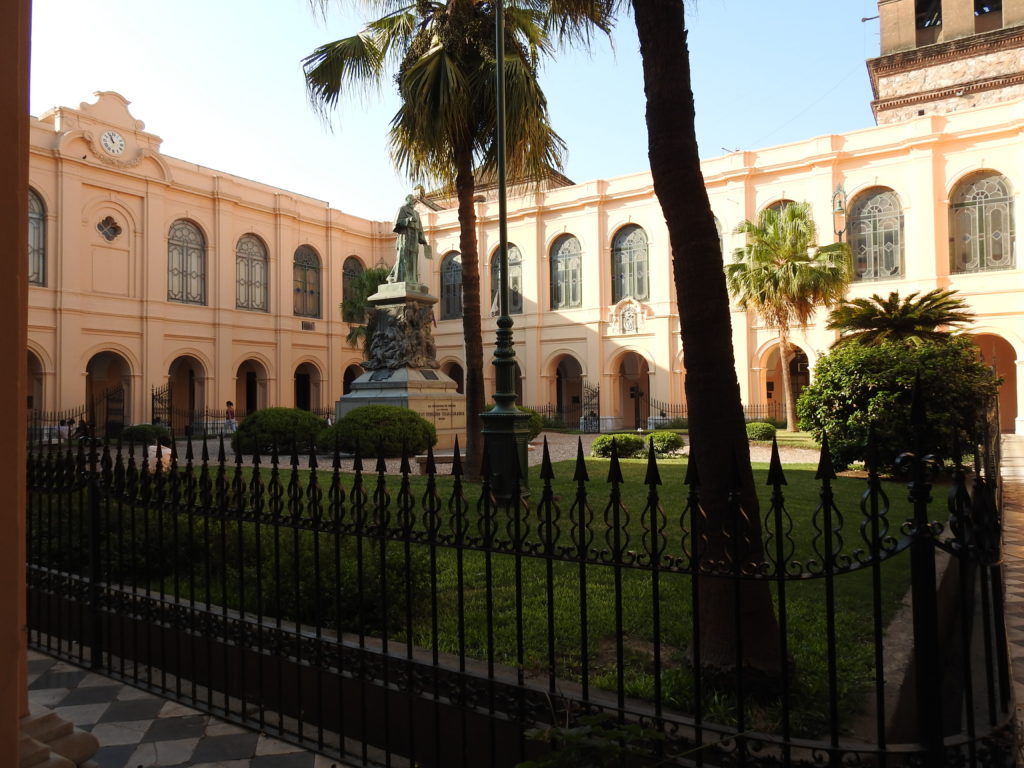
Courtyard in the Jesuit Block 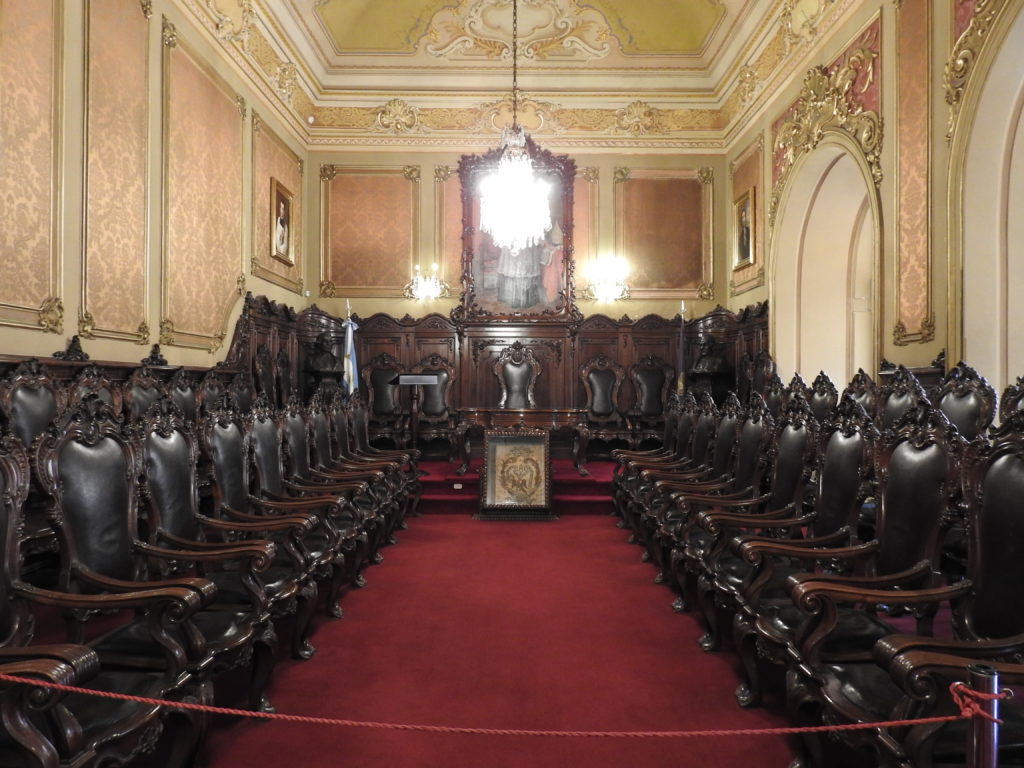
Chairs for the doctoral committee 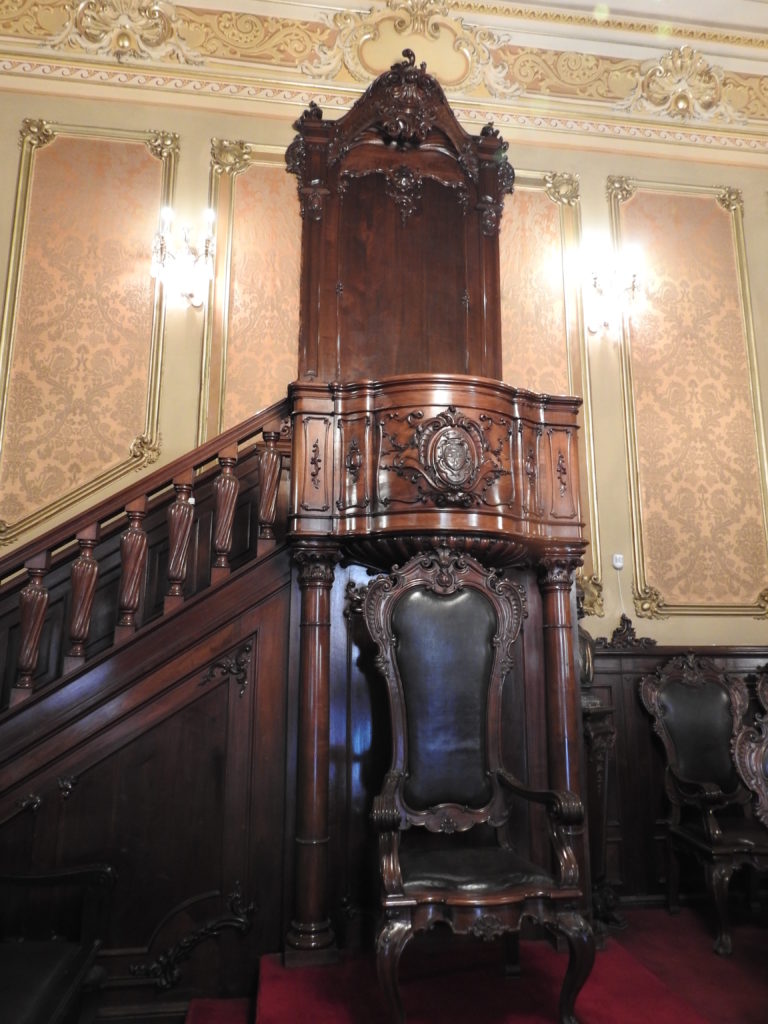
If you were a doctorate candidate, you’d stand up here and defend yourself to the committee. 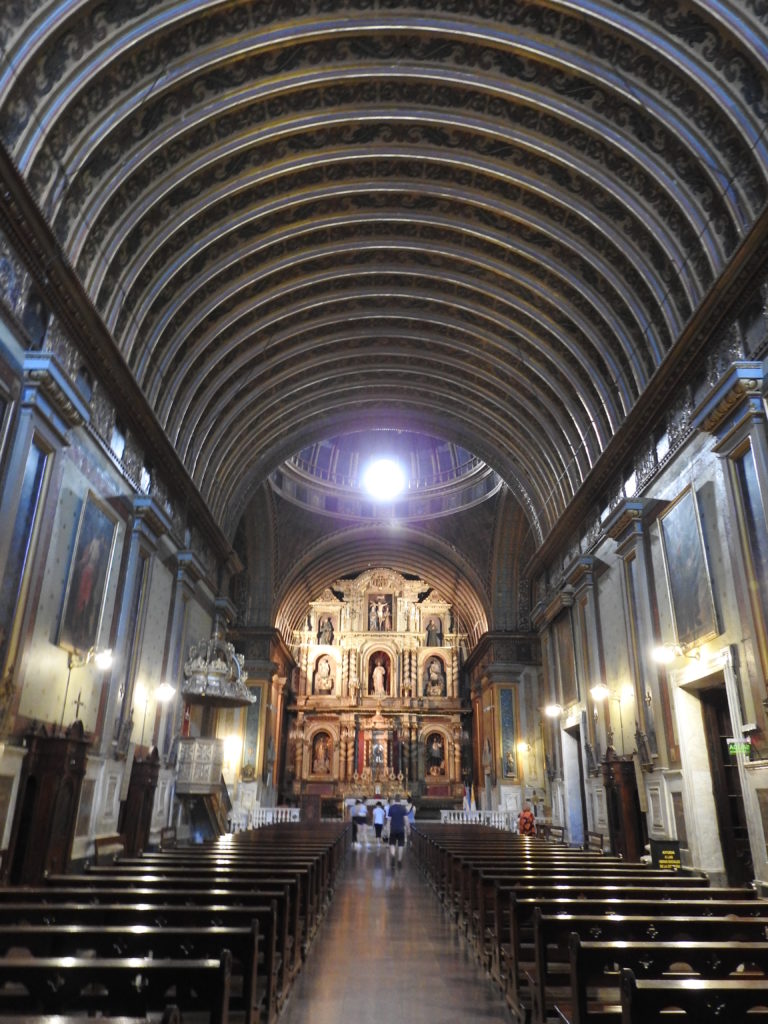
Church of the Company of Jesus (Jesuits) 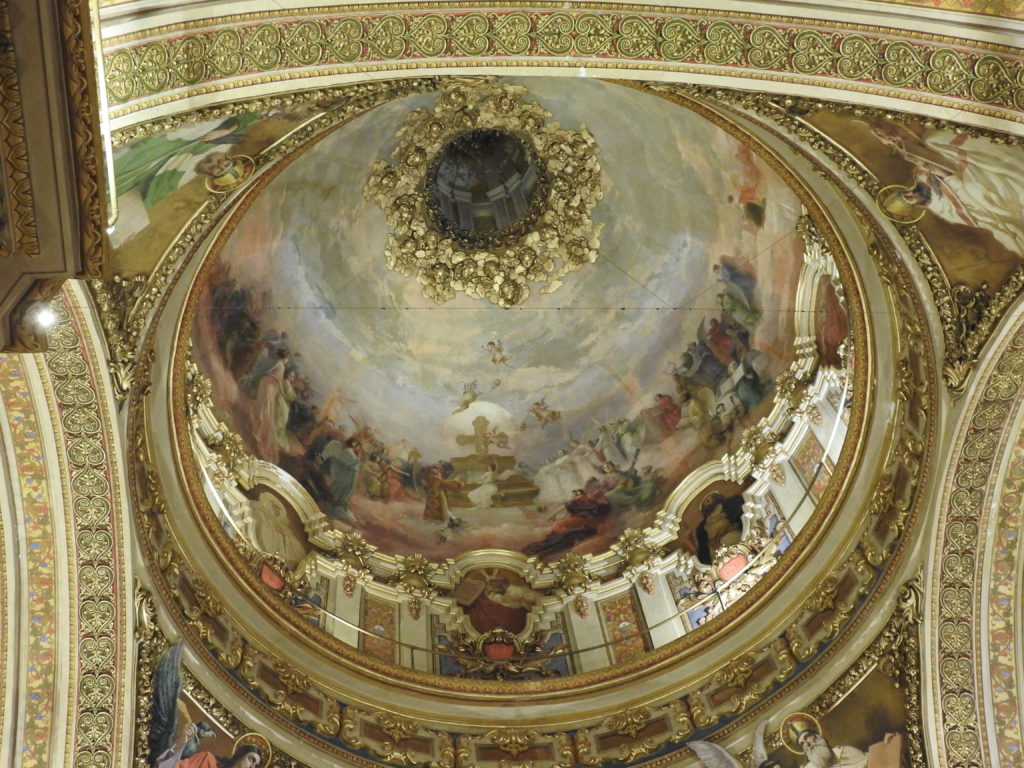
Dome of the Cordoba Cathedral 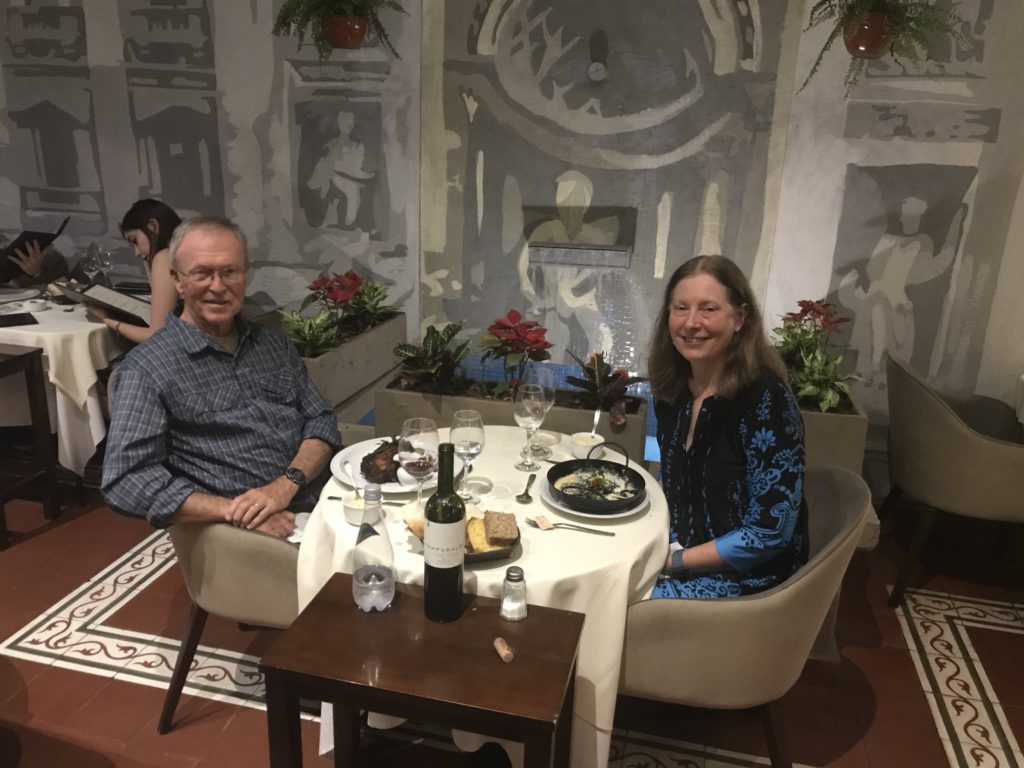
Restaurante San Pietro — excellent! Thanks for the recommendation, Gary! 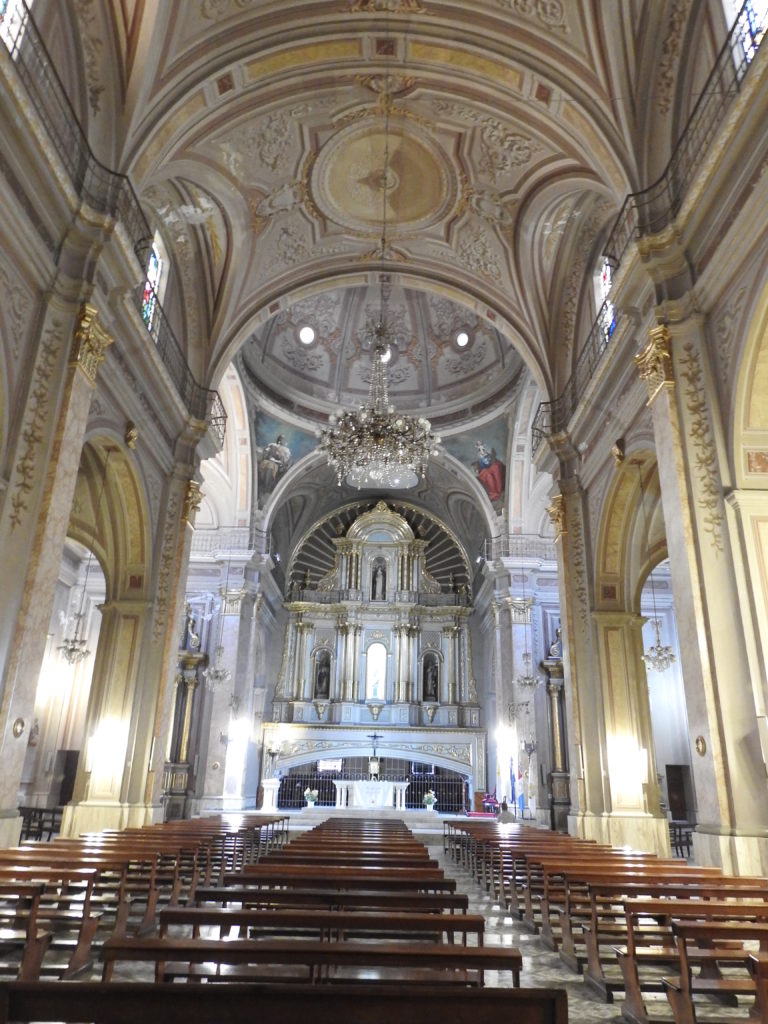
Santa Catalina de Siena Monastery 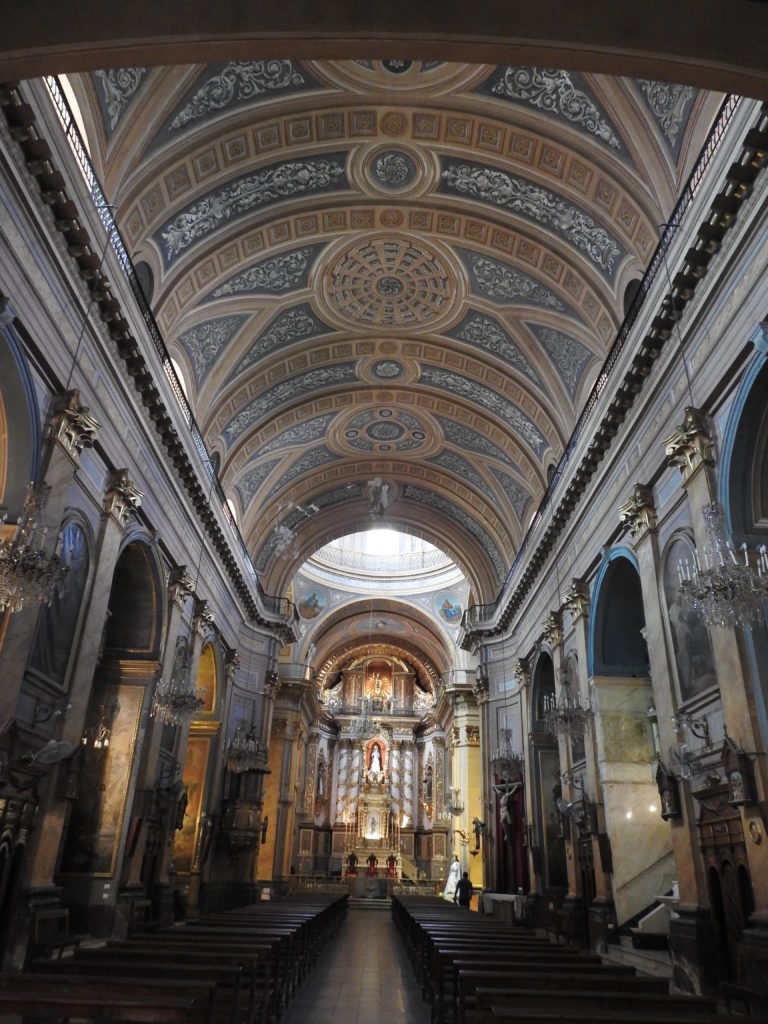
San Francisco Church 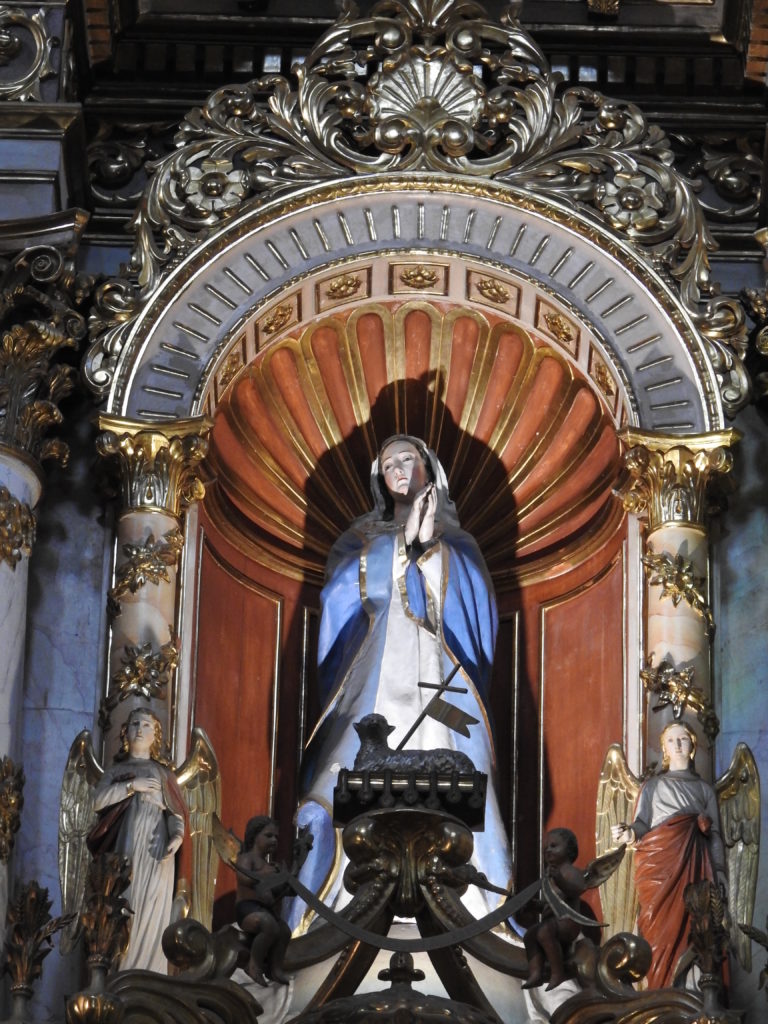
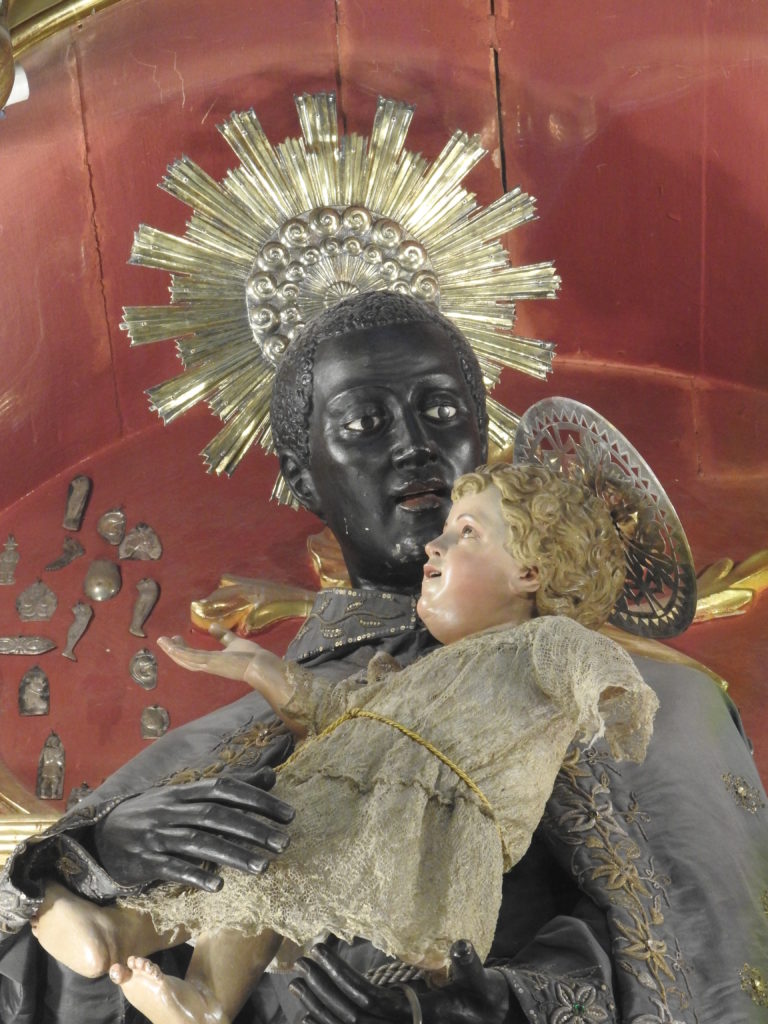
We left Cordoba and flew to Buenos Aires, where we stayed again at the Feirs Park Hotel in the Retiro neighborhood. We were glad to have another tour with Lu Costa and her driver George. This time we visited the Palermo and San Telmo neighborhoods. Among the highlights were the murals in Palermo Soho (see our story on art) and the huge San Telmo market, with antiques, food, crafts, tango and more.
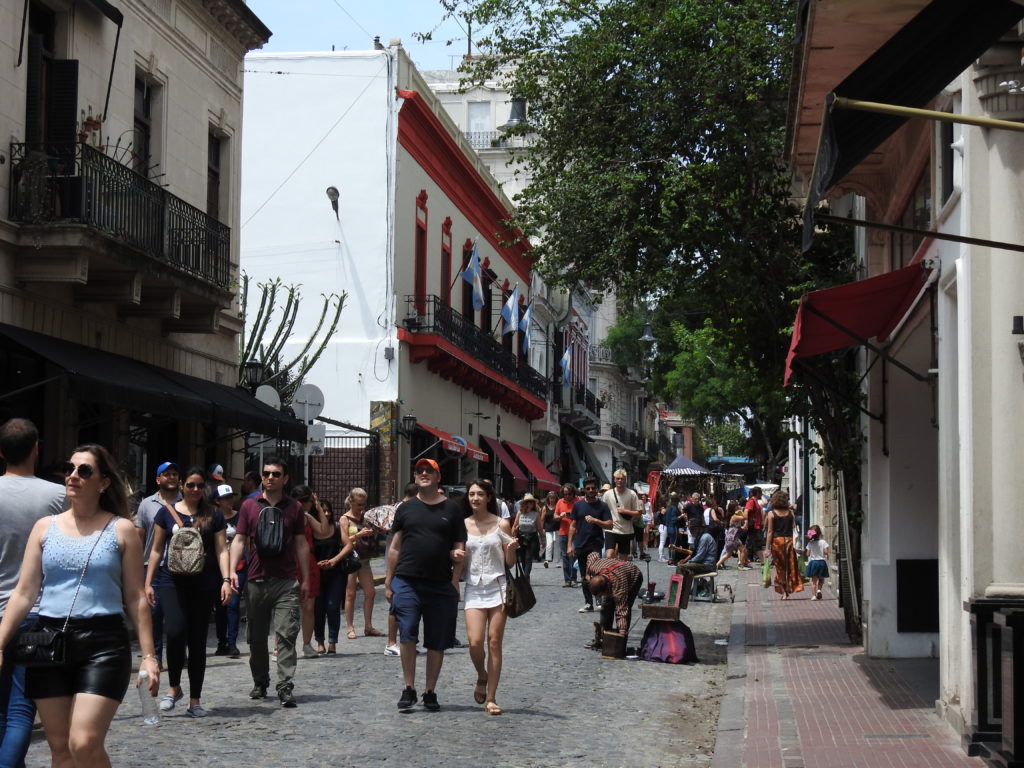
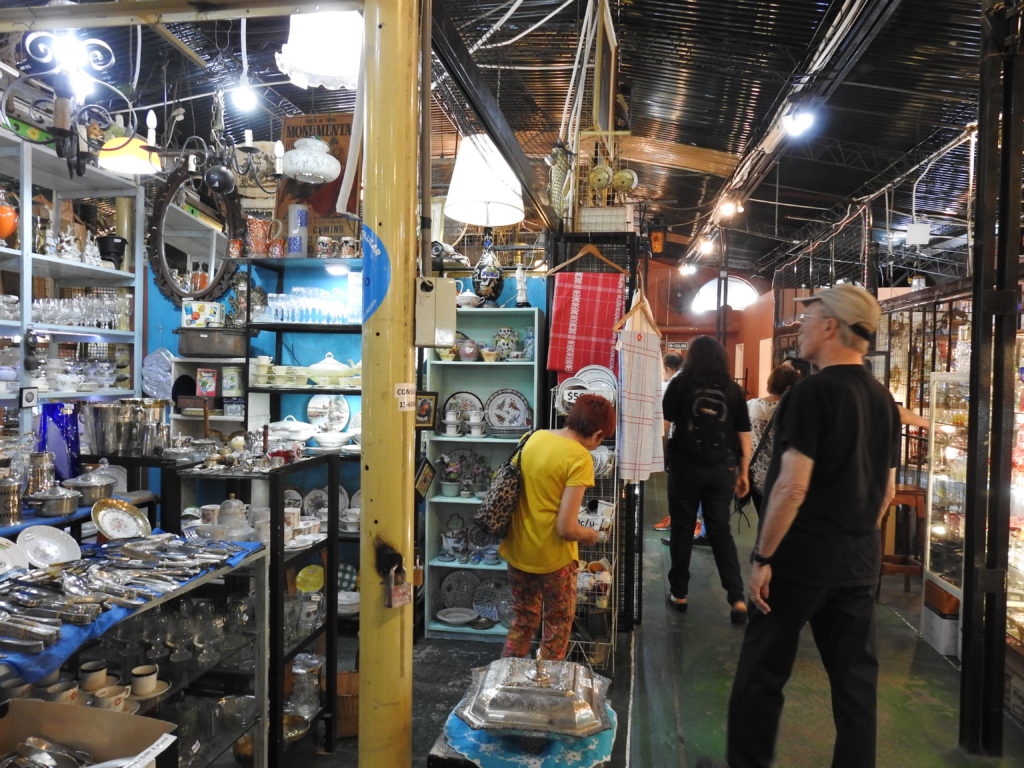
San Telmo Market 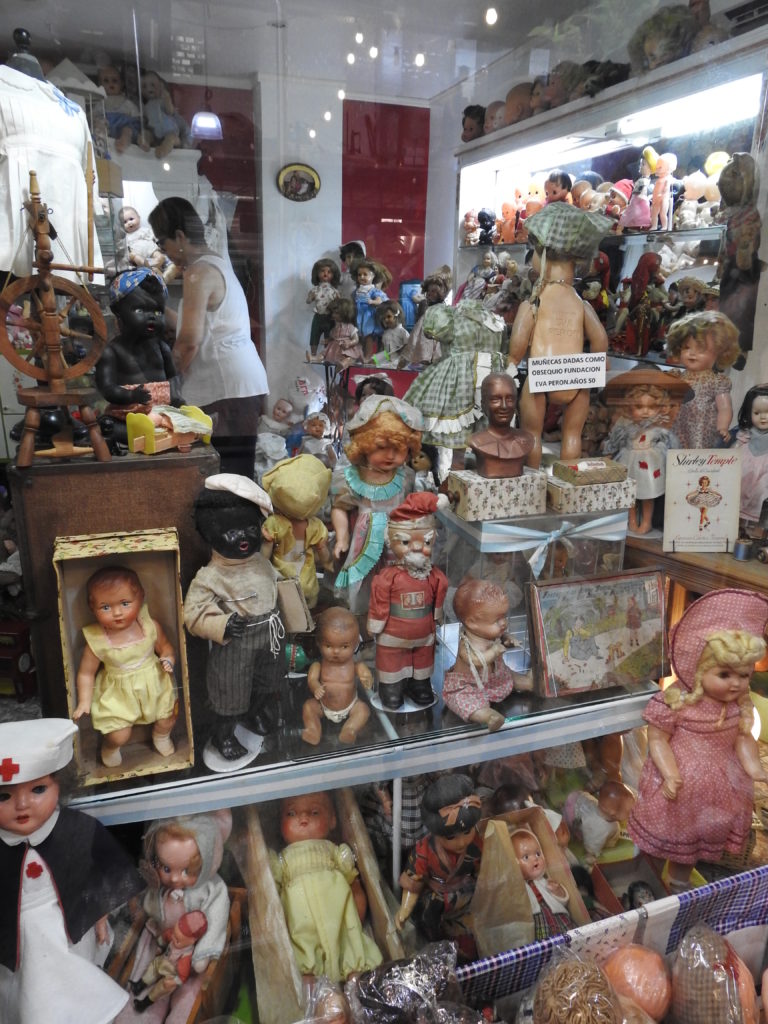
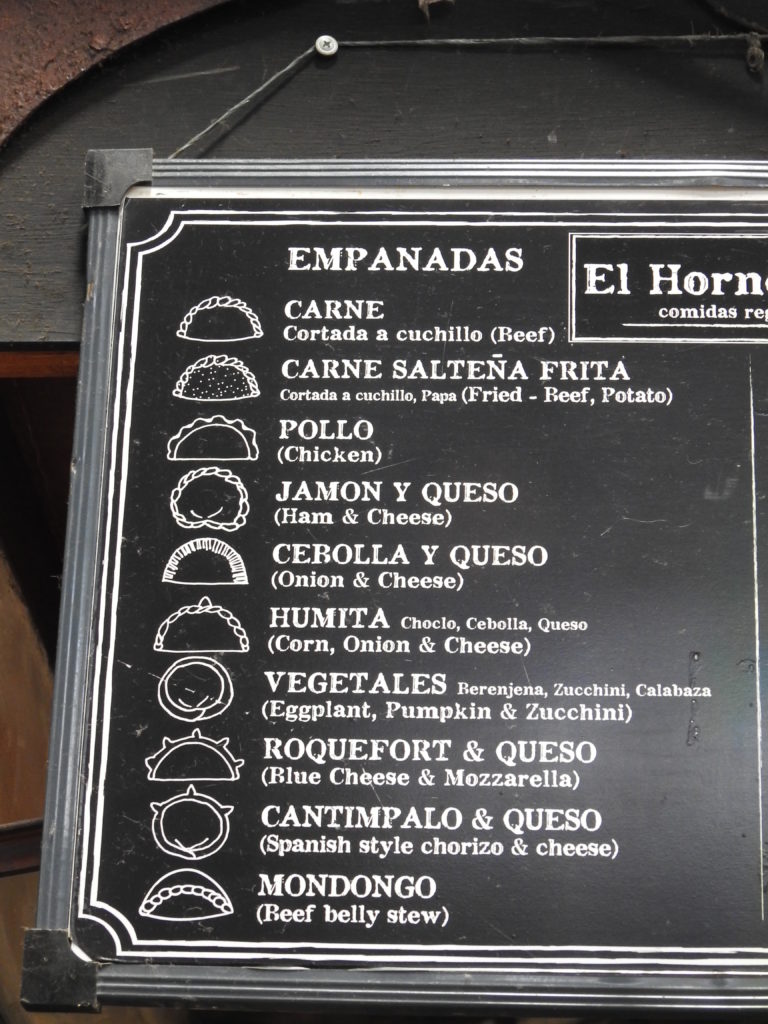
The shape and crimping tell you what’s in the empanada 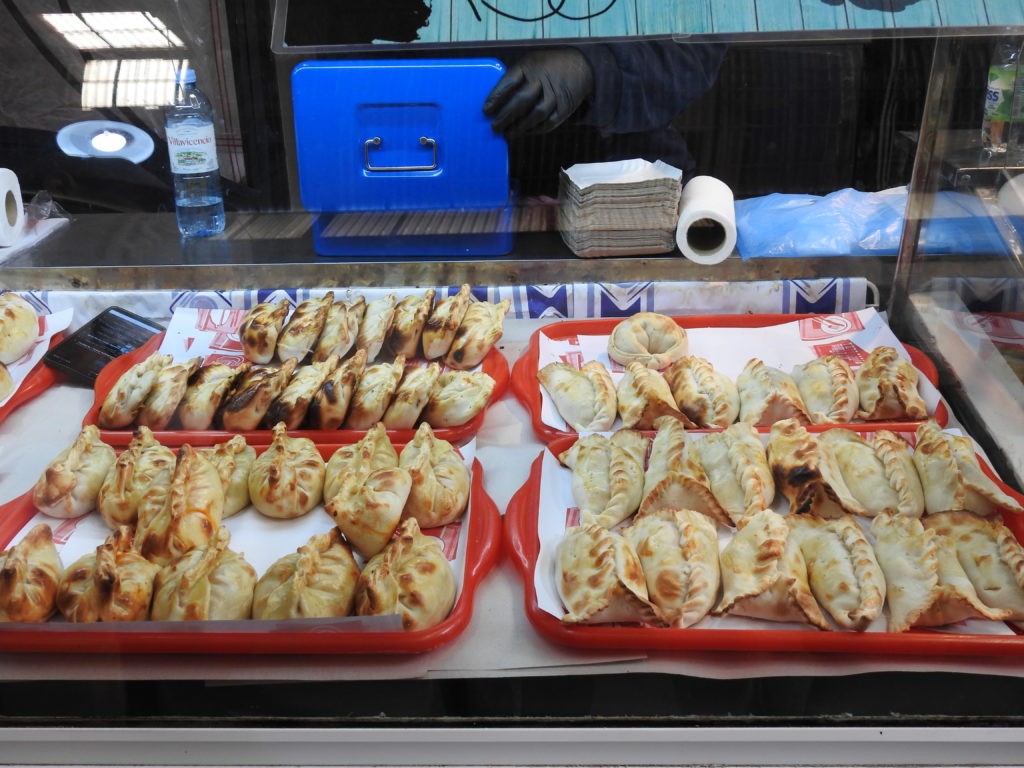
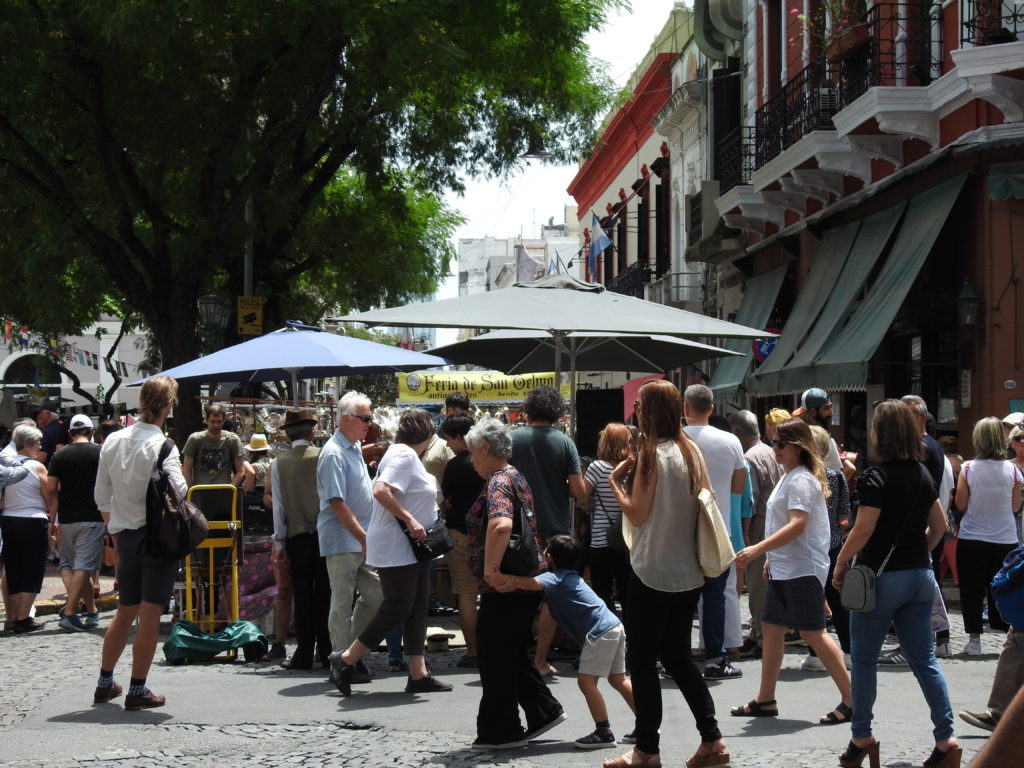
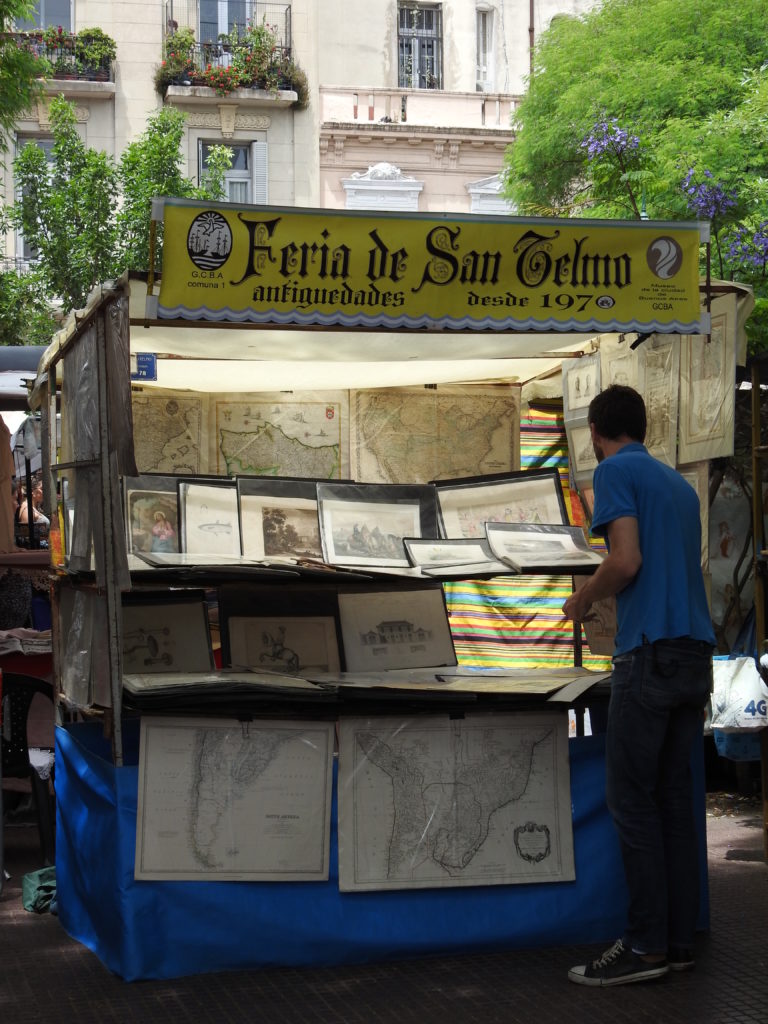
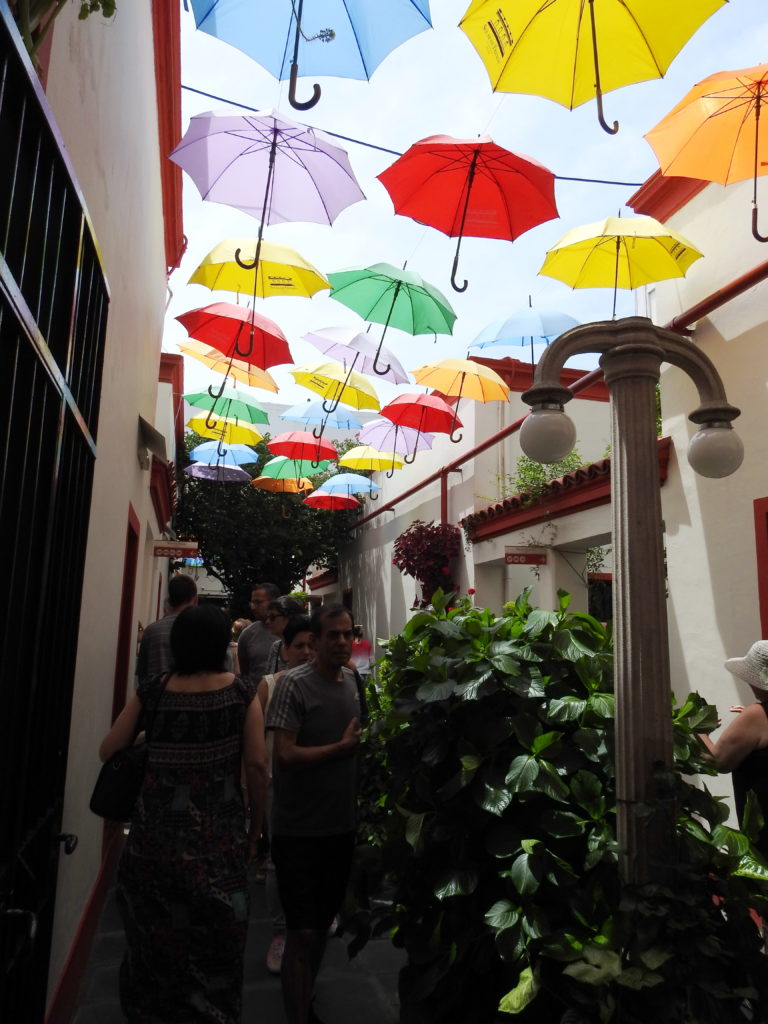
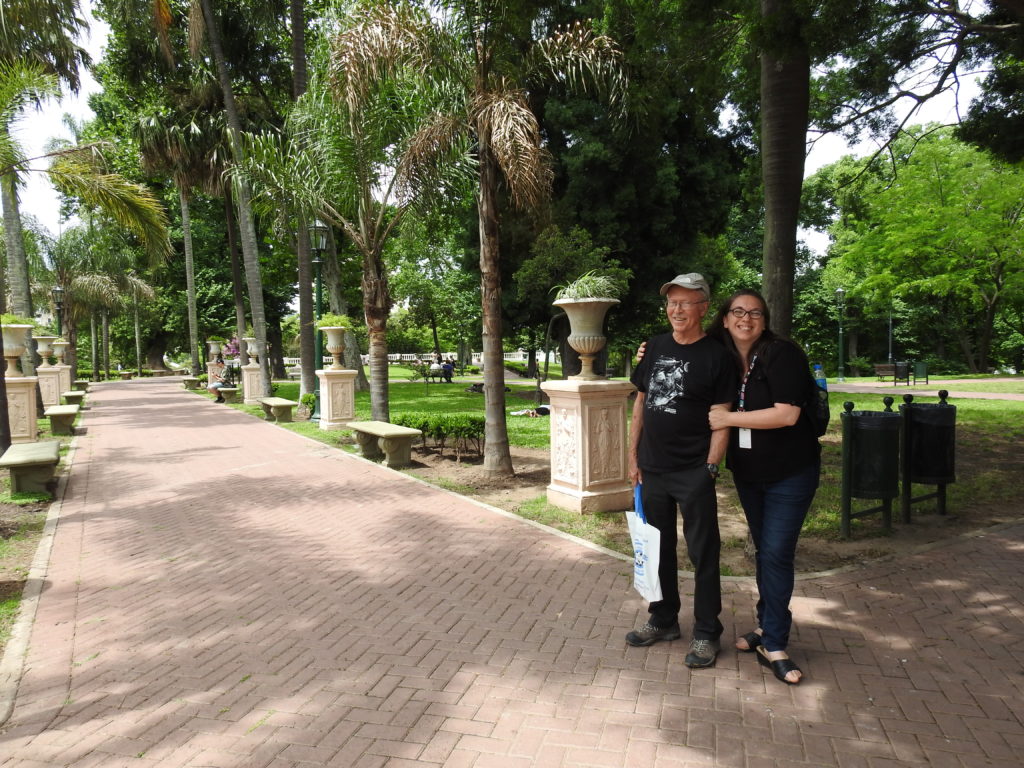
Terry & Lu 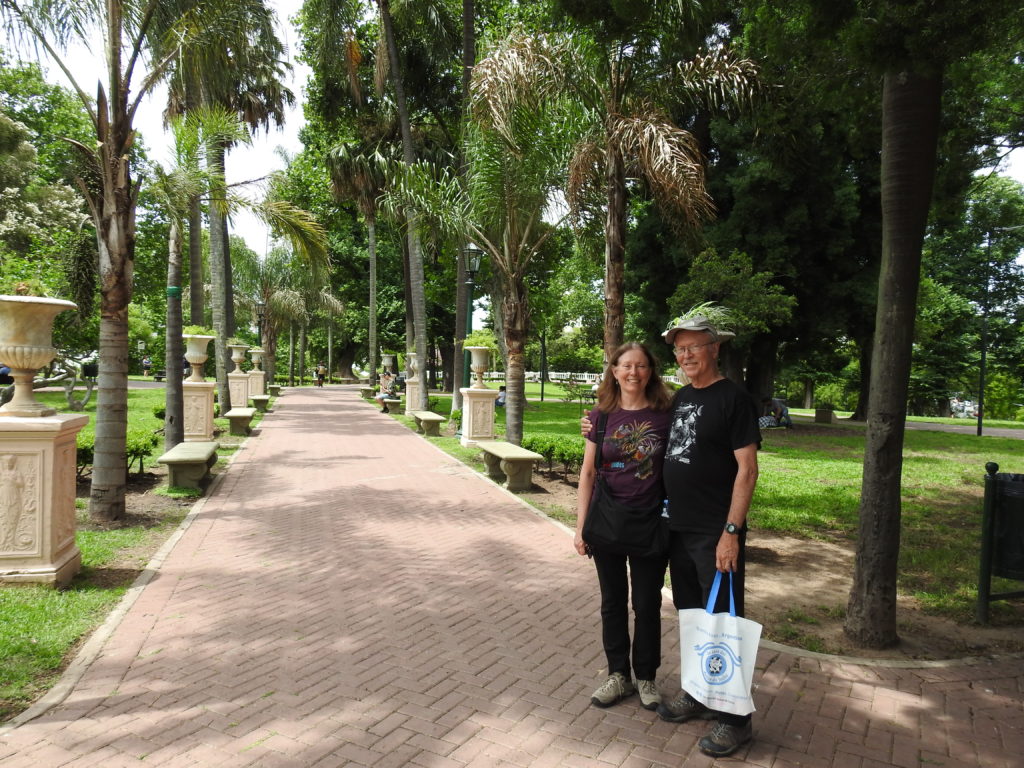
At Plaza Lezama
The next day, we walked around the Retiro neighborhood. Having seen the ‘Monumental Tower’ (called the English Tower before the Falklands war) last time, we found it was open and decided to go up to the top. We got great views of the city and chatted with a British couple. Then, when we were ready to go down, we all discovered that the elevator was broken! After many flights of steep emergency stairs, we got back down again.
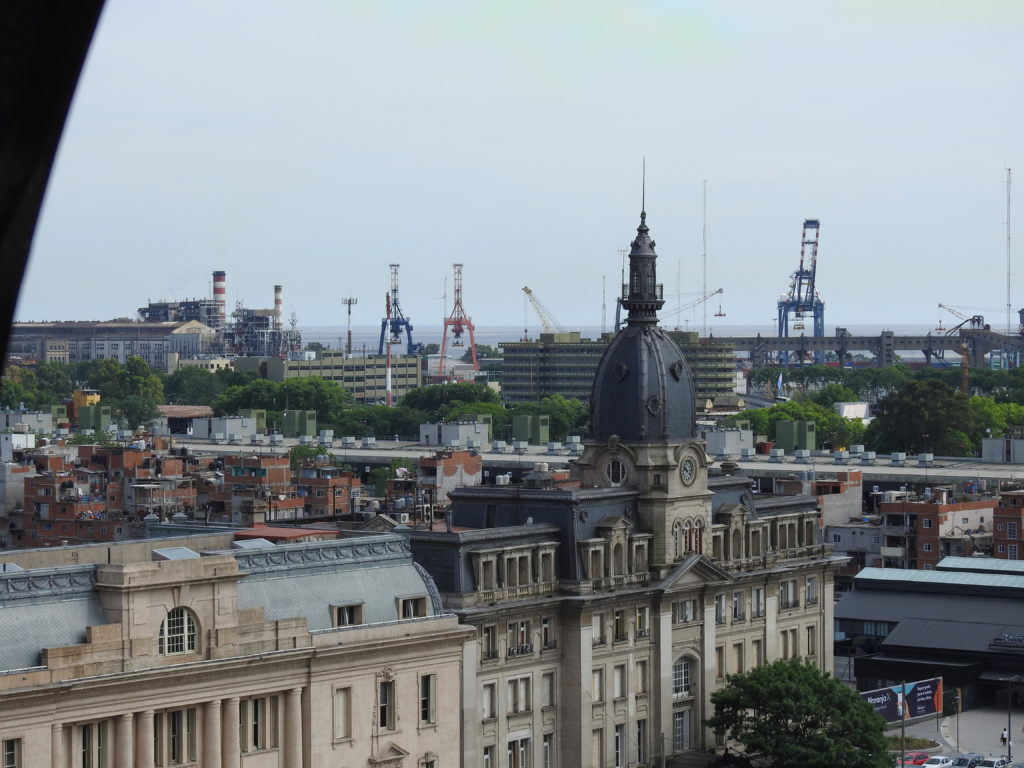
Views from the Tower 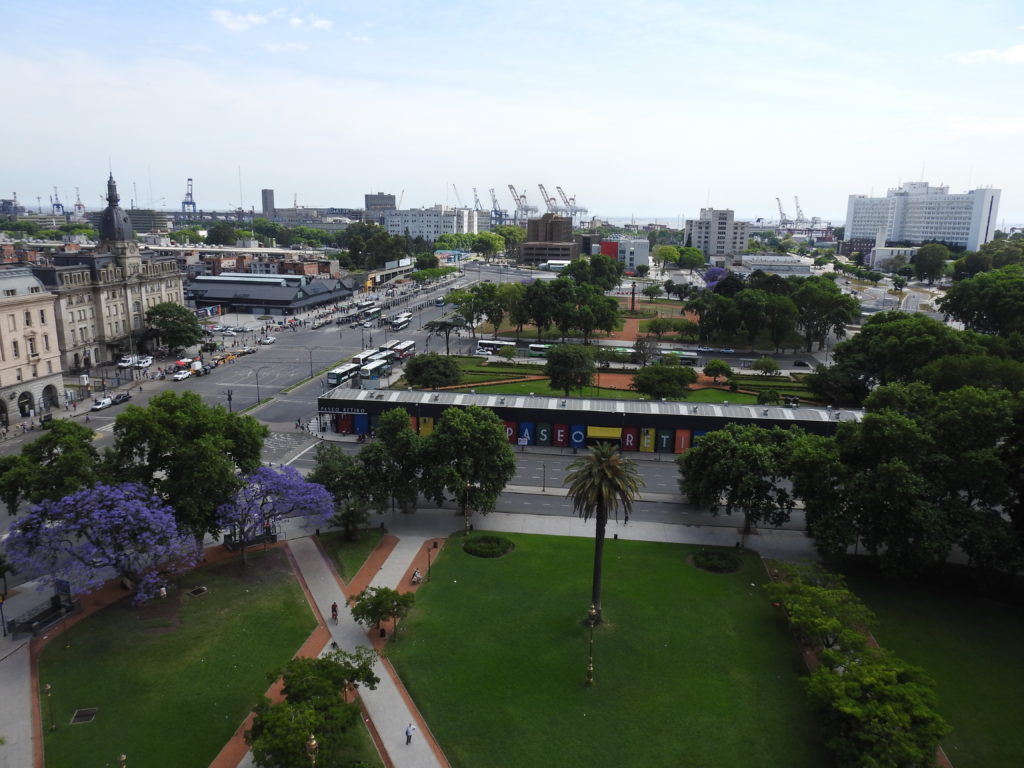
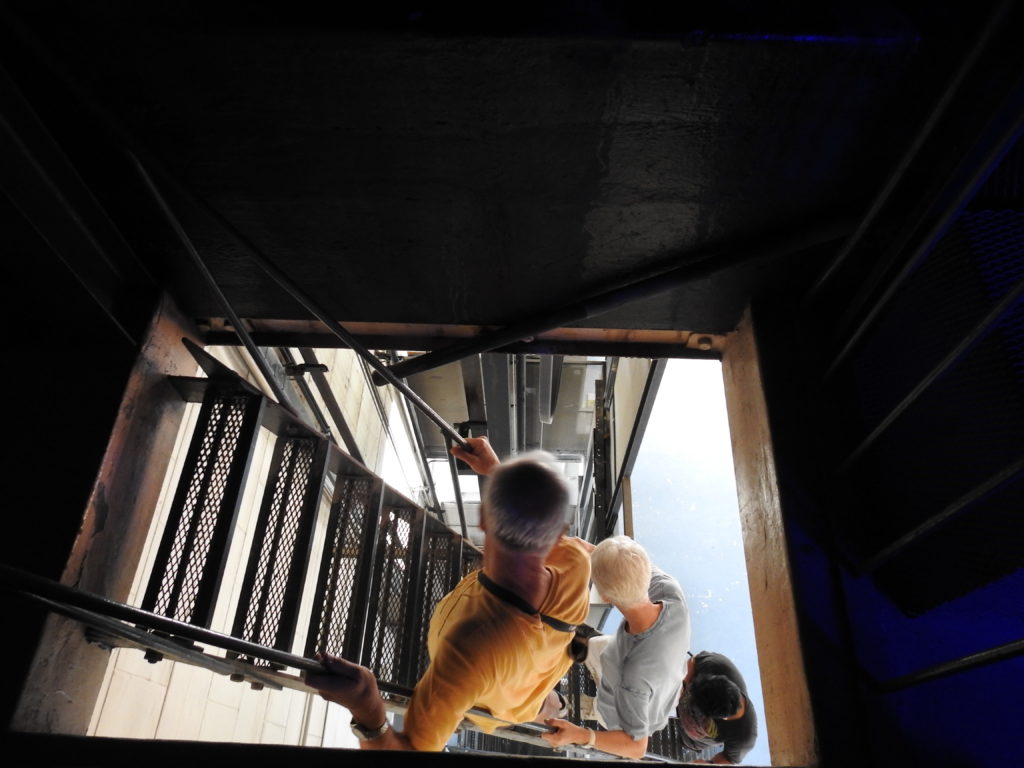
Emergency stairs 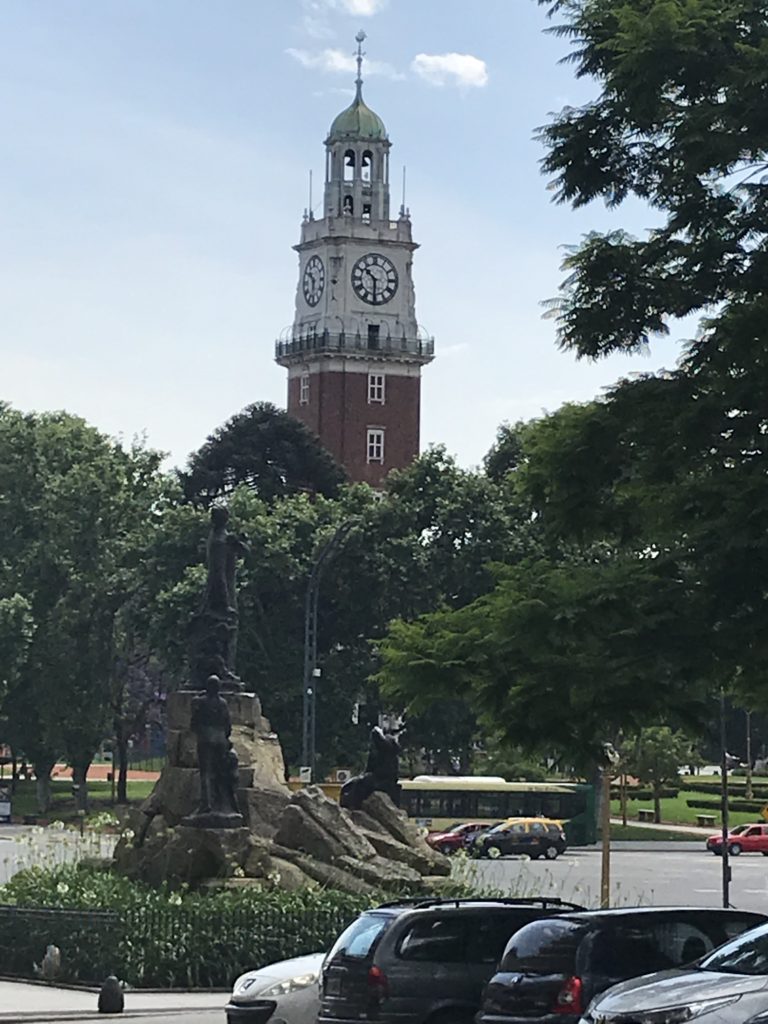
Torre Monumental
After two nights at Feirs Park, we moved to the Alvear Palace Hotel in the Recoleta neighborhood. It’s another lovely city hotel, opened in 1932; we’d enjoyed the bar when we were here last year. We walked a lot here too and enjoyed lots of great food and wine. Among the restaurant highlights were Sanjuanino, which specializes in empanadas — with more varieties than you can imagine, and Floreria Atlantico, a ‘hidden bar’ downstairs beneath a flower shop. Last year it was ranked as one of the top 50 bars in the world!

The bar at the Alvear 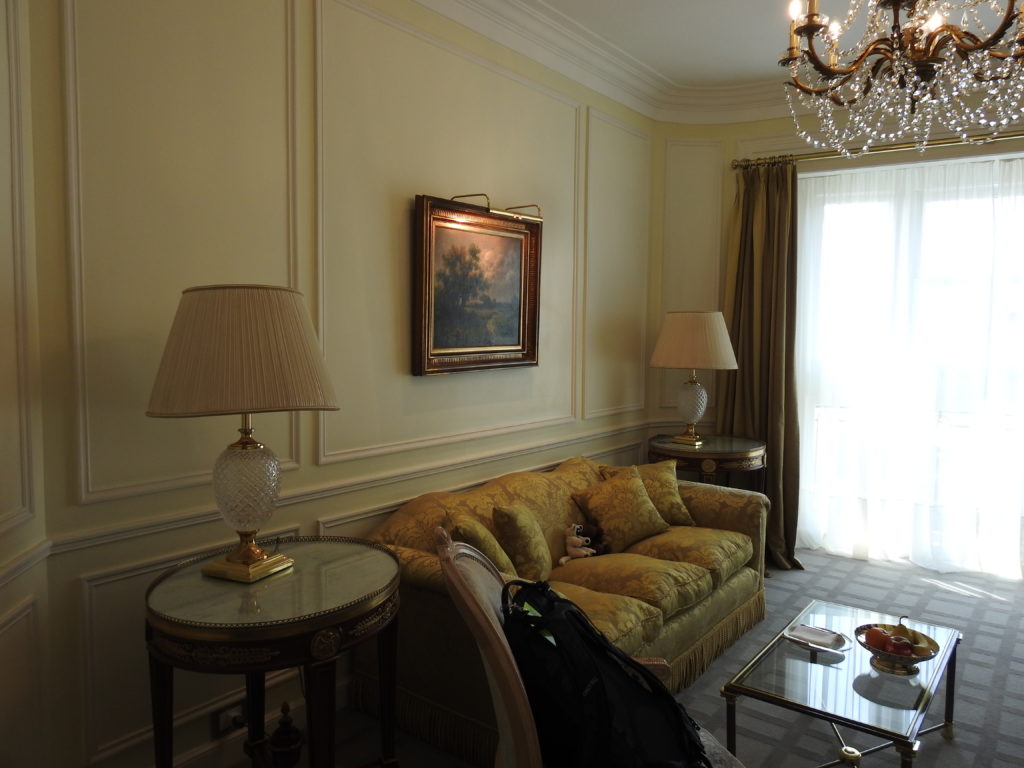
Part of our room 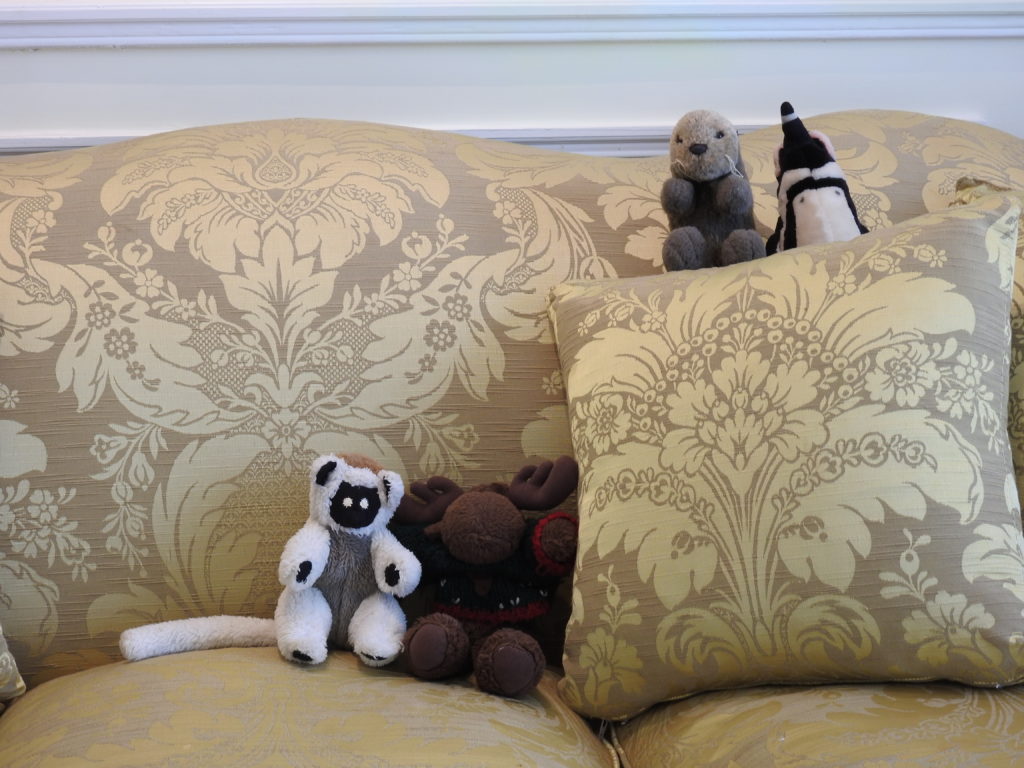
The guys like it here! 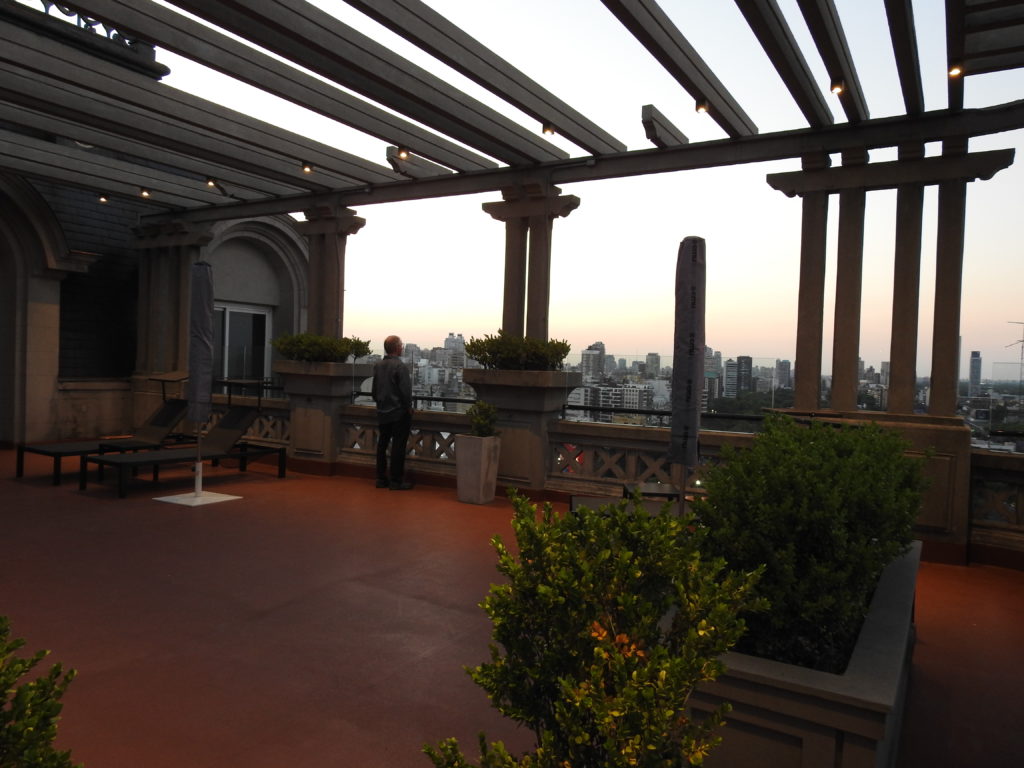
Alvear rooftop terrace 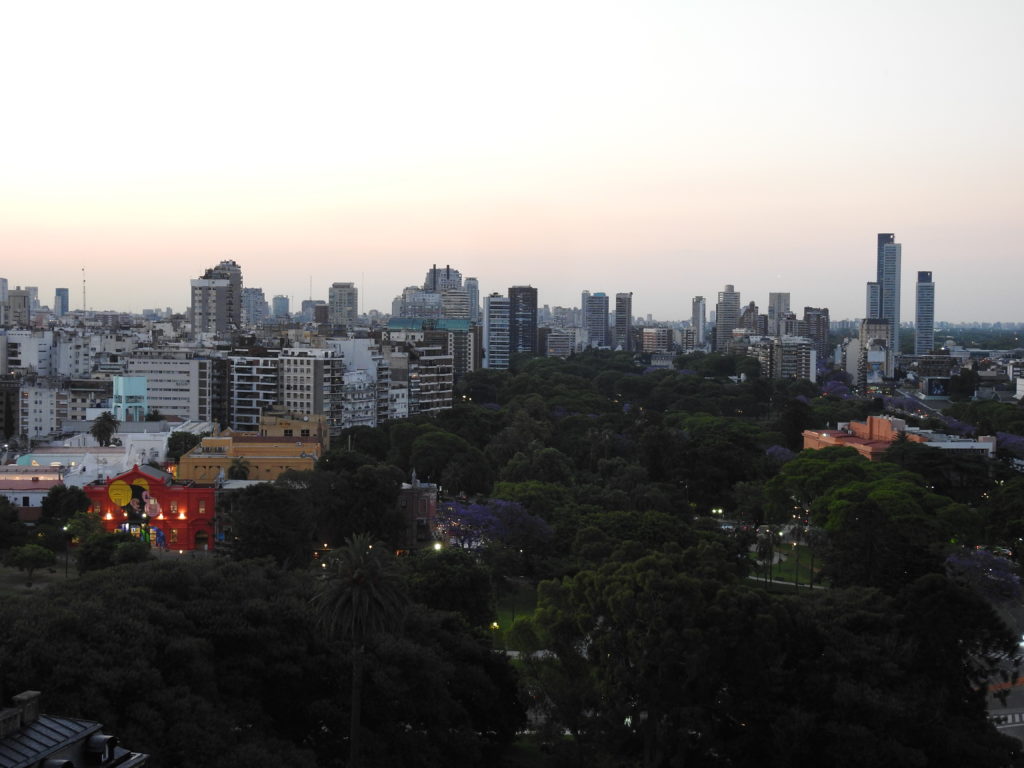
View from the Alvear 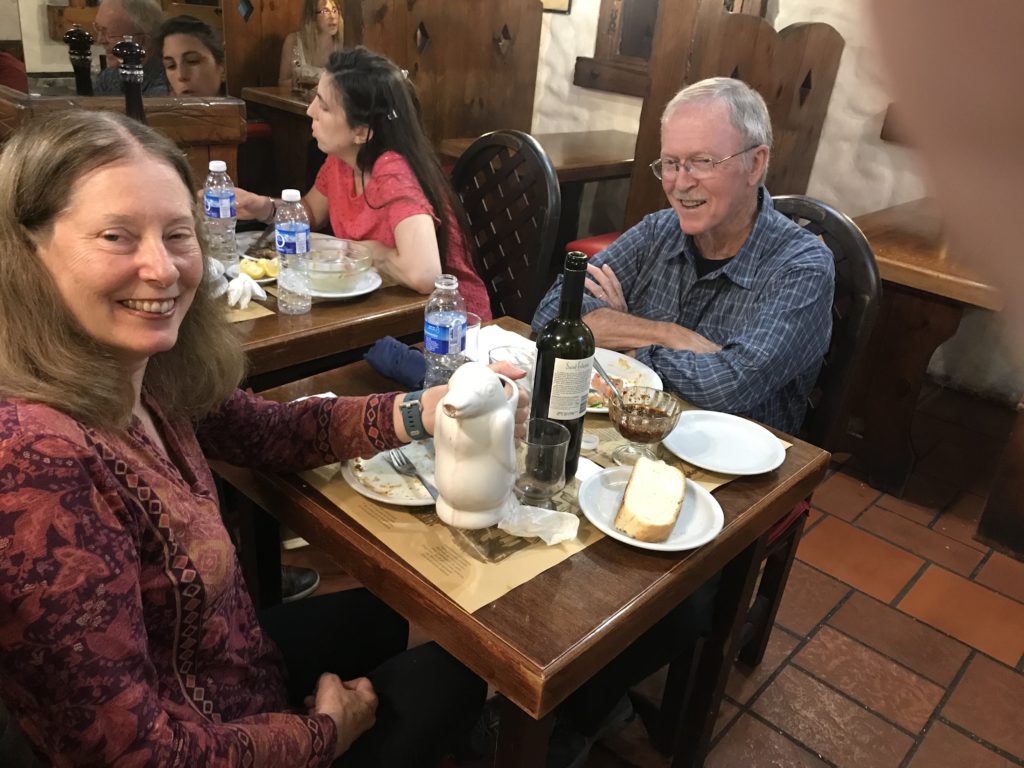
Dinner at Sanjuanino 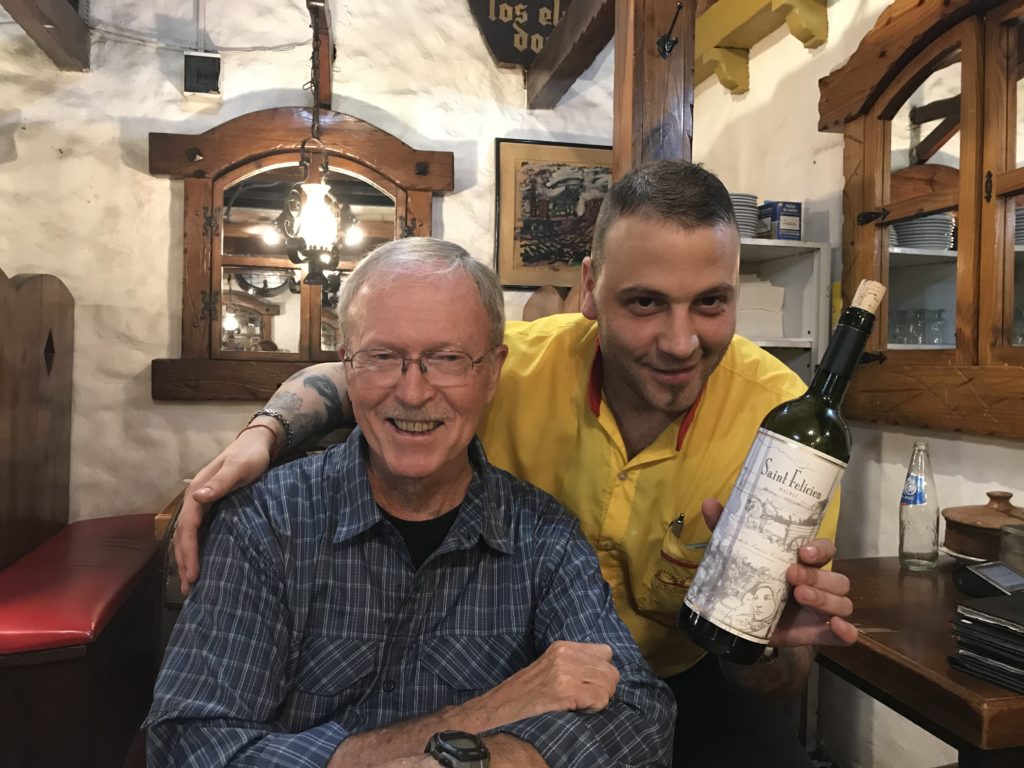
Our waiter at Sanjuanino 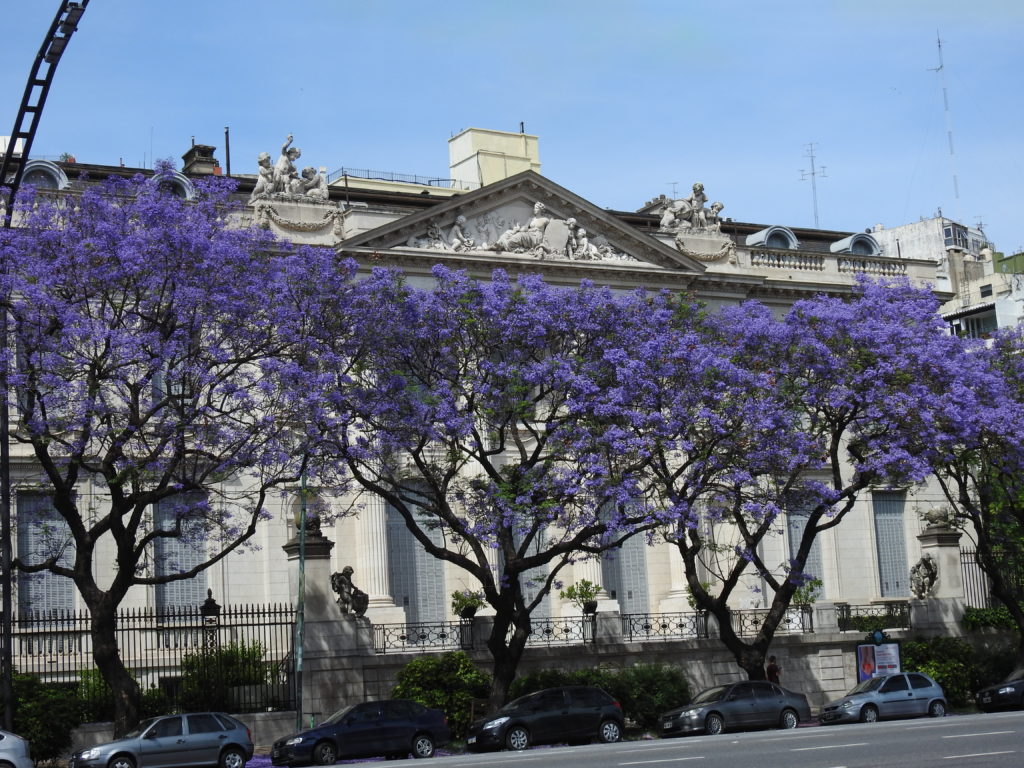
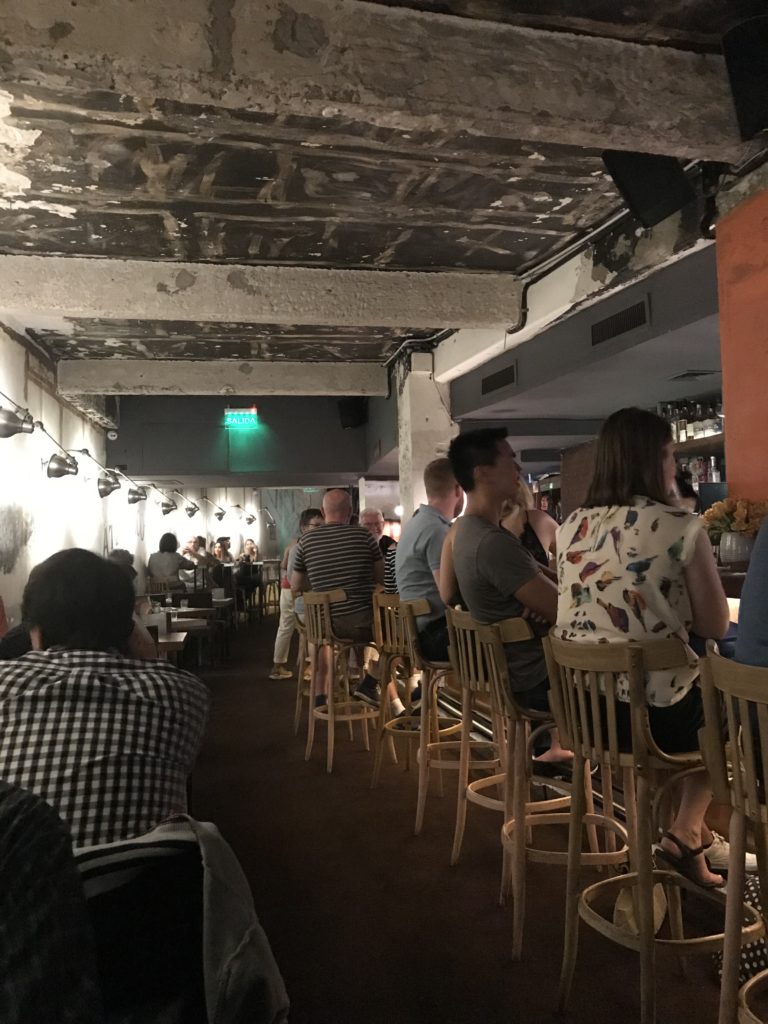
Floreria Atlantico 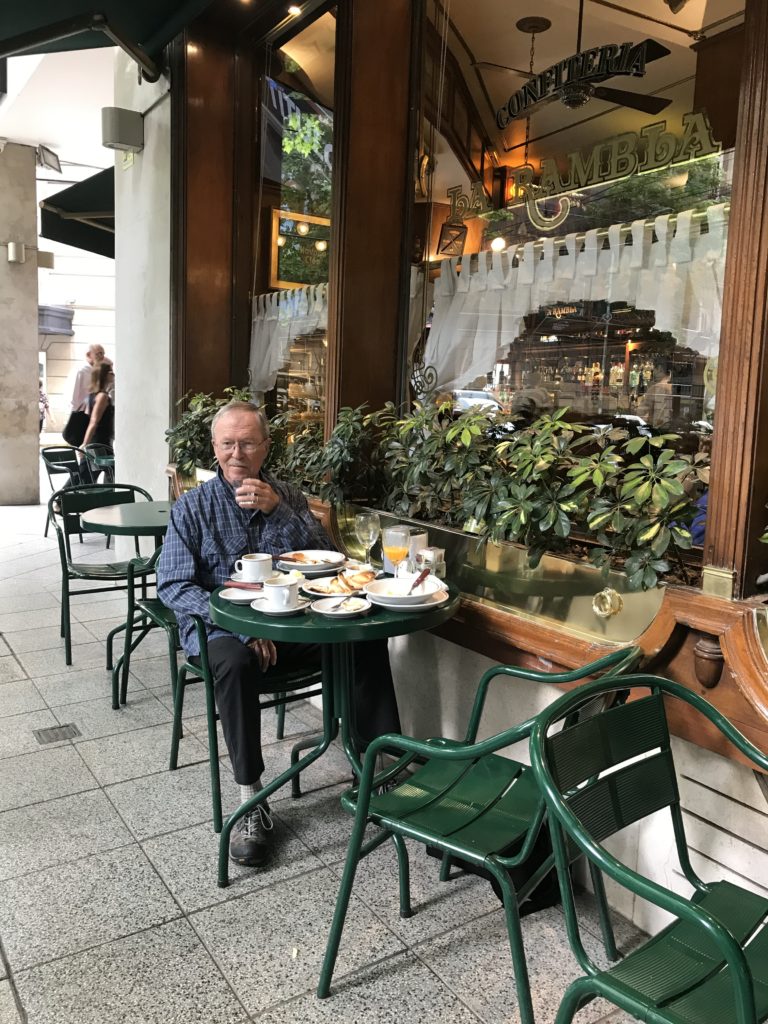
Breakfast at Confiteria La Rambla 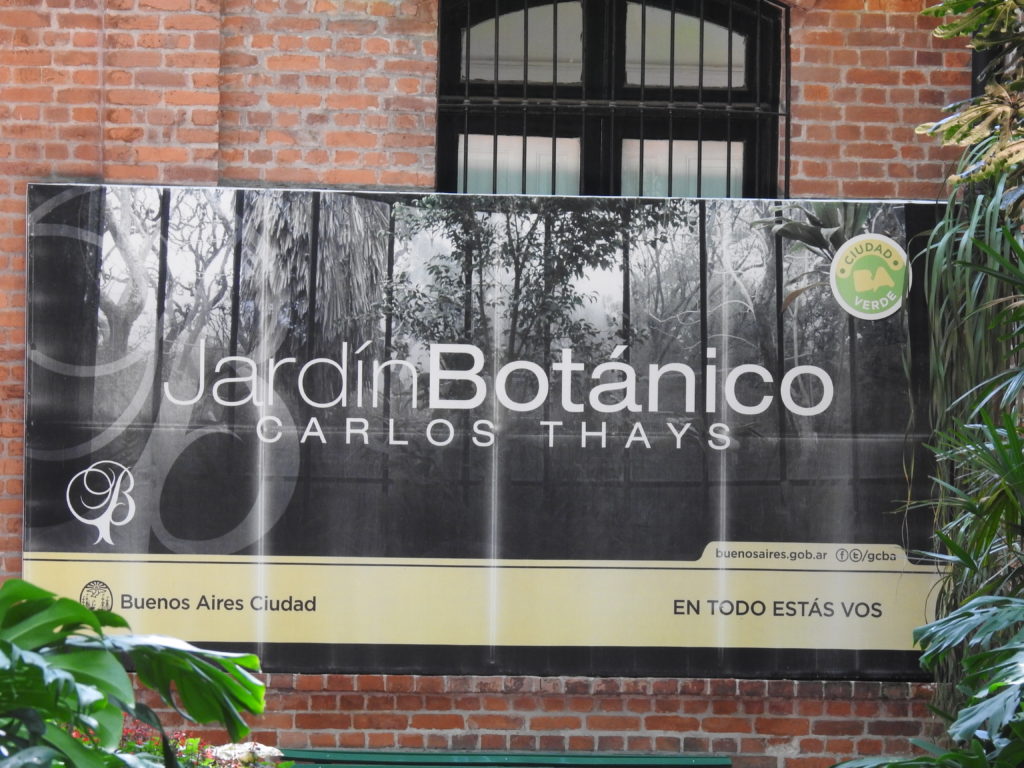
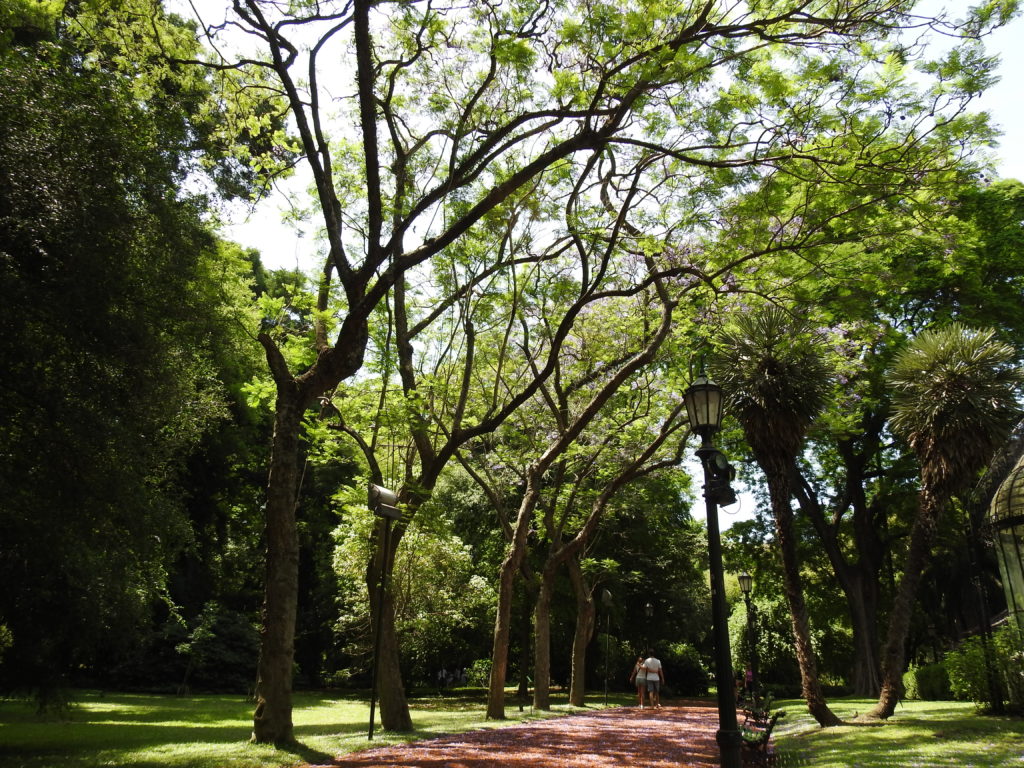
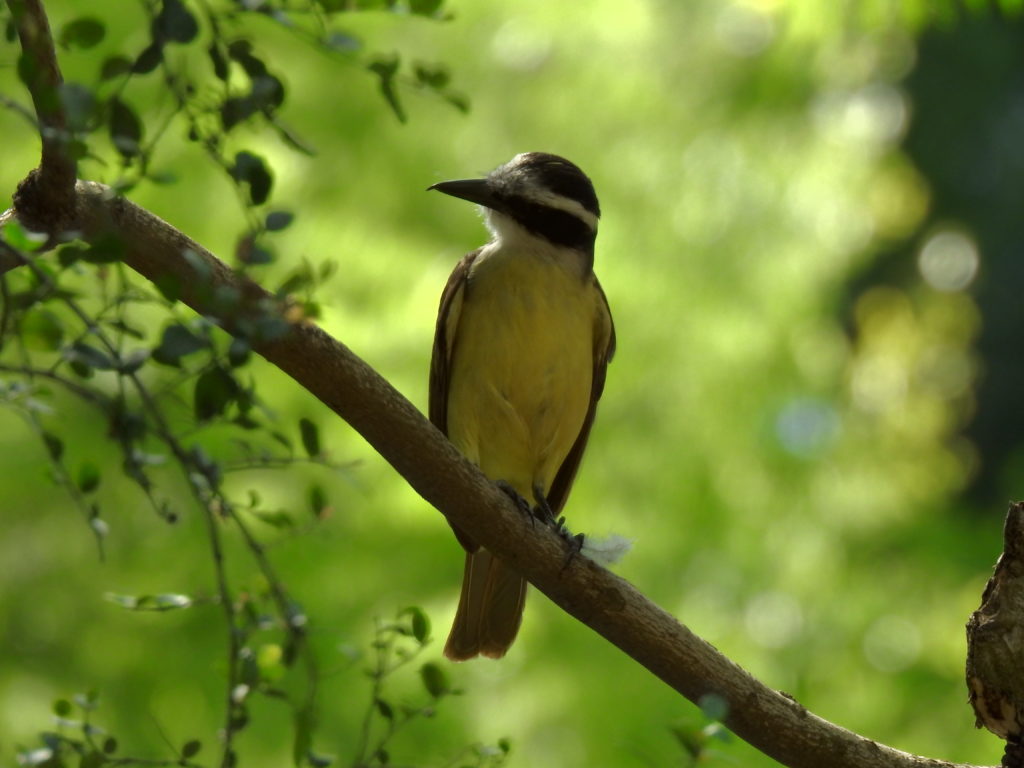
Great Kiskadee in the Botanical Garden 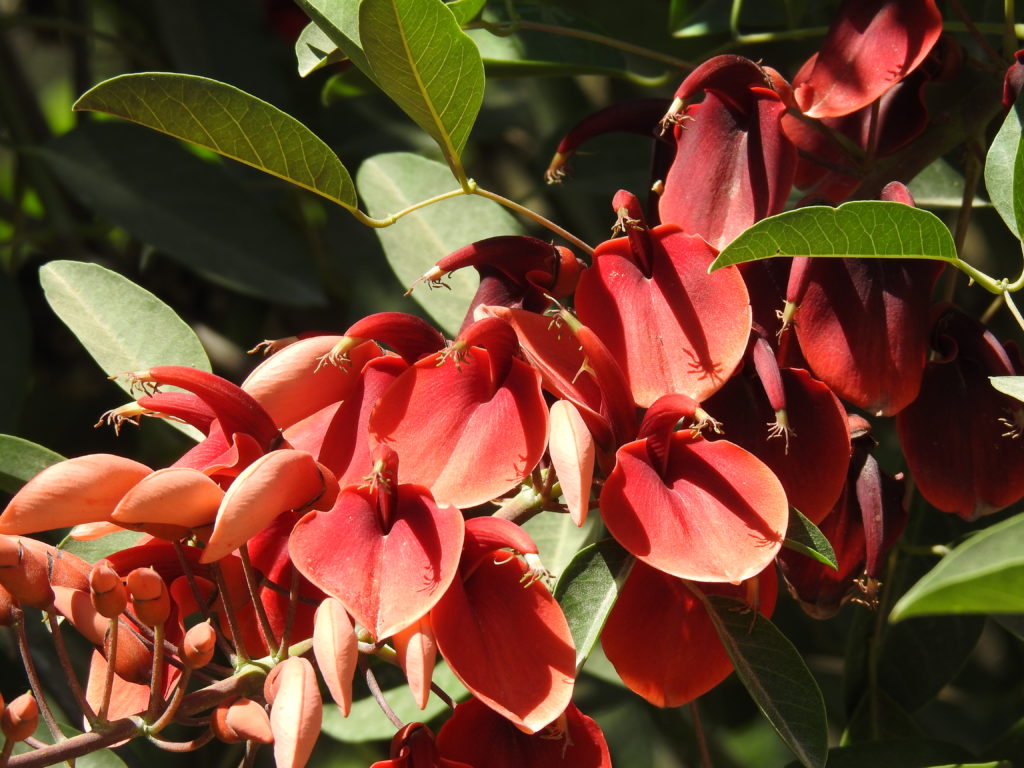
The national tree of Argentina — Cockspur Coral Tree 
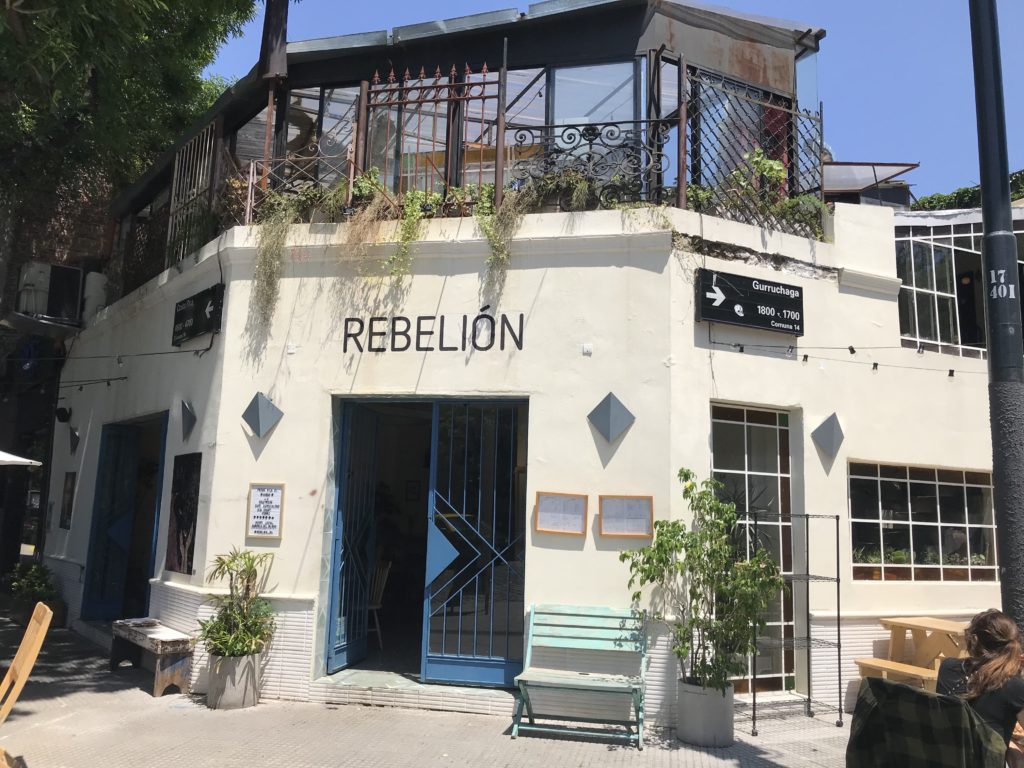

Lunch view from Rebelion in Palermo Soho
Indio picked us up again and we drove north to the Entre Rios region, a large triangle of wetlands where the Parana’ River joins the Rio de la Plata (in English, the River Plate). We stayed in a lodge that could well have been in the Alps. Called ‘Grunwald’, it was run by descendants of Austrian immigrants. We birded the area, though unusually strong winds interfered. The second night here there was a huge rainstorm, also unseasonal. The dirt road into Grunwald turned to mud, so we were lucky to have a helpful local who pulled our car through with a rope! Fortunately we made it out in time for Indio to drive us back to the Buenos Aires airport in time to catch our flight to Uruguay.
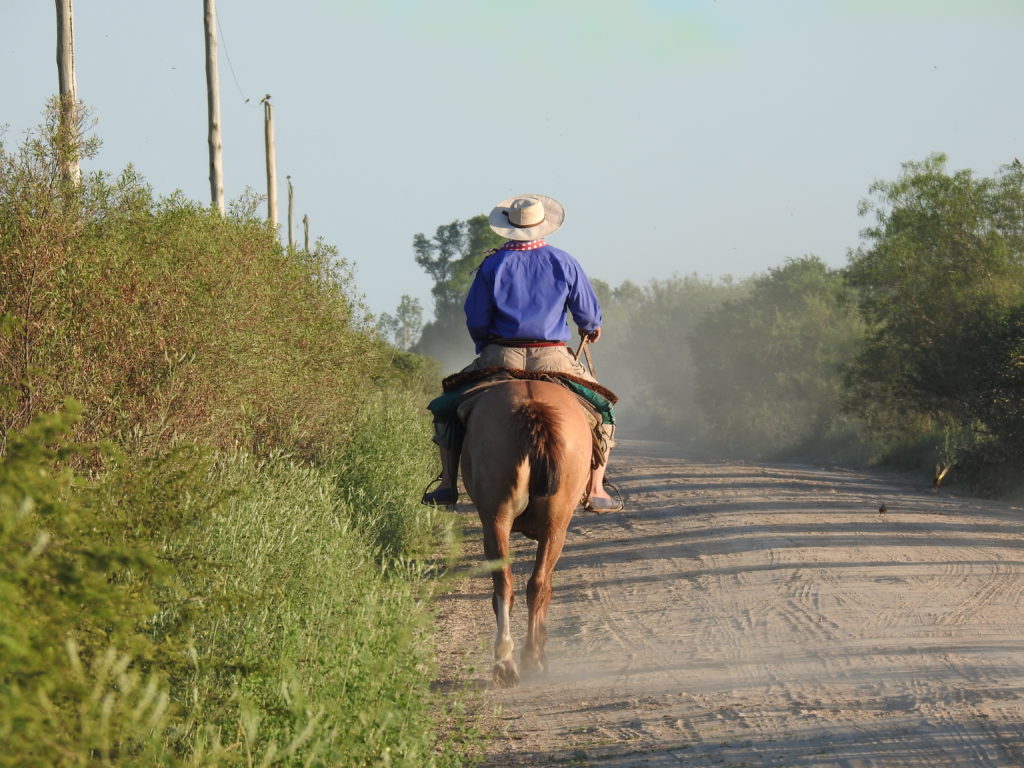
Gauchos 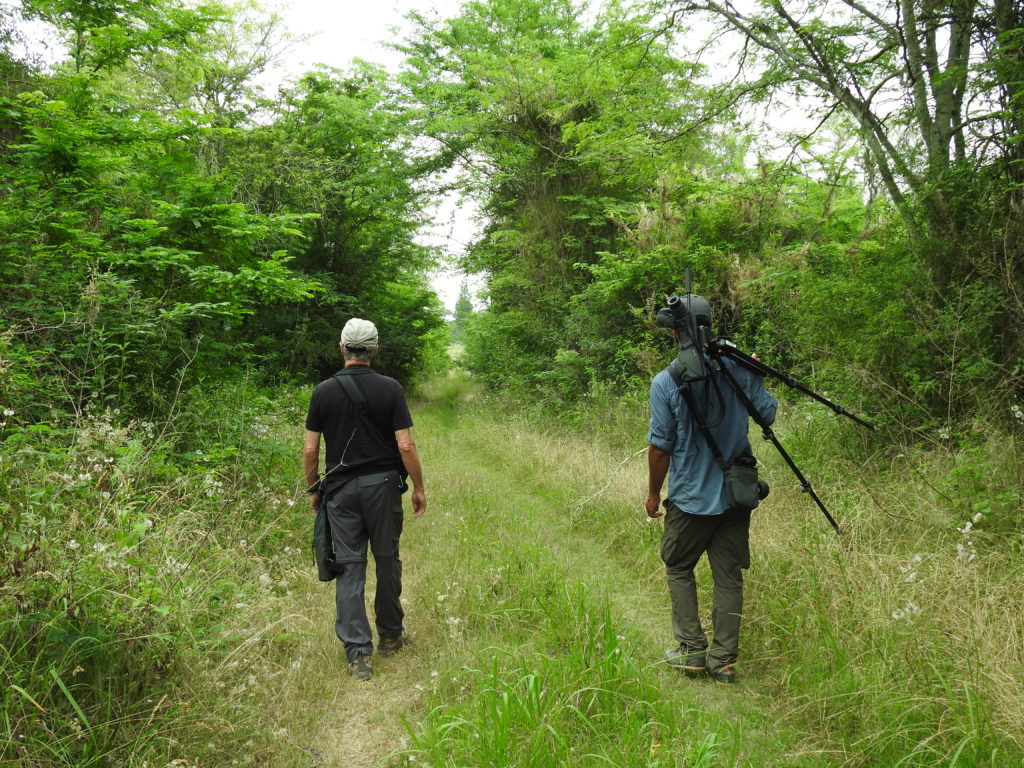
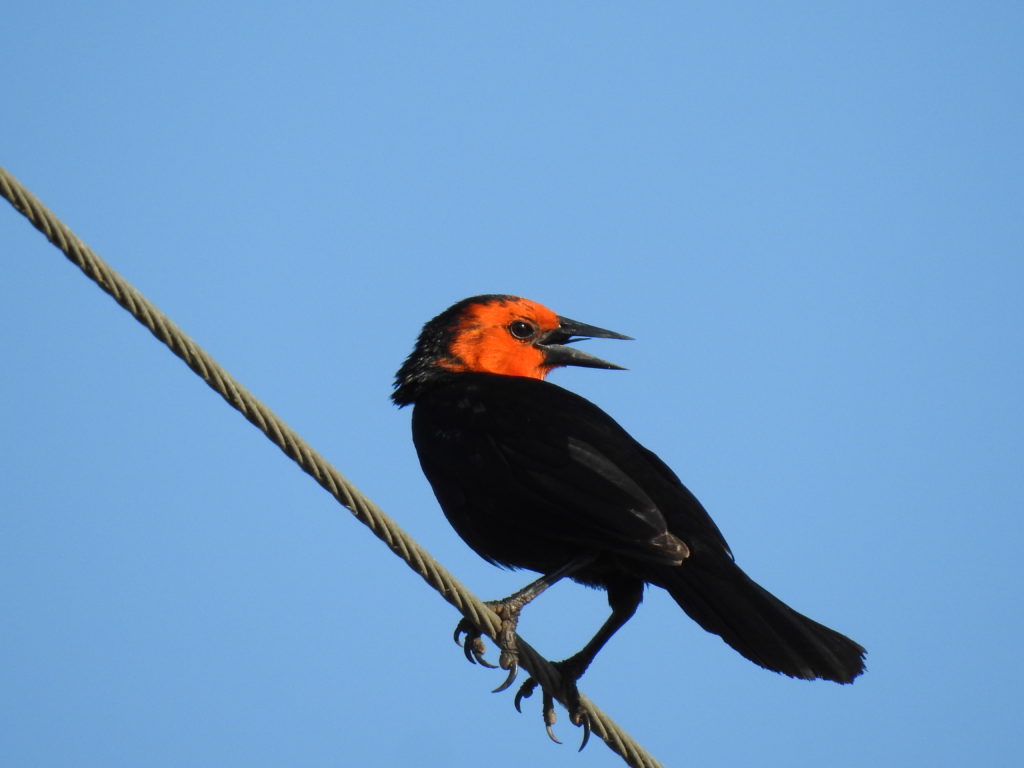
Scarlet-headed Blackbird 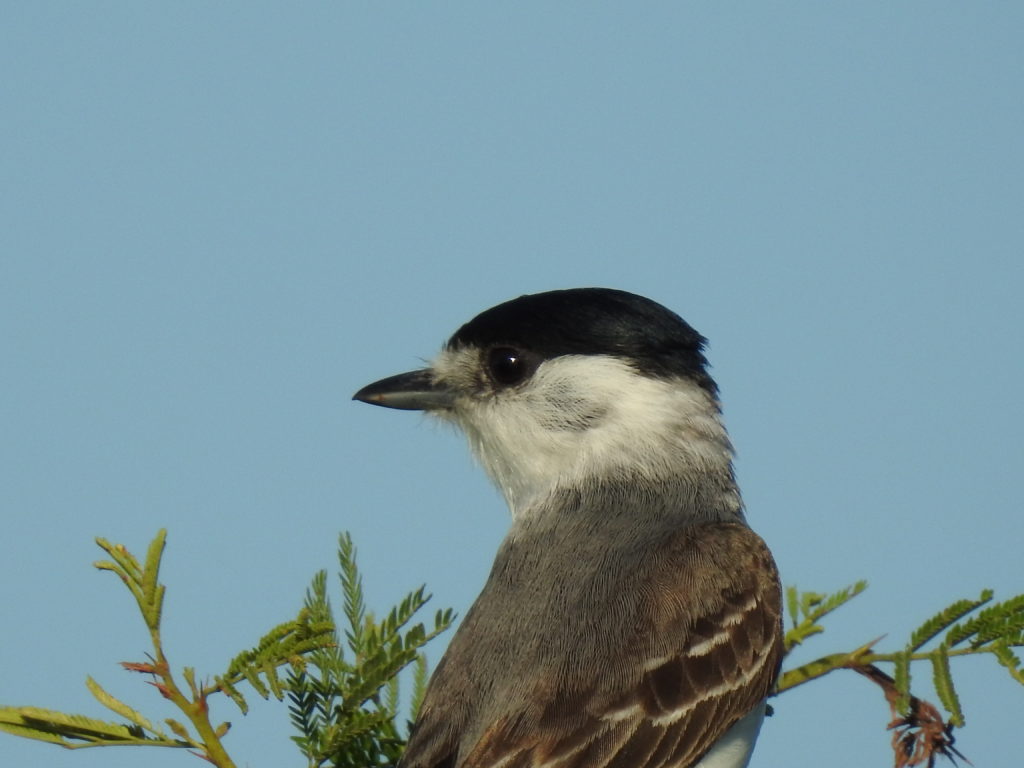
White-naped Xenopsaris 
Curve-billed Reedhaunter 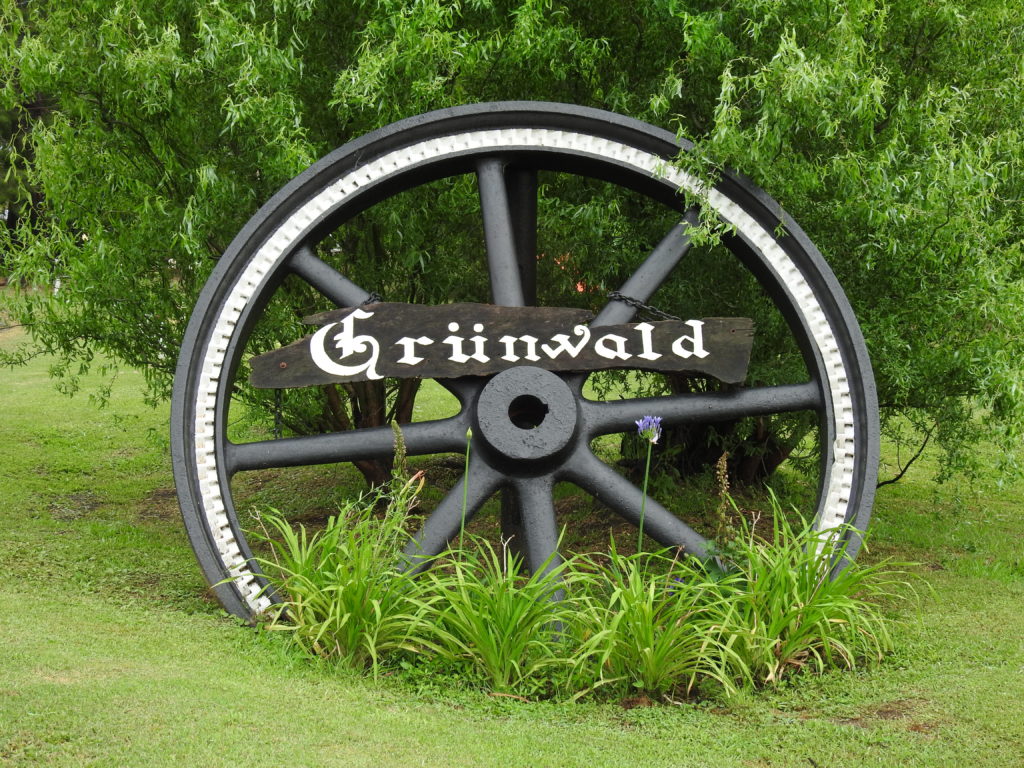
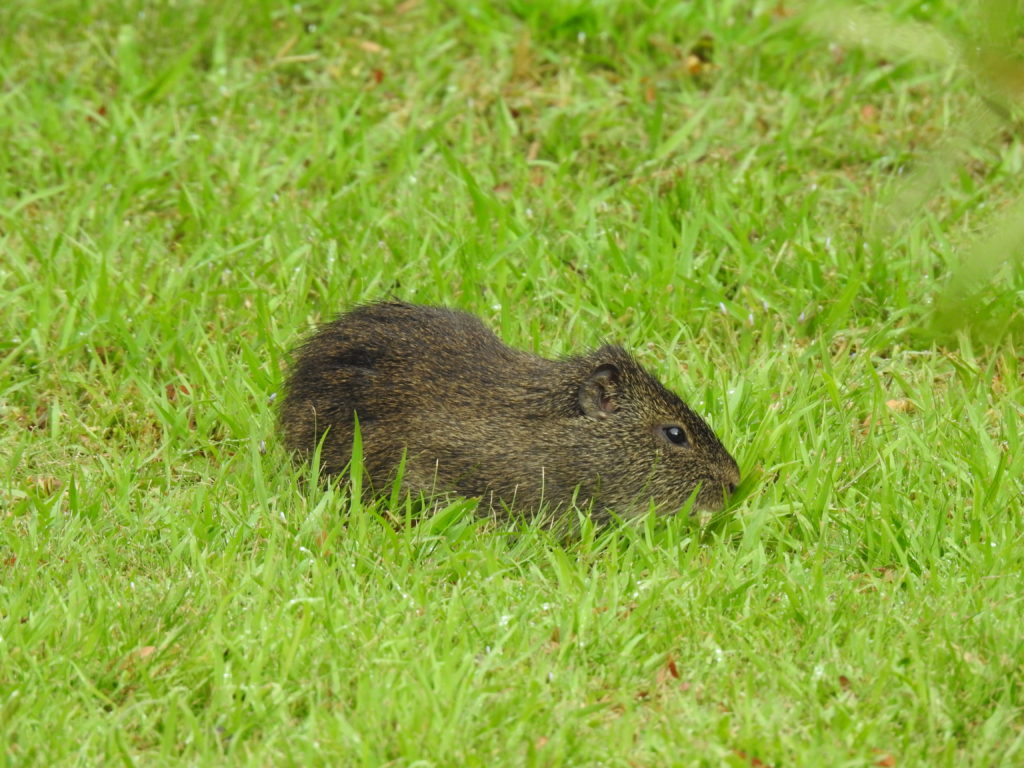
Brazilian Cavy 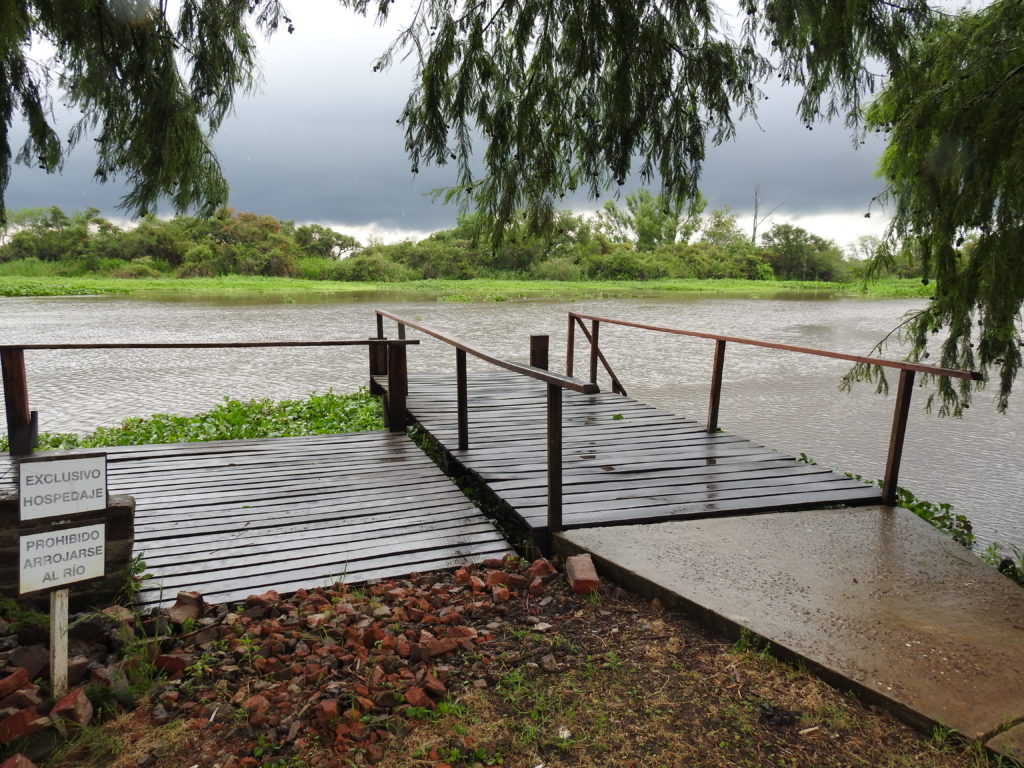
Almost flooding of Rio Paranacito 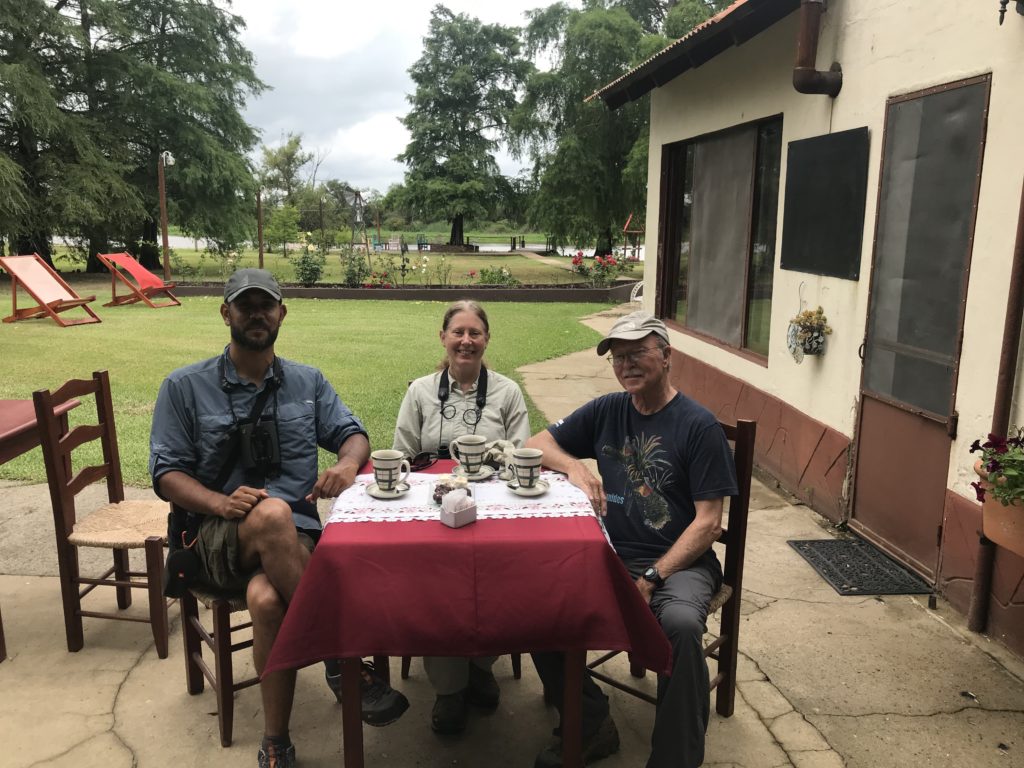
Indio, Karen & Terry 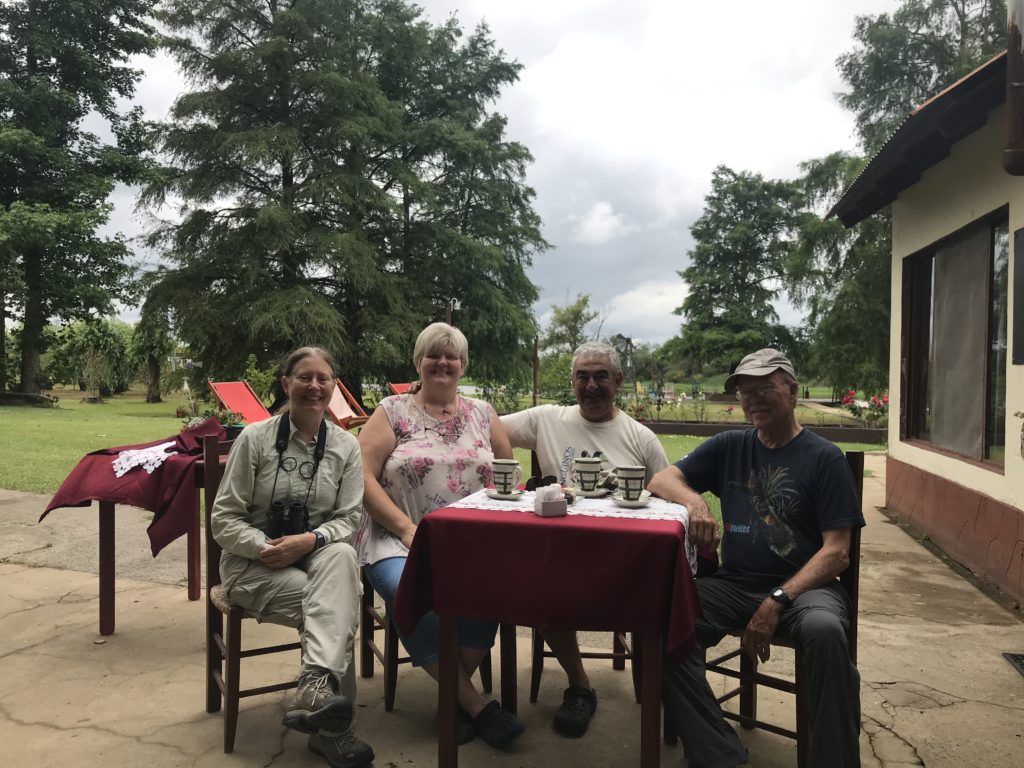
With our hosts at Grunwald 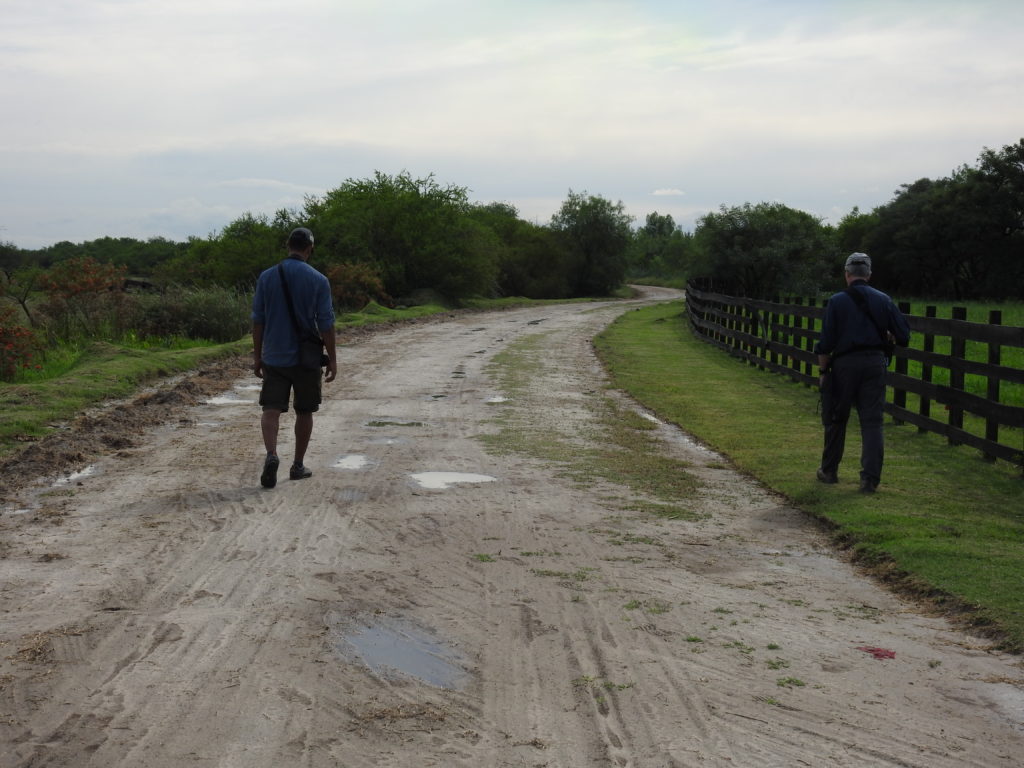
This was the dry part! 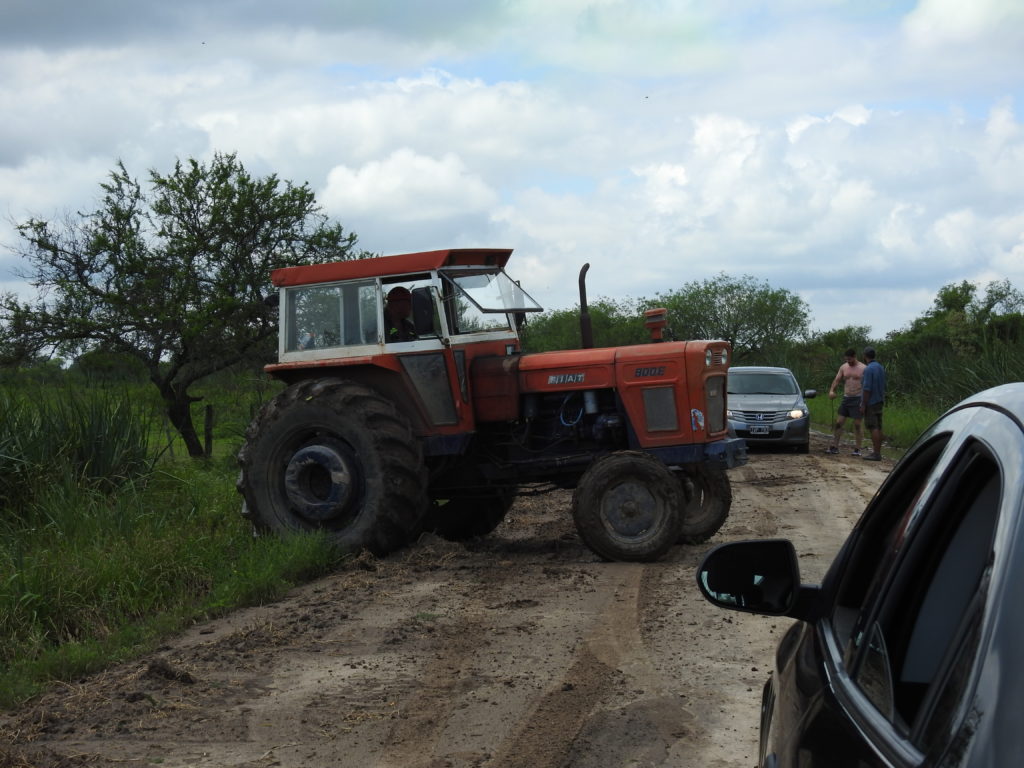
Our rescuer 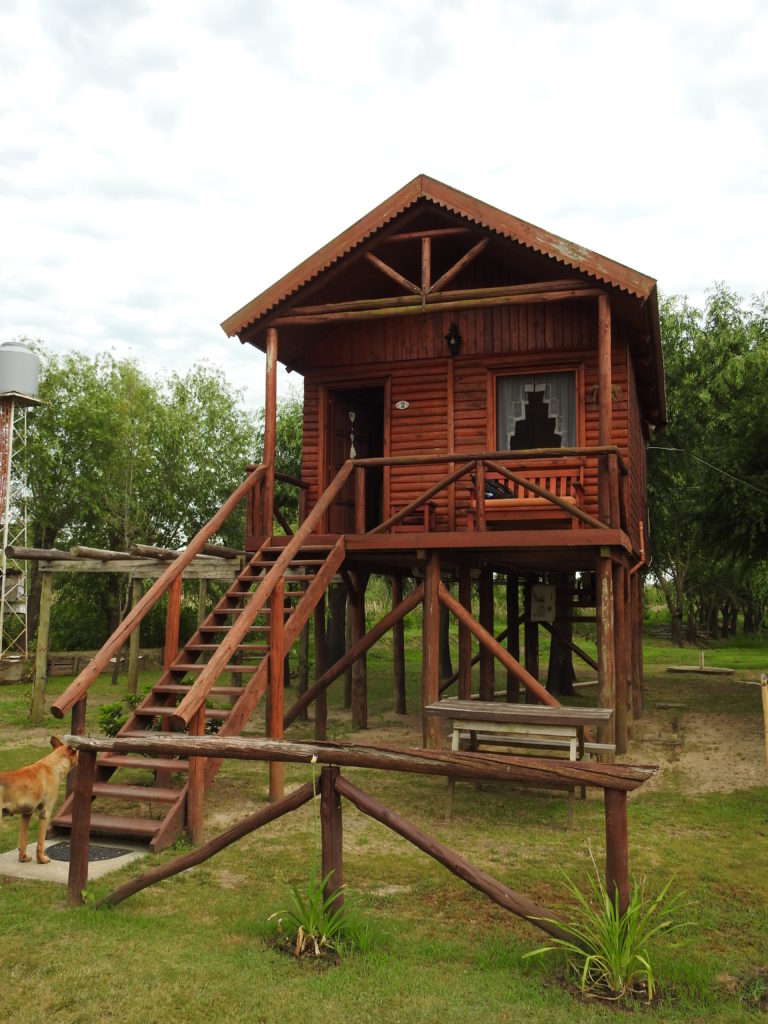
Our cabana at Grunwald
We arrived in Montevideo in the evening so we didn’t see much of the city as our cab took us to the Alma Historica Boutique Hotel in the Ciudad Viejo (Old City). This hotel is an adaptive reuse of a former office building with new floors and a rooftop garden added on top; its name means ‘Old Soul’. Each room honors a famous Uruguayan. Our room was named for Dona Juana de Ibarbourou, an important 20th century poet.

If only we knew Spanish … 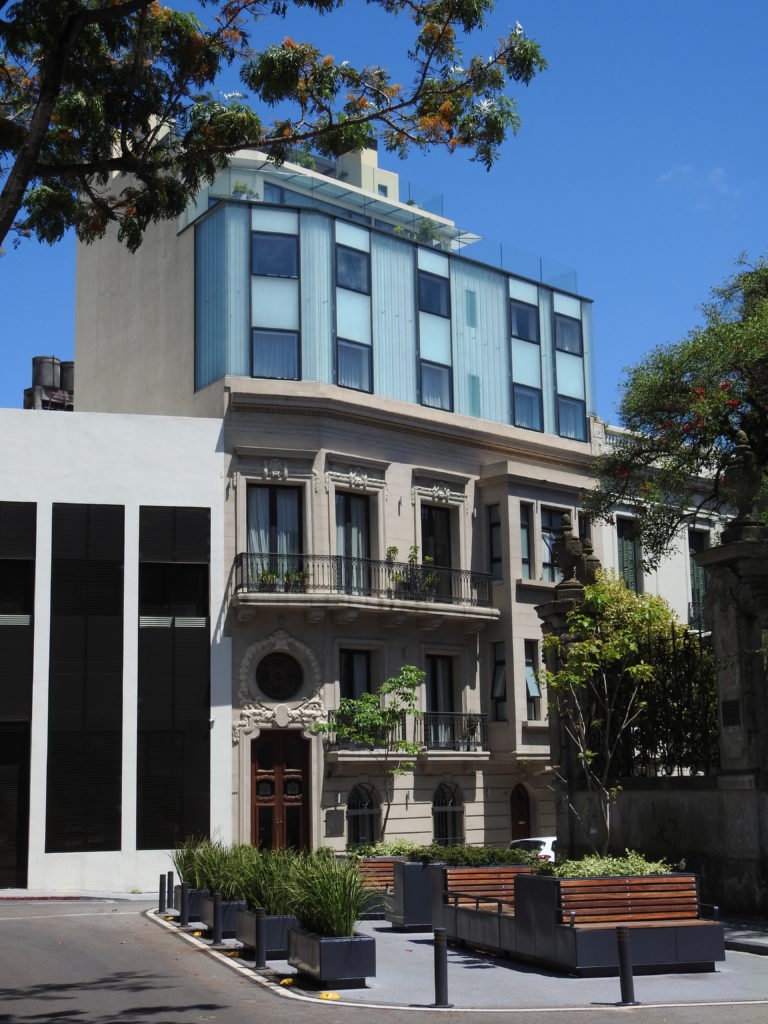
Alma Historica 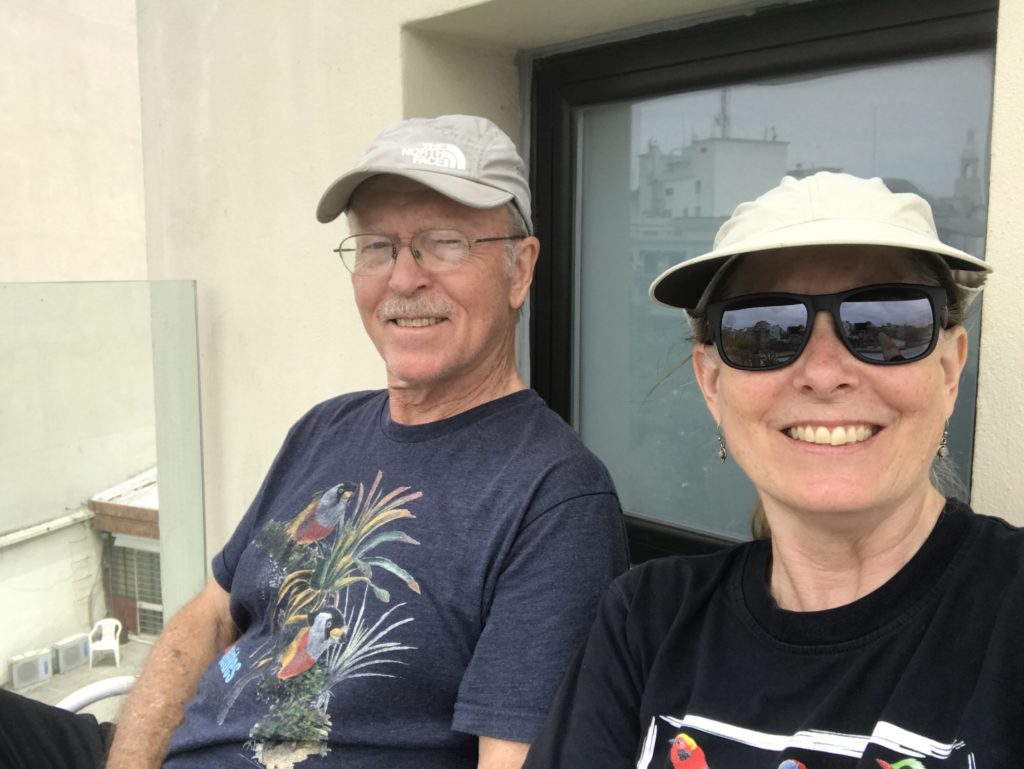
A rare time on the balcony 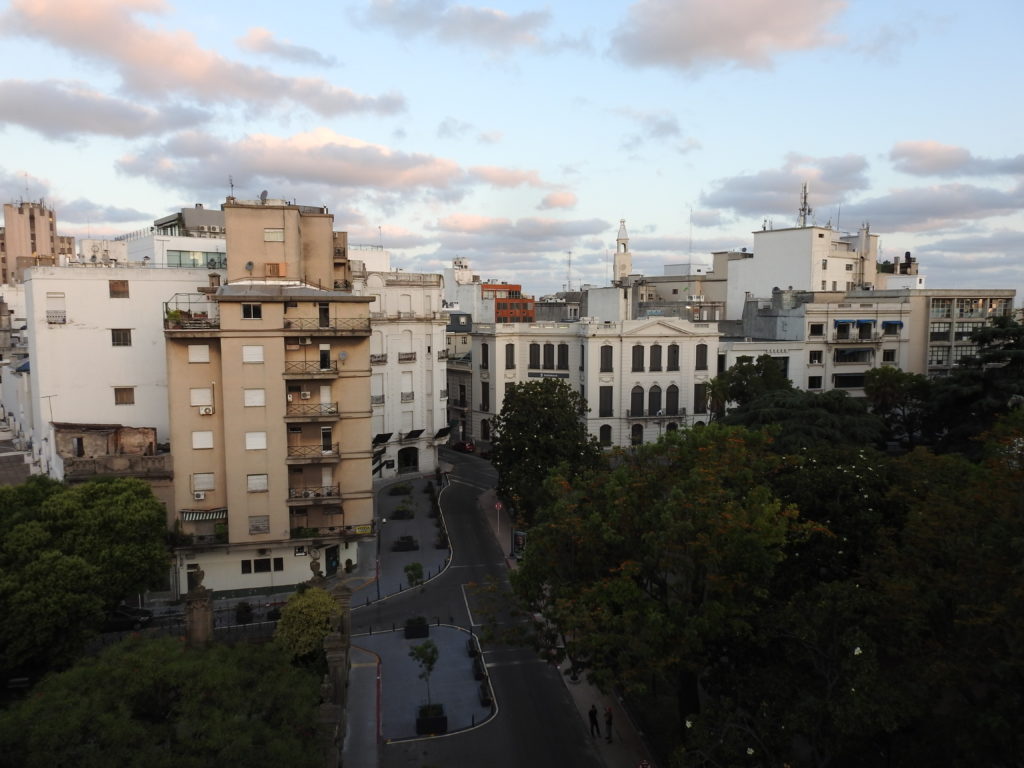
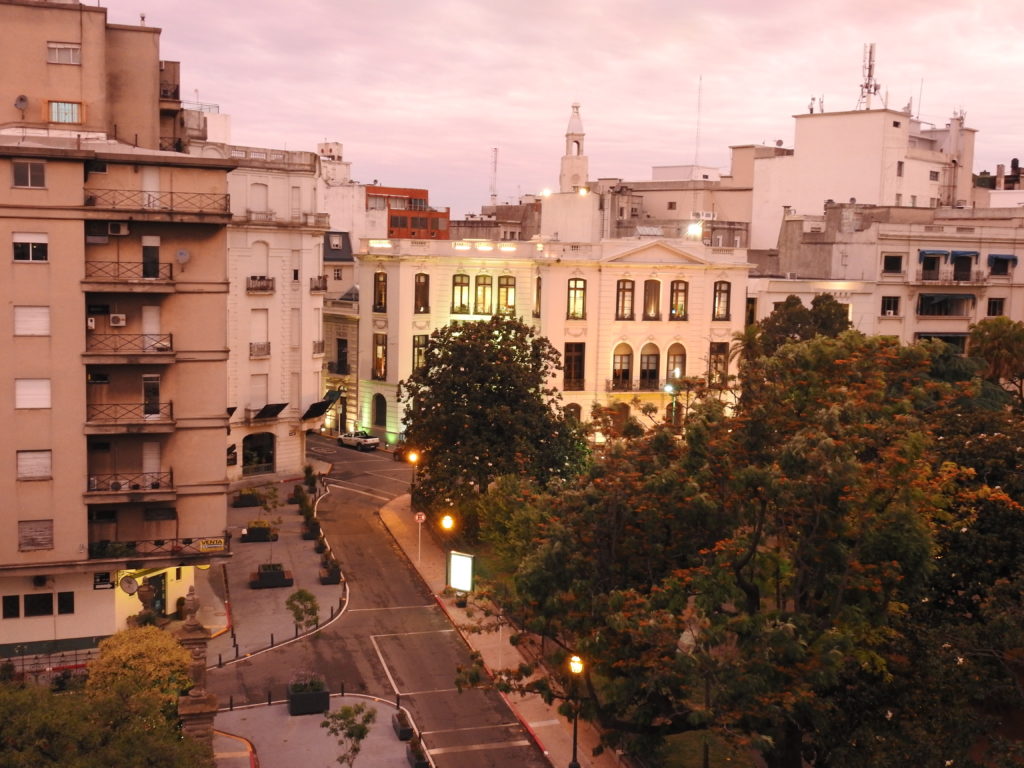
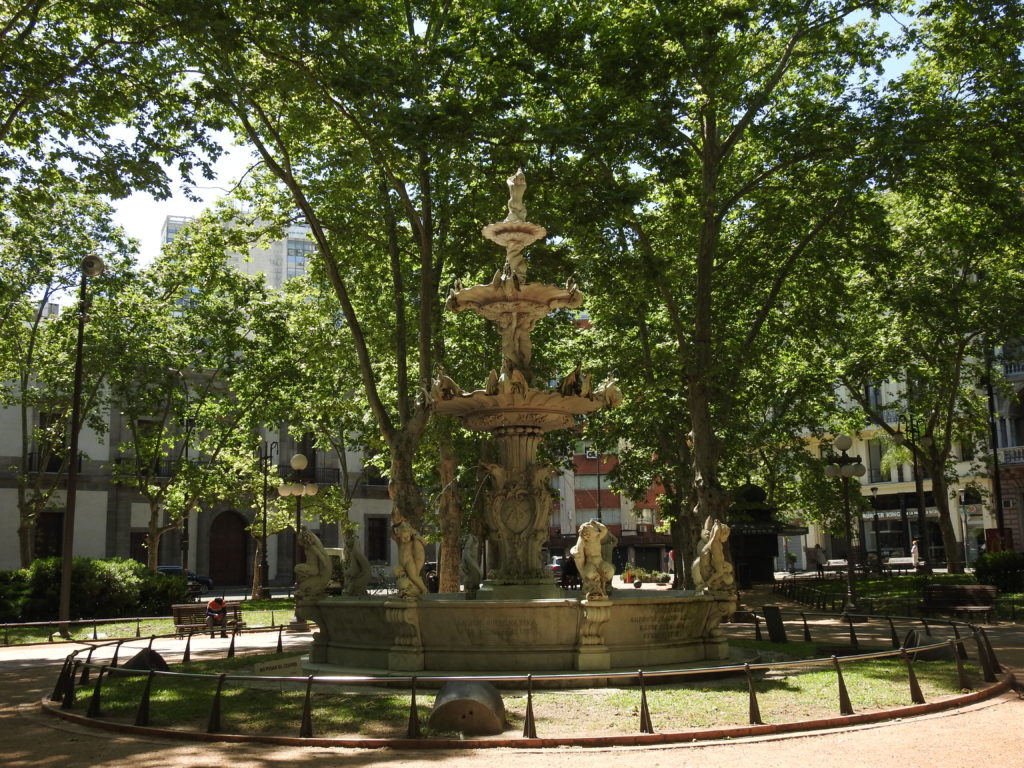
Plaza Zabala, across the street from our hotel 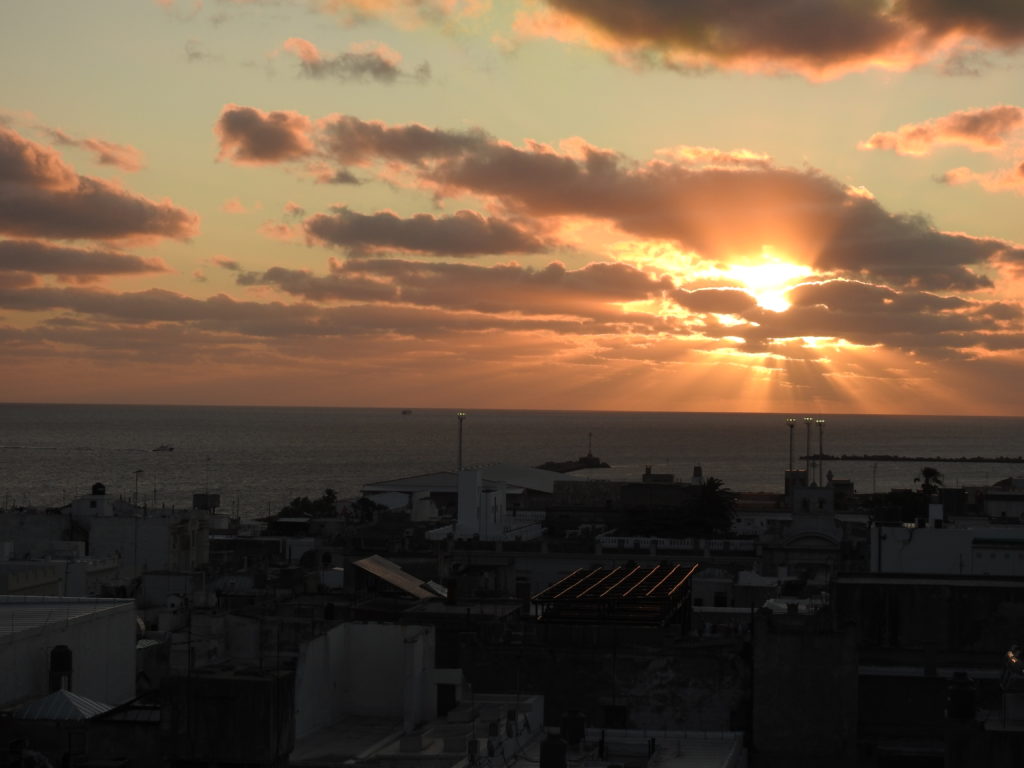
Sunset from the rooftop of Alma Historica
We spent four nights in Montevideo. We had an informative city tour from Patricia, assisted by her driver Edgardo. It turns out that Montevideo has a very deep port, better than Buenos Aires, so much of the fighting over the years between Uruguay and its neighbors has been about control of that port as well as gaining territory. We also enjoyed great food and wine here, including the Uruguayan specialty wine tannat. The weather continued to be difficult, though, and the cold wind and rain kept us from enjoying our room’s balcony.
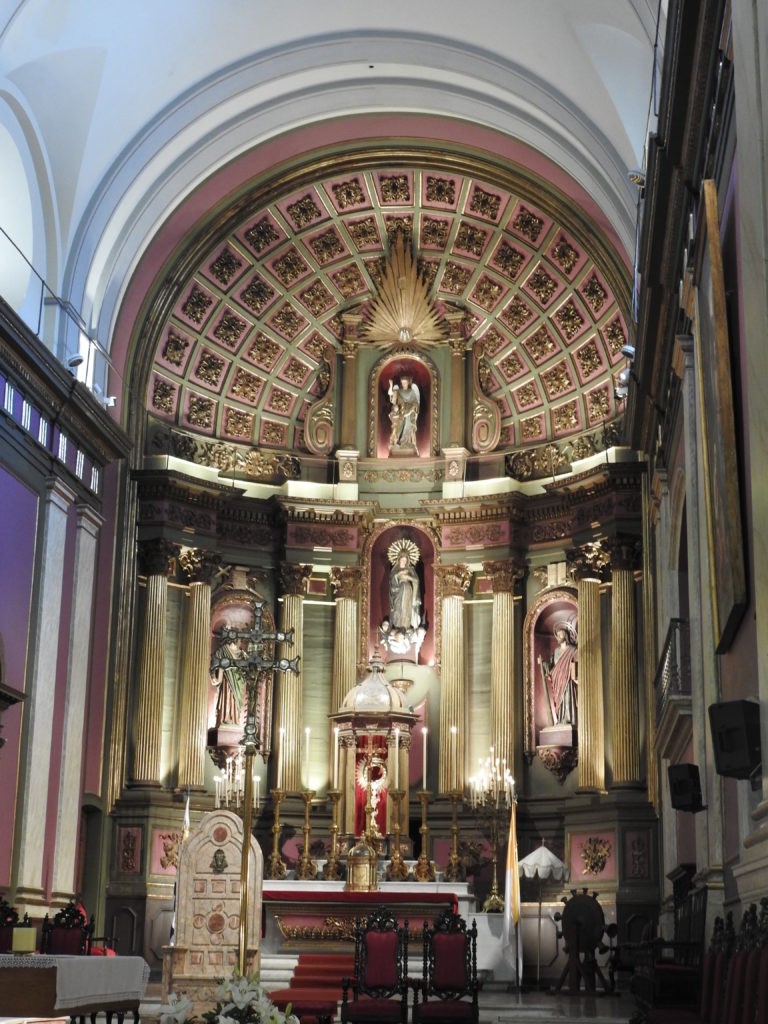
Metropolitan Cathedral of Montevideo 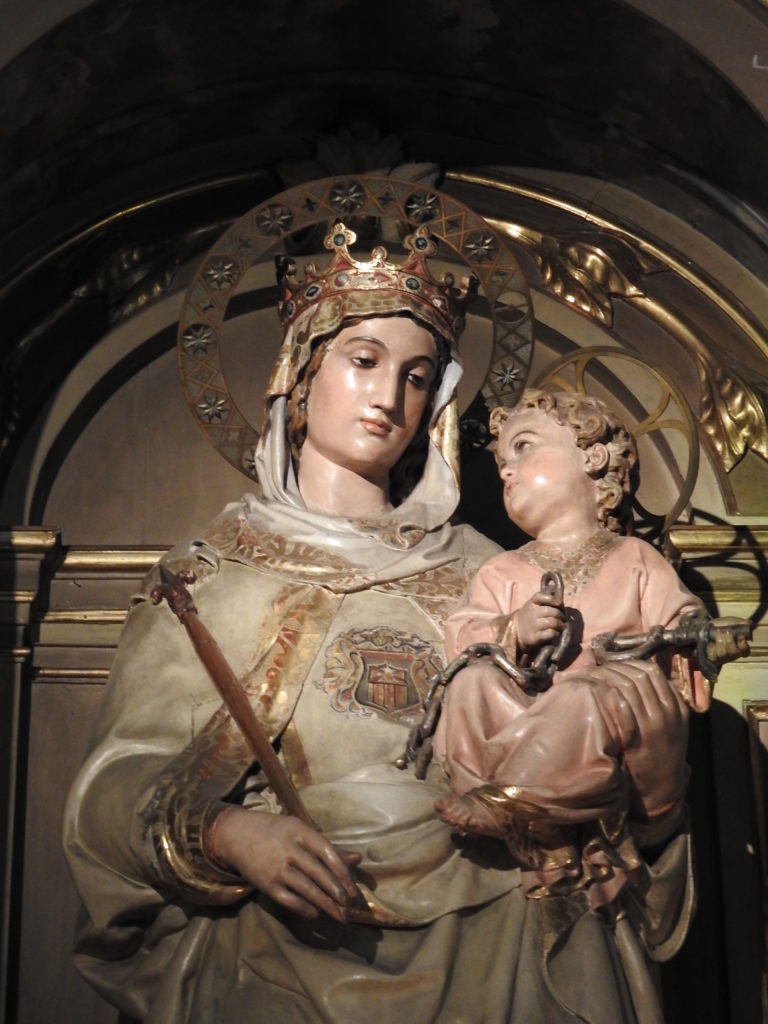
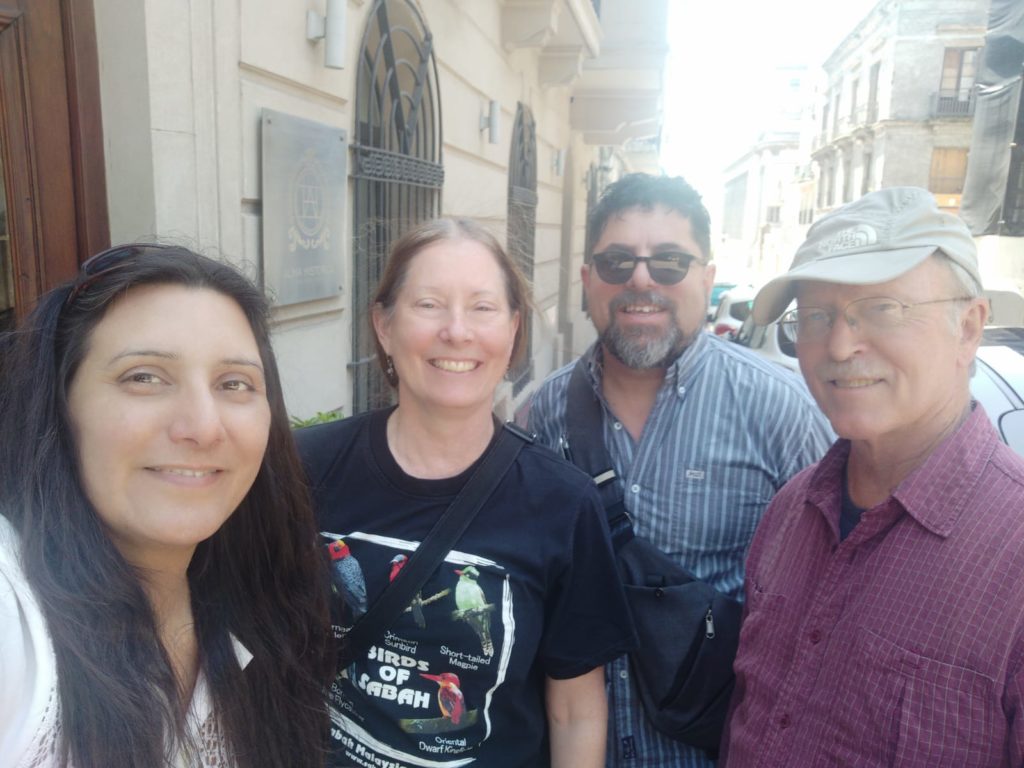
Patricia, Karen, Edgardo, Terry 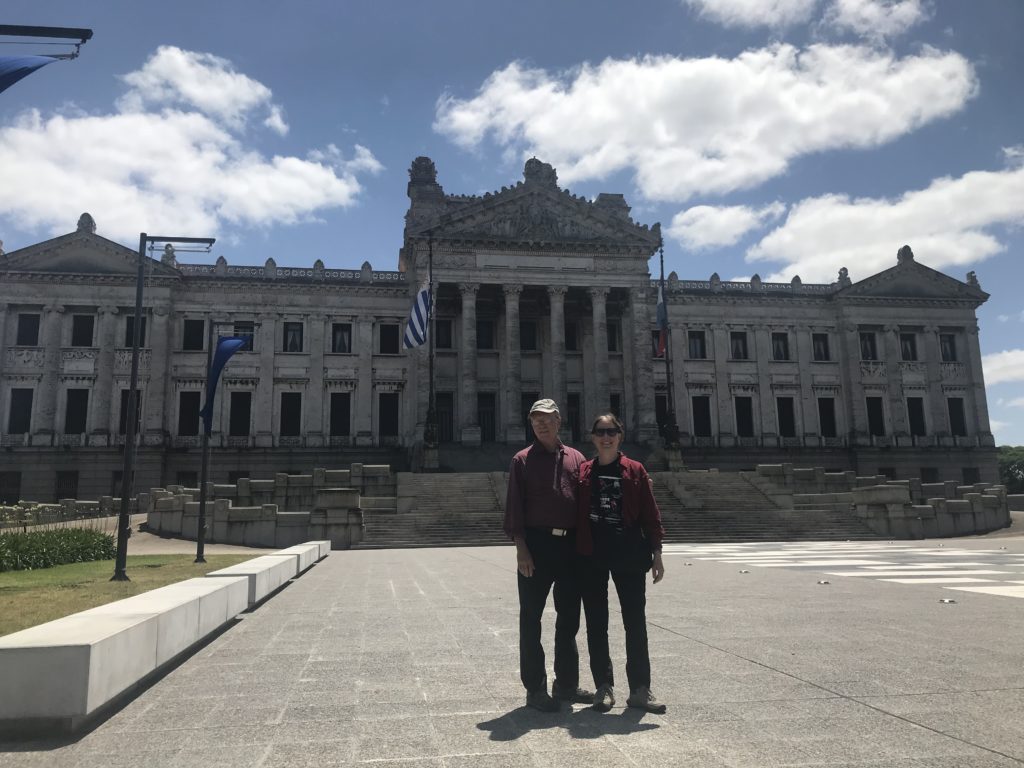
The Legislature 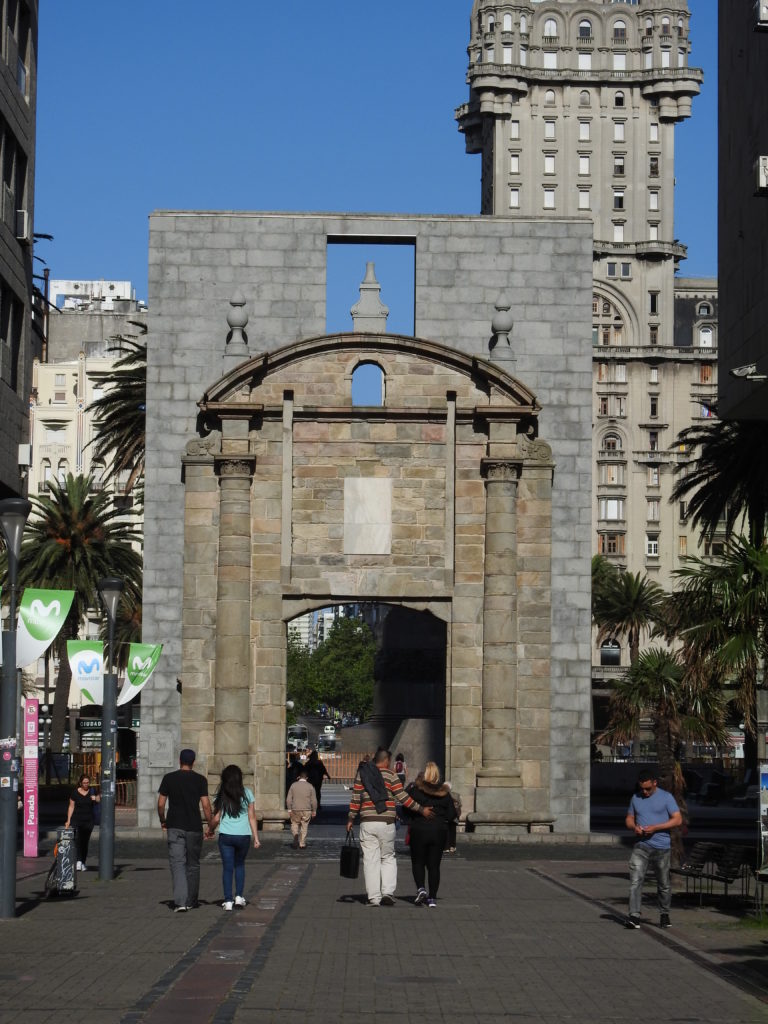
The only remaining piece of the original city wall 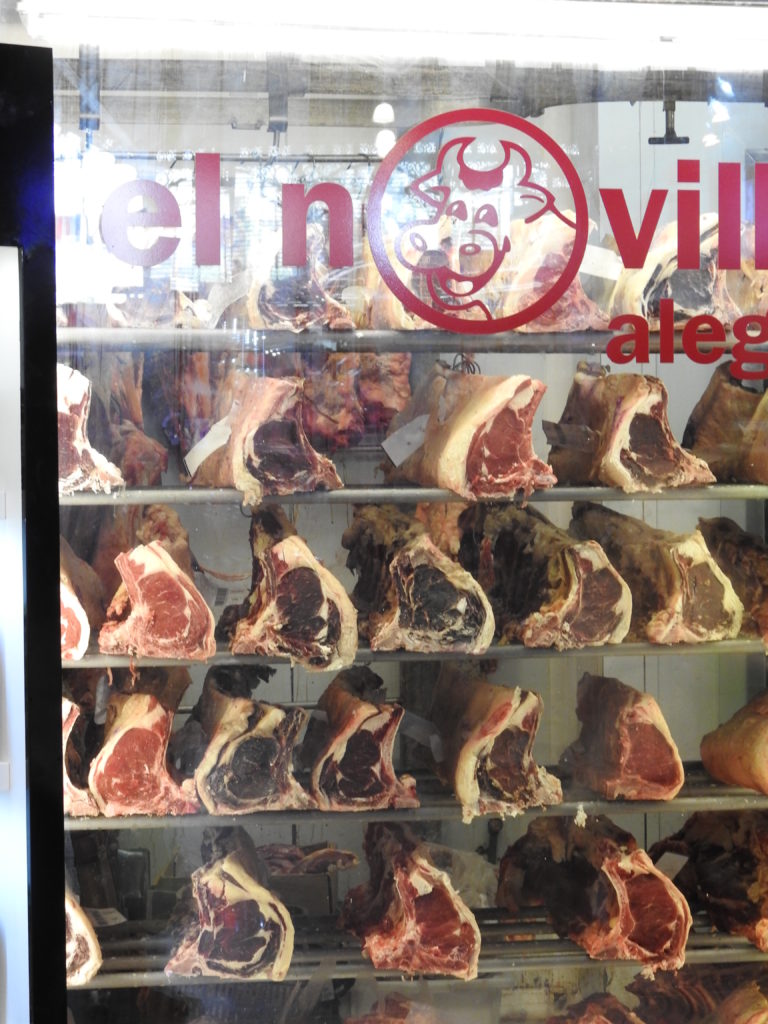
Mercado Agricola de Montevideo (MAM) 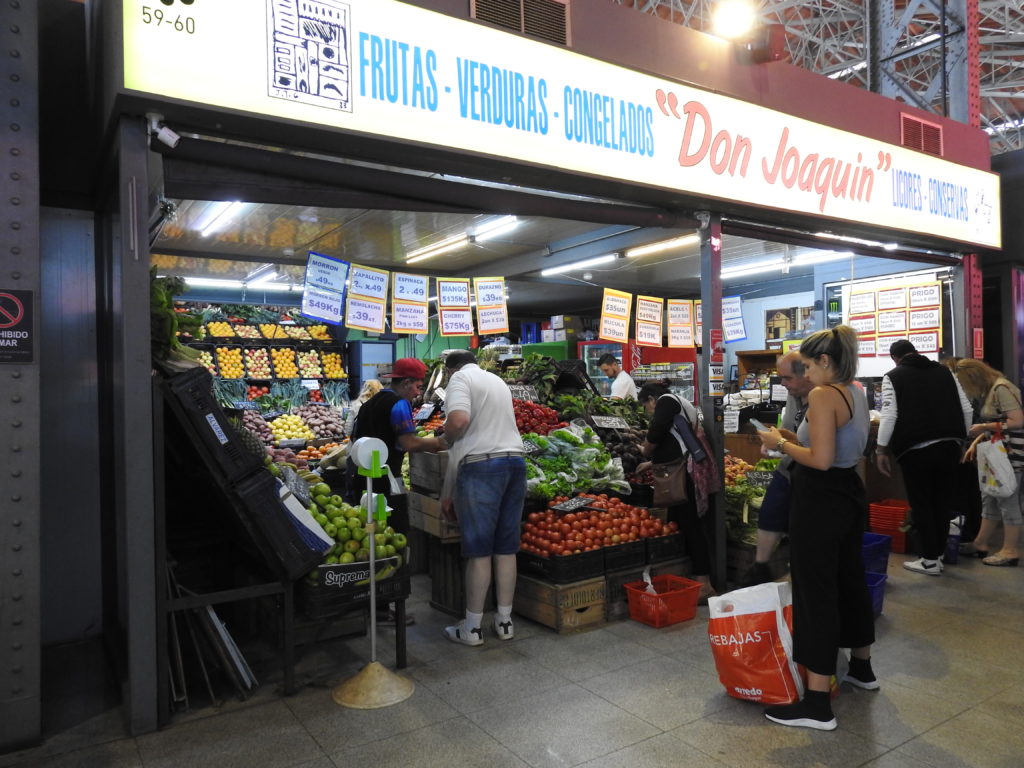
MAM 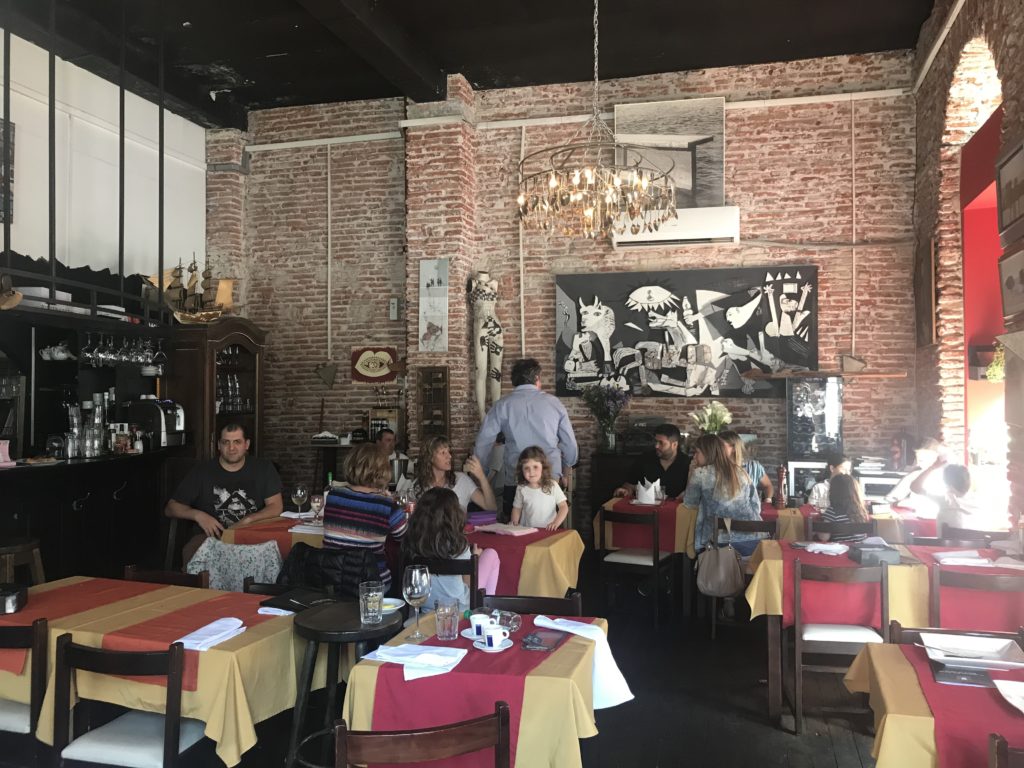
Es Mercat Restaurant 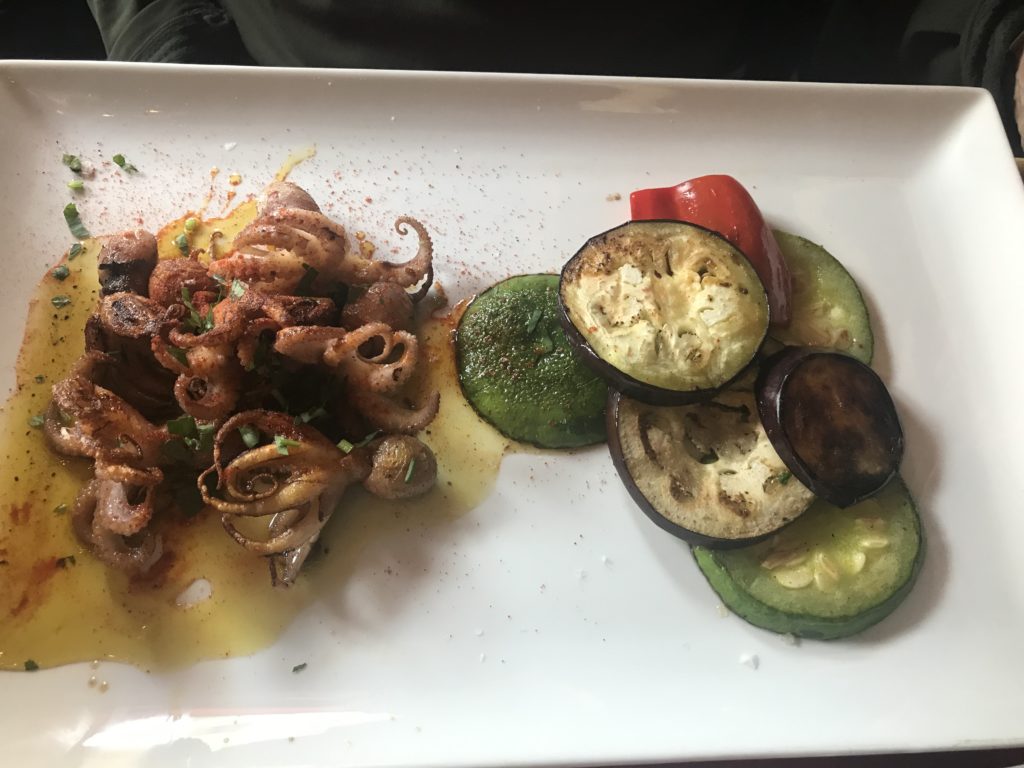
Delicious squid appetizer at Es Mercat 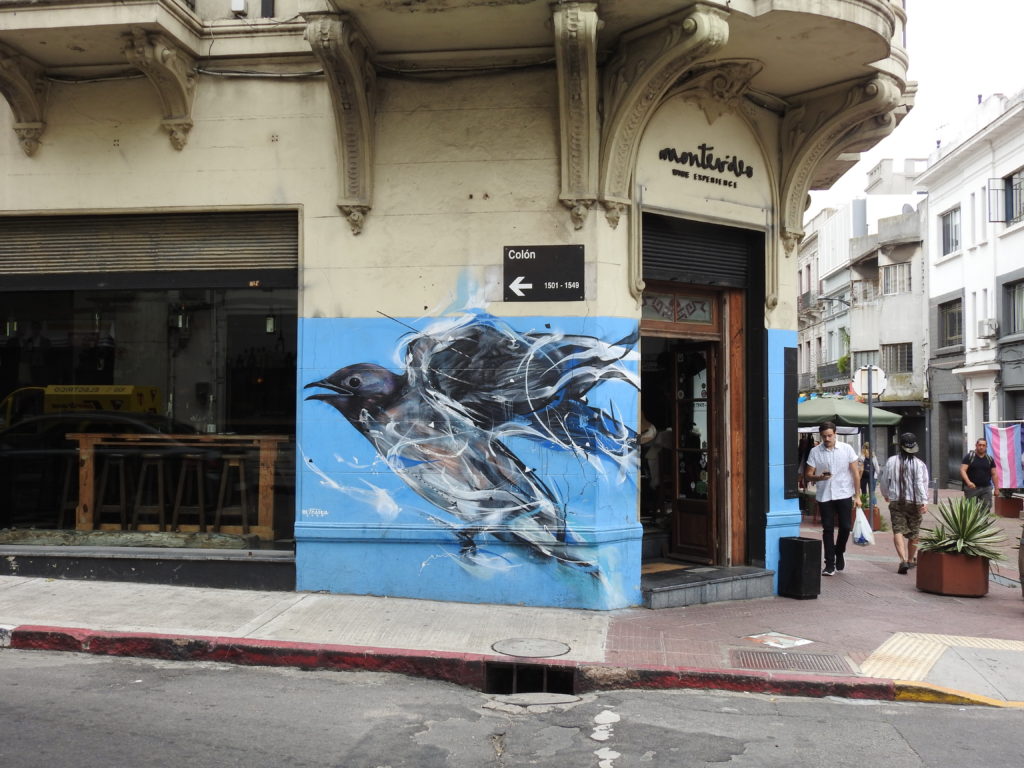
Montevideo Wine Experience 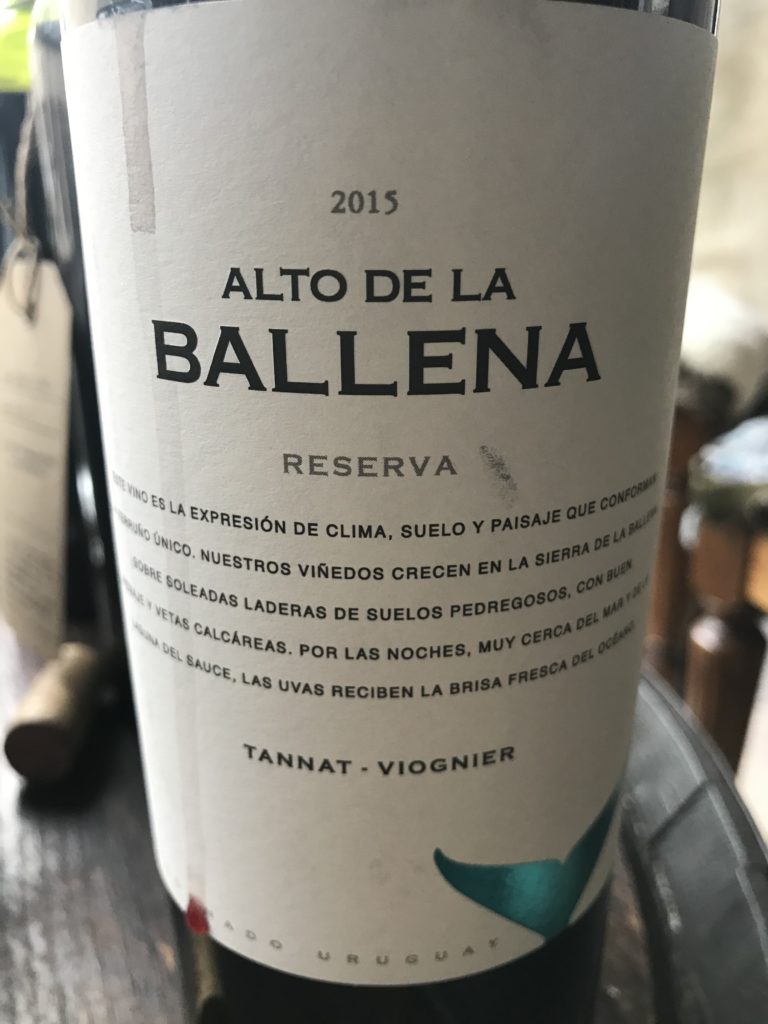

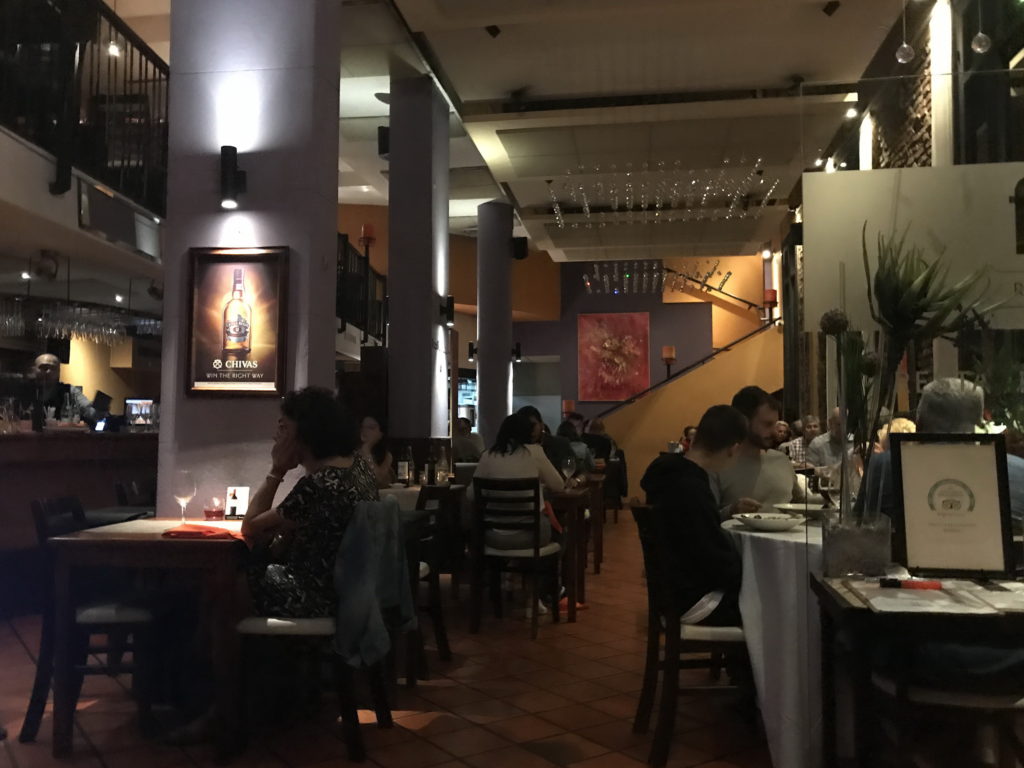
Francis — a high-end restaurant in Tres Cruces neighborhood
We left Montevideo with our birding guide, Florencia Ocampo of Birding with Me. A native Uruguayan, Florencia is passionate about her country, its birds, wildlife and ecology. We really enjoyed traveling with her and learned a lot! For example, in the late 1800’s and early 1900’s, Uruguay was quite wealthy from exports of beef, wool, leather, lamb and other commodities. It was considered ‘the Switzerland of South America’ because it was peaceful, economically successful and socially progressive. That economic success ended with a dictatorship and drop in commodity prices in the 1960’s through 1980’s. It is still one of South America’s most progressive countries.
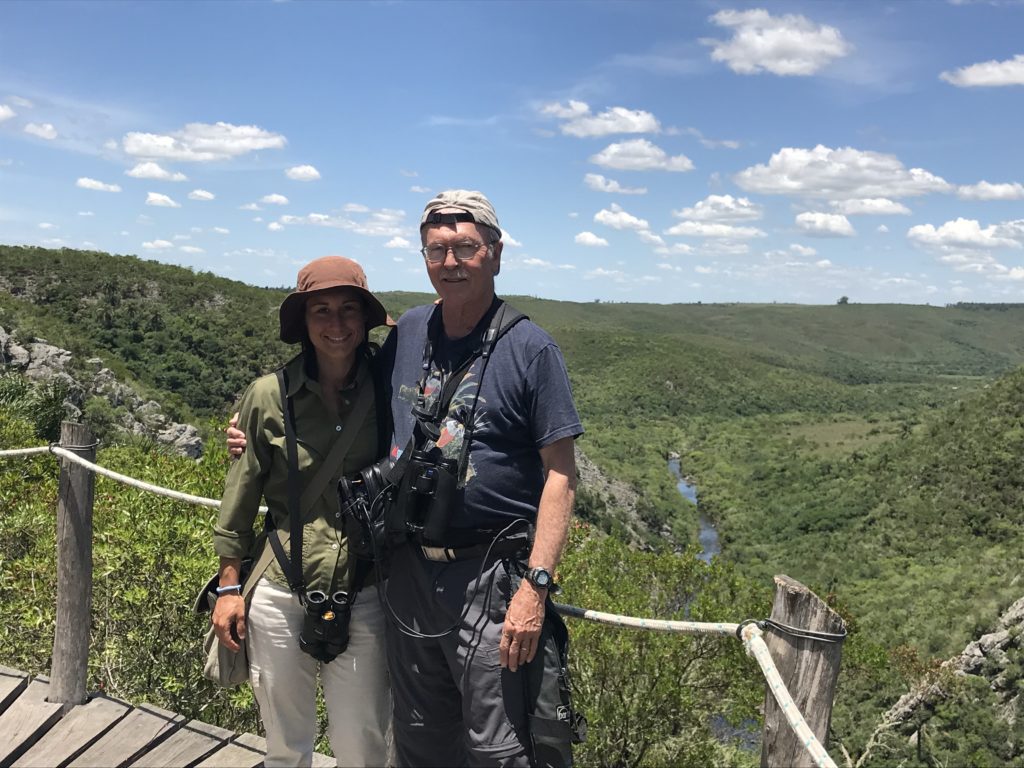
Our first visit was to Quebrada de los Cuervos National Park. Given its name because the Spainards mistook the vultures here for crows (cuervos in Spanish), it’s a plateau with mountains and a steep winding canyon carved by the Arroyo Yerbal Chico. We stayed at ‘El Proyecto’, a farm that is experimenting with eco- and agro-tourism. Anjelica, the owner, made amazing meals for us that included homemade Dulce de Leche — amazingly good and more impressive when we learned it requires constant stirring over the stove for about six hours straight!
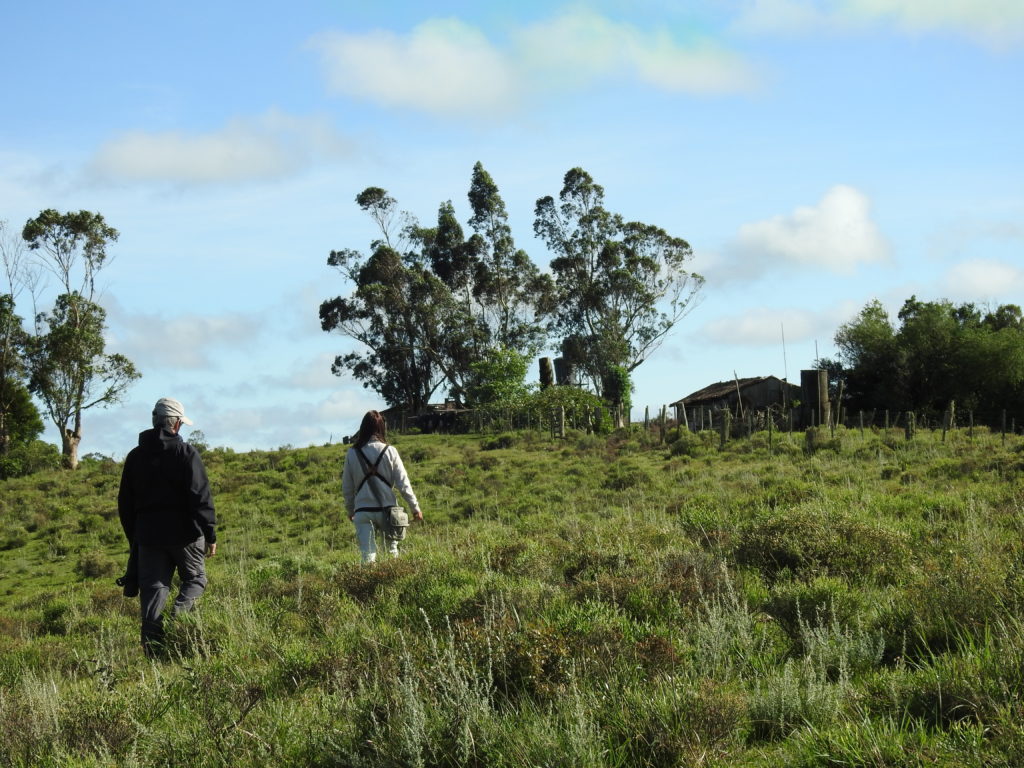
On the El Proyecto property 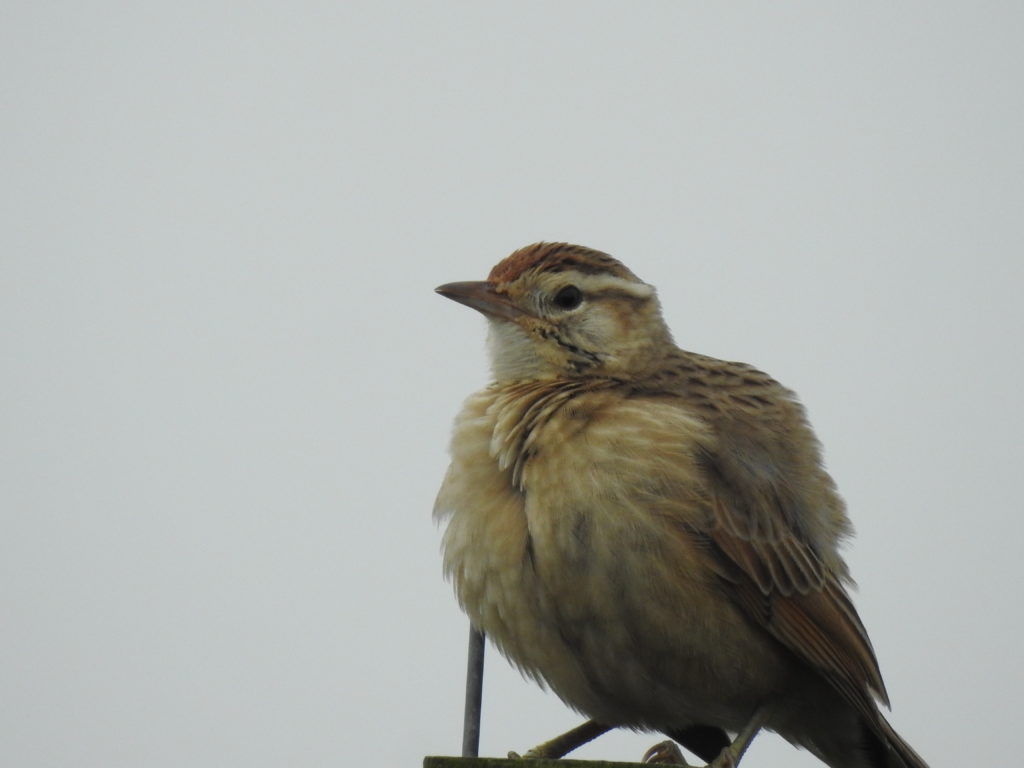
Firewood-gatherer 
Vermilion Flycatcher 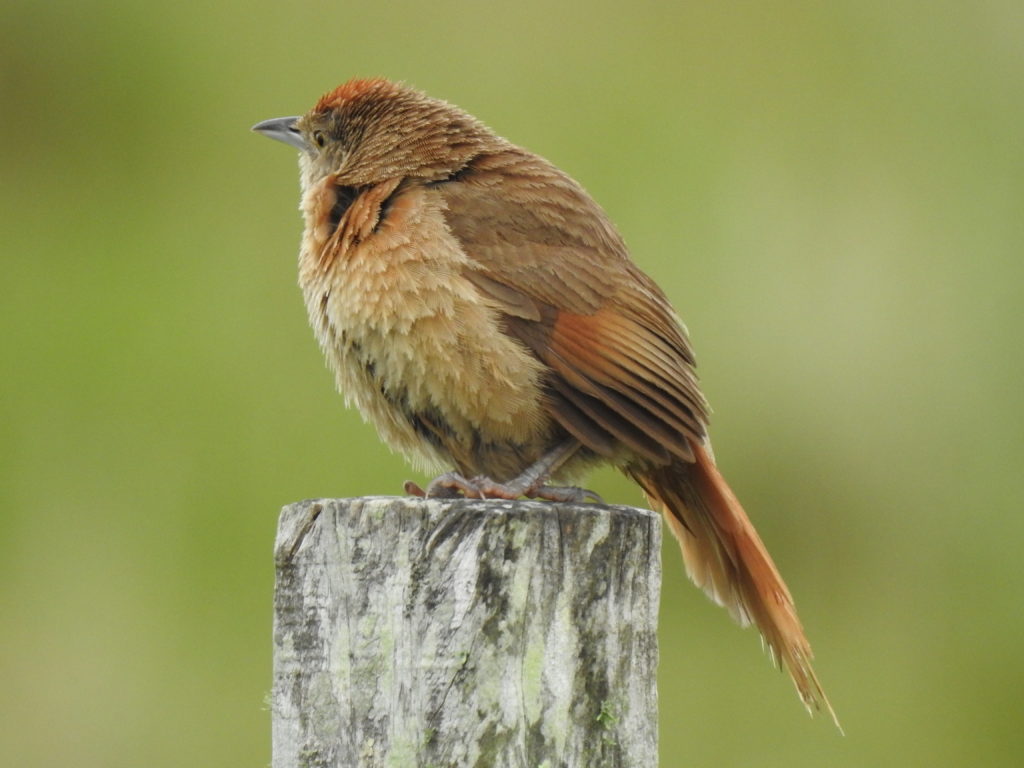
Orange-breasted Thornbird 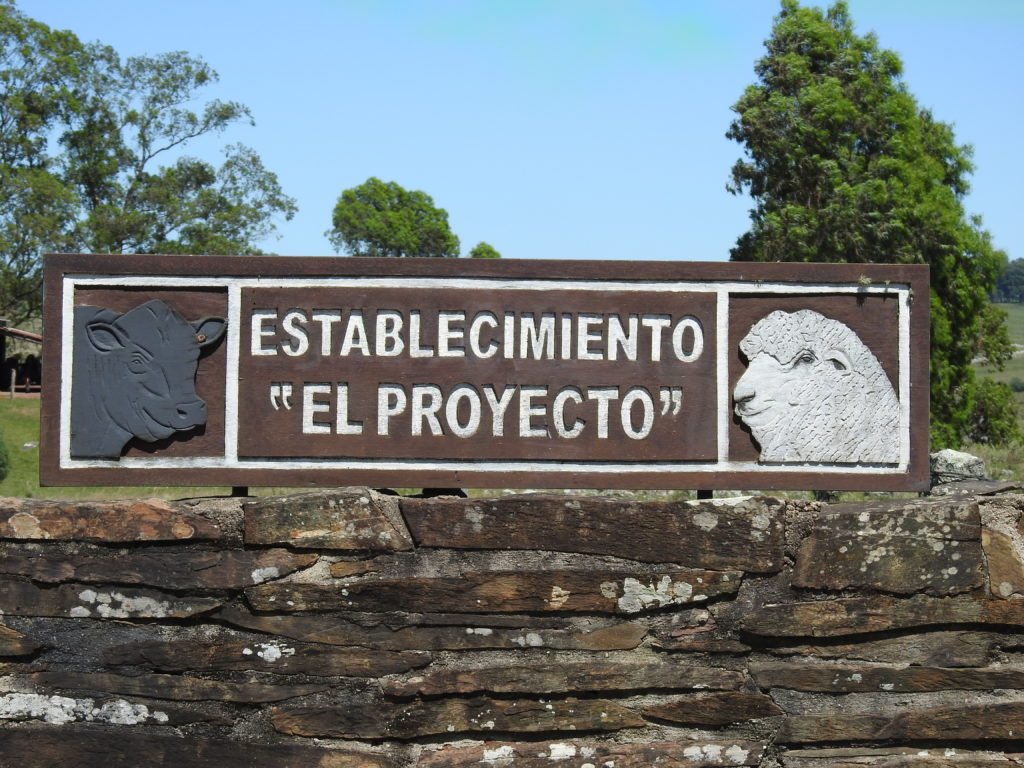

The house at El Proyecto 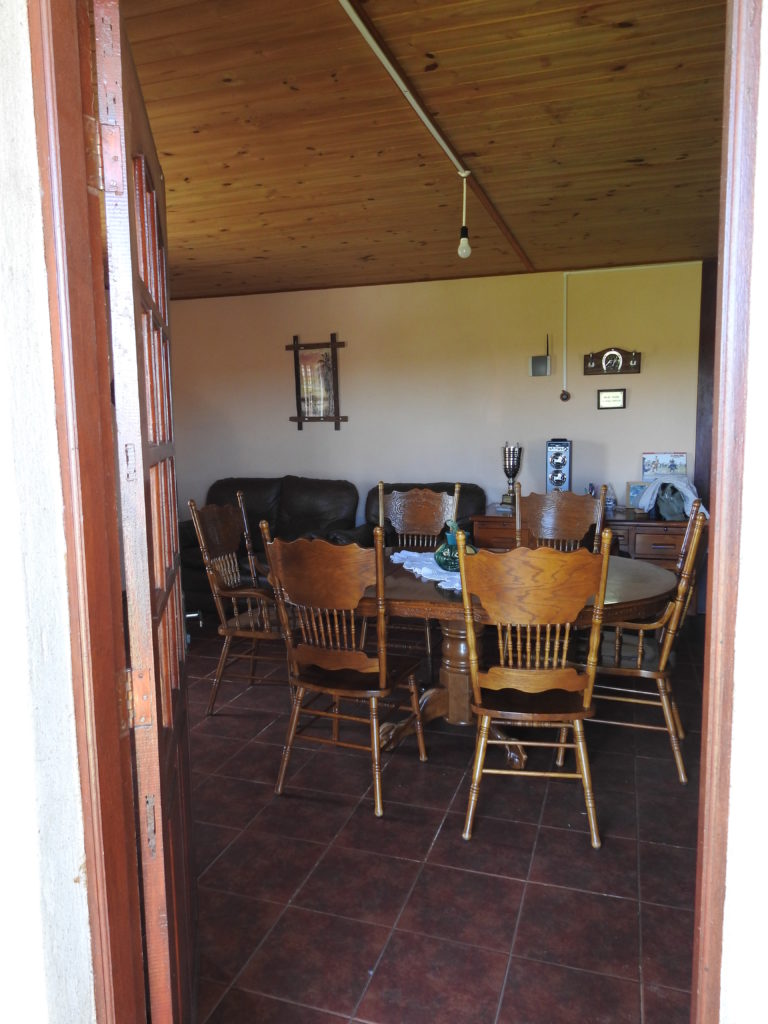
You quickly feel at home in the dining room … 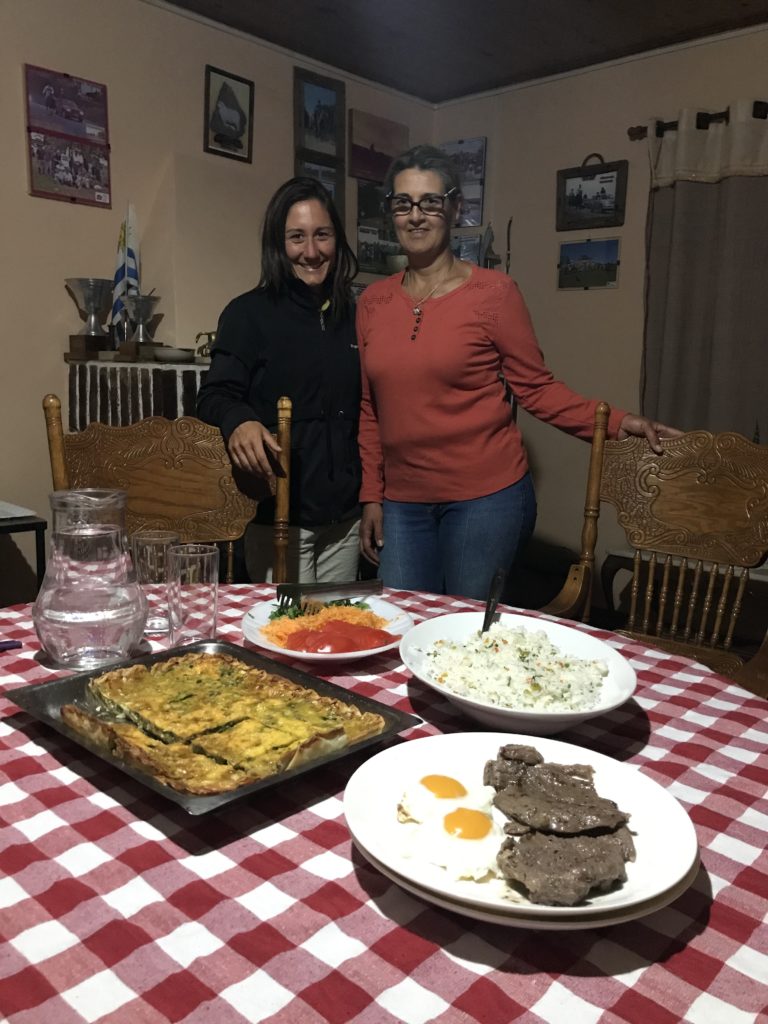
Florencia with Anjelica and one of her fabulous meals! 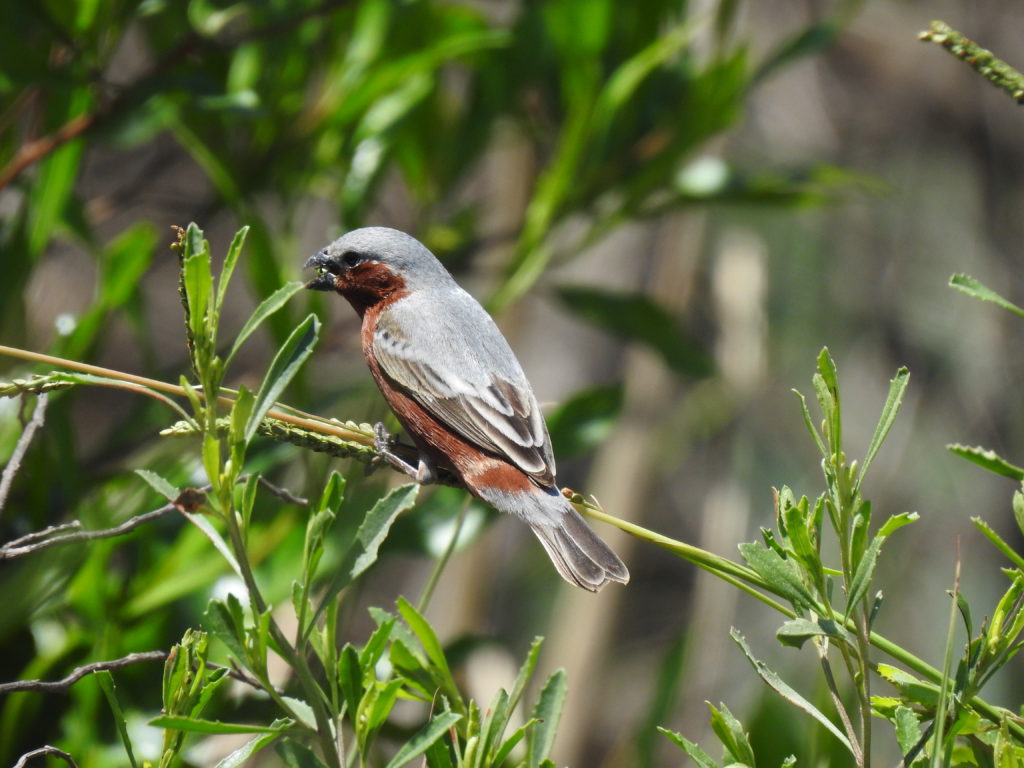
A rare Rufous-rumped Seedeater 
Whistling Heron 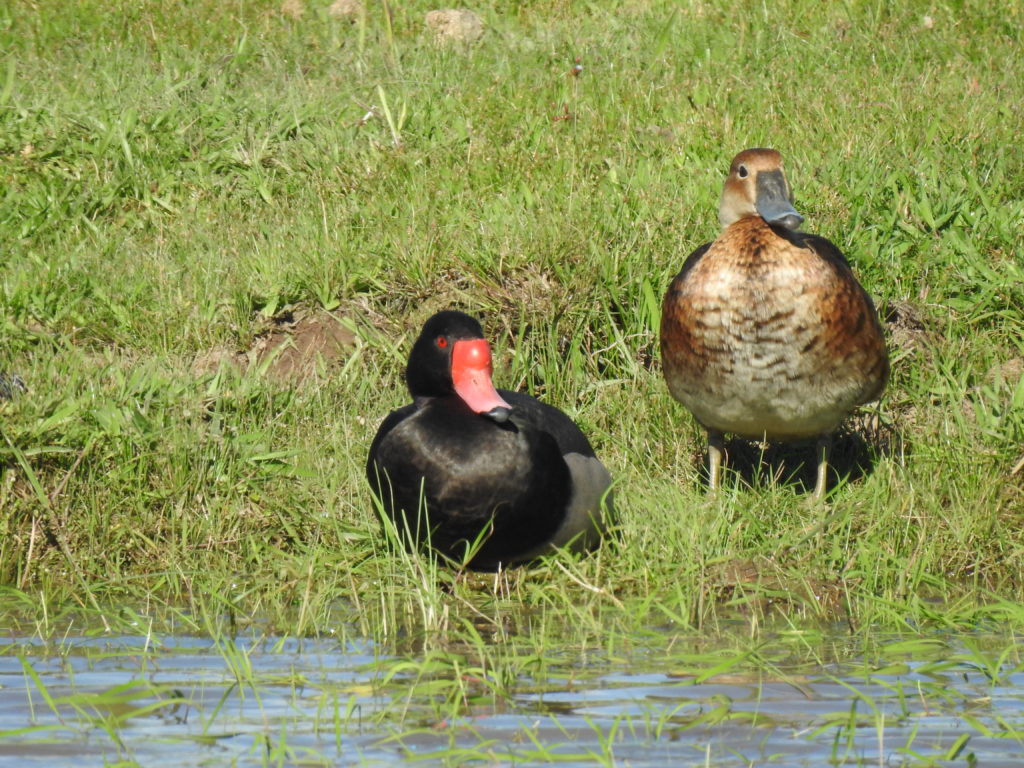
Rosy-billed Pochard 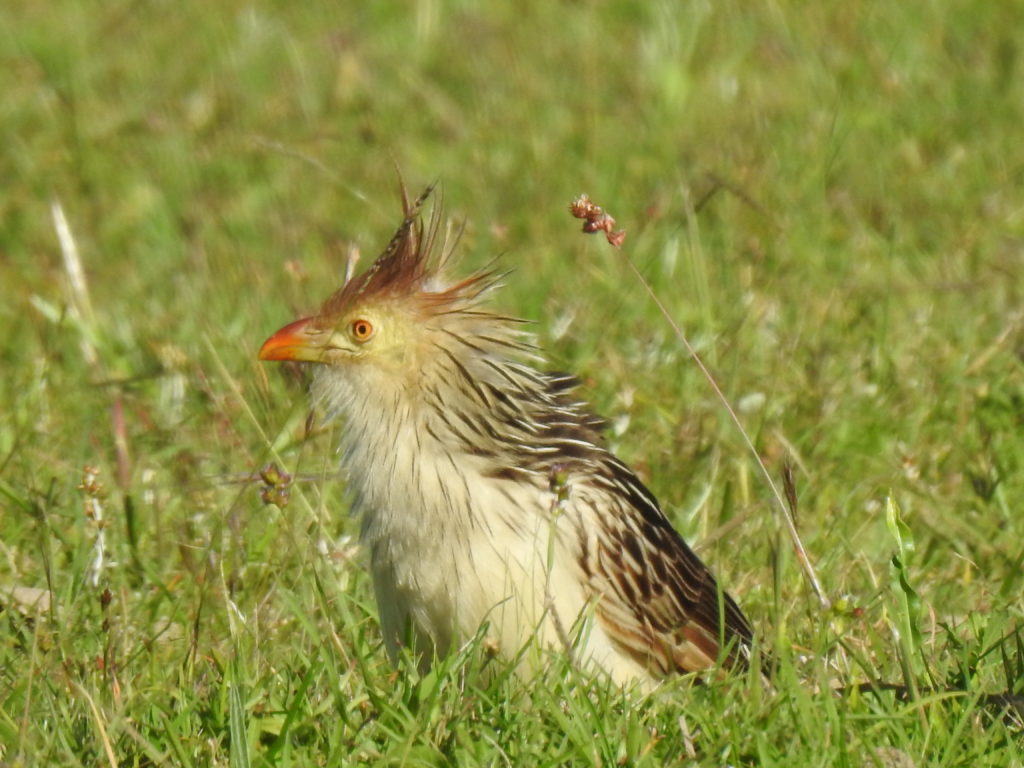
Guira Cuckoo 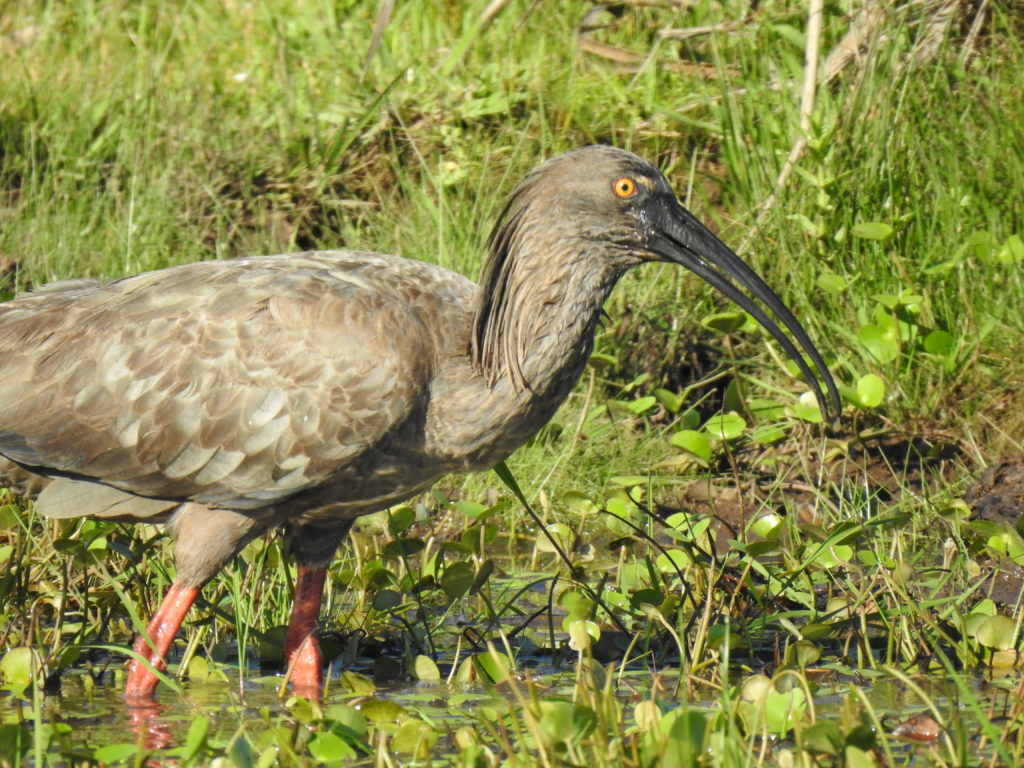
Plumbeous Ibis 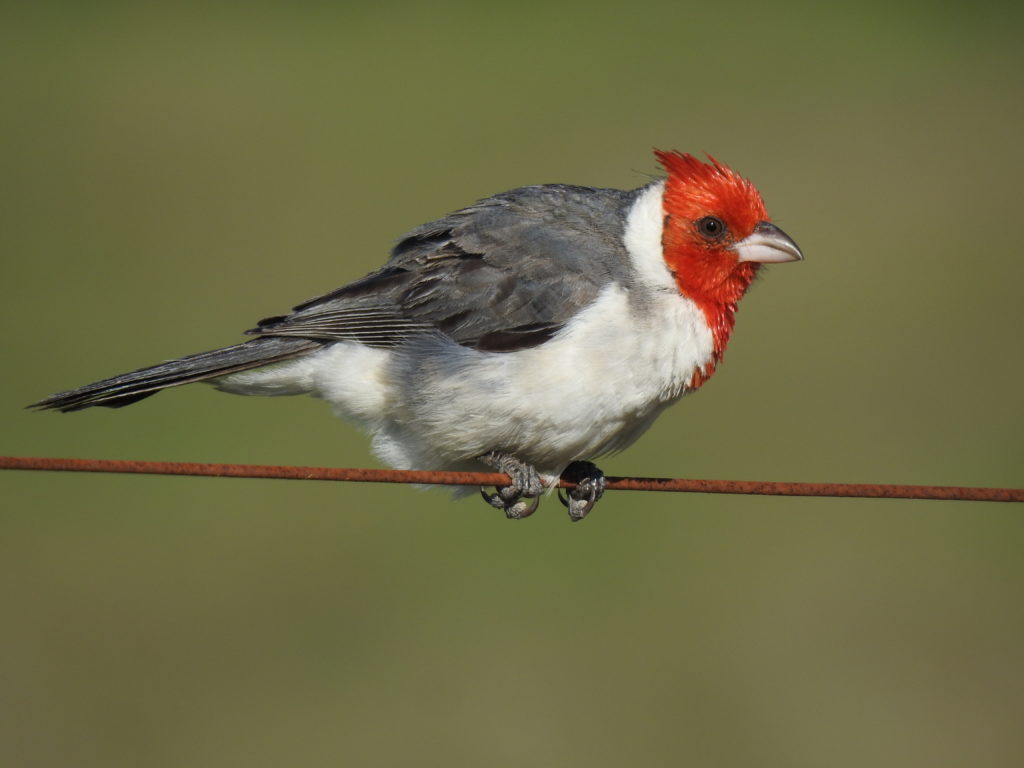
Red-crested Cardinal 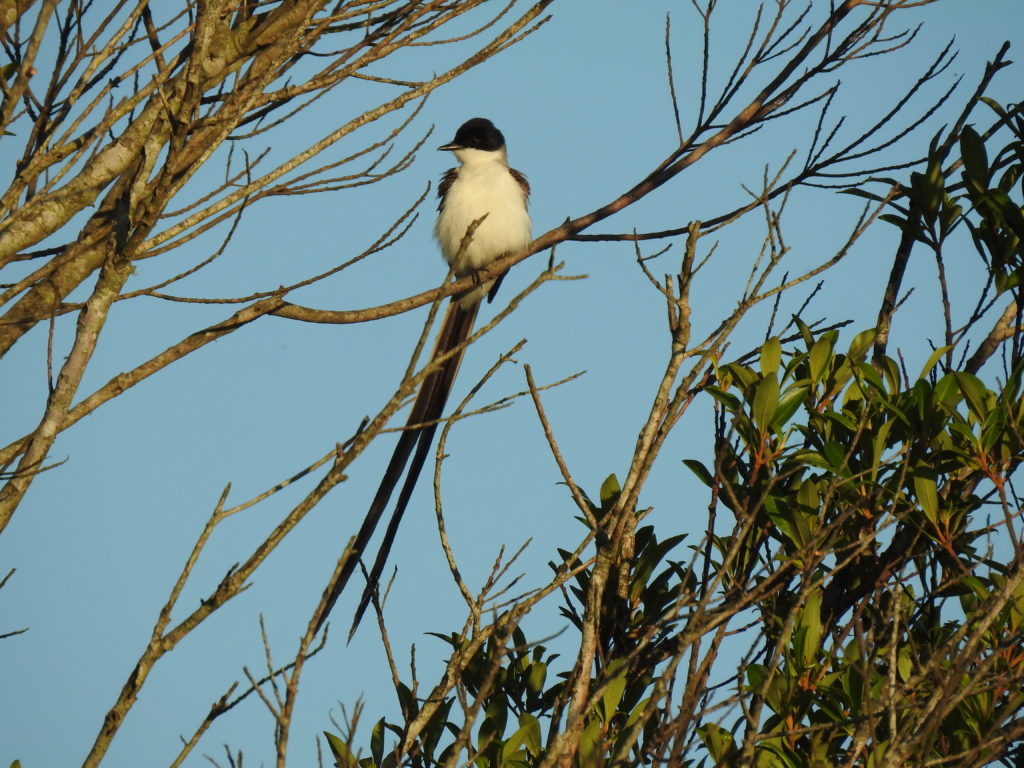
Fork-tailed Flycatcher 
Greater Rhea 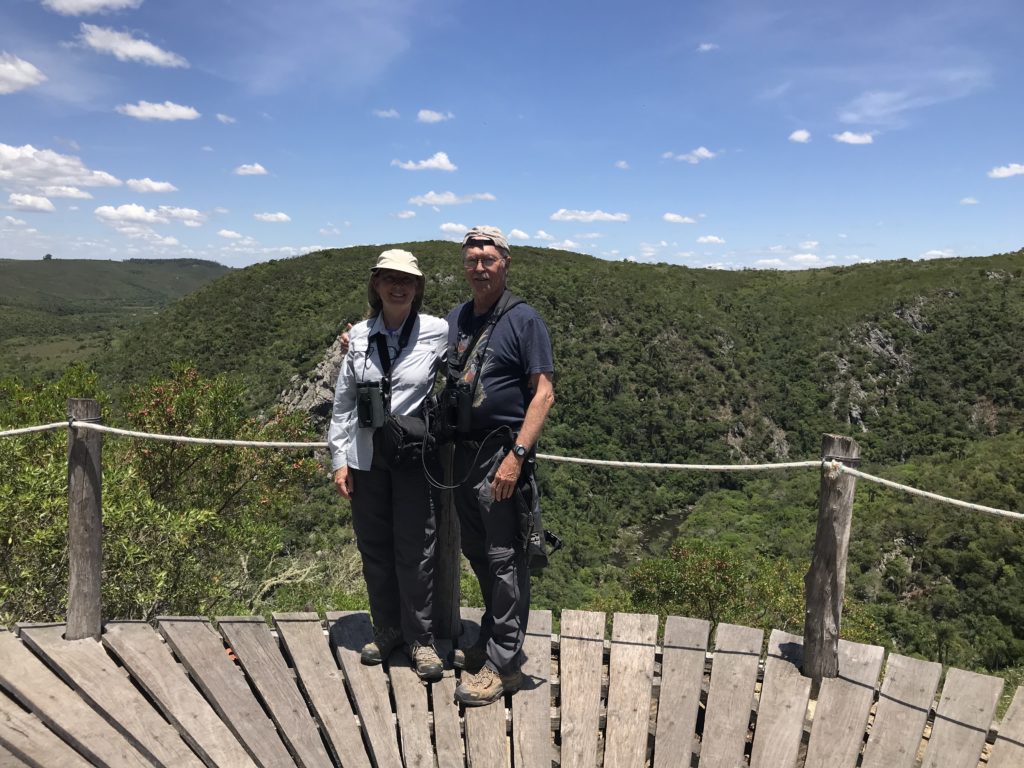
At the Quebrada de los Cuervos overlook 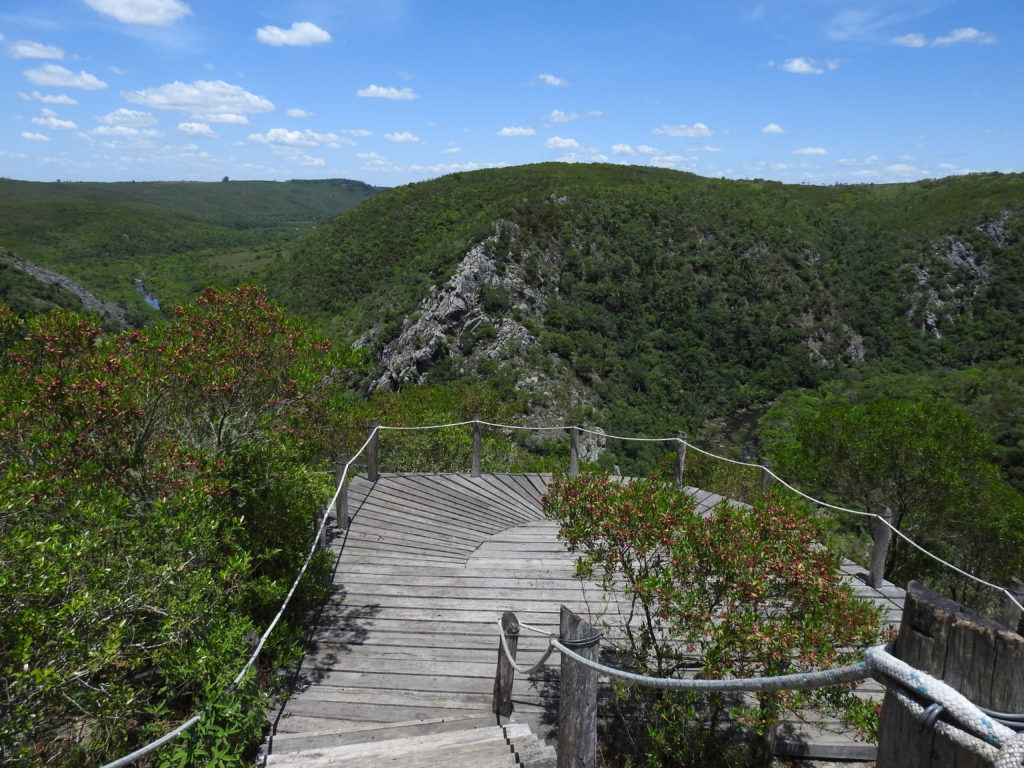
Steep boardwalk down to the overlook! 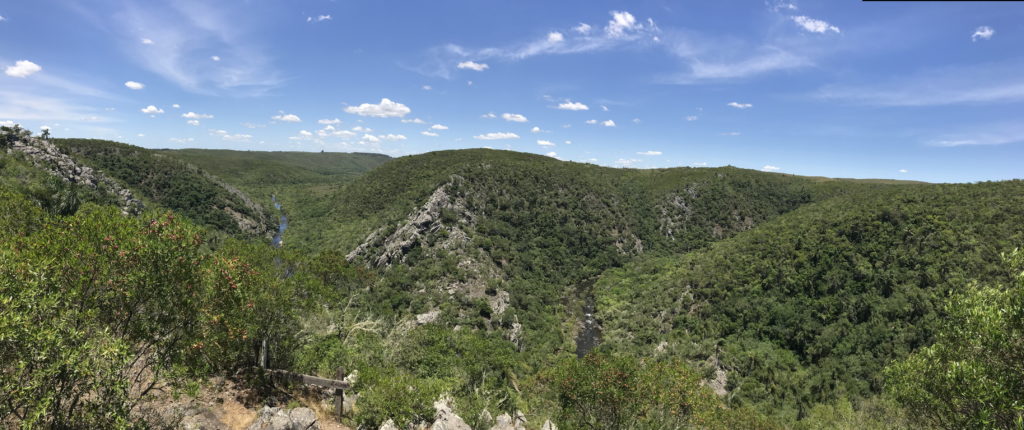
The sharp bend in the Quebrada is in the center of the photo
From there, we drove north to Paso Centurion, on the border with Brazil. This area is an extension of the Brazilian coastal rainforest. We stayed at the home of a charming couple, Francisco and Laura. They are working to establish ecological reserves in an area dominated by cattle ranching. We had our first vegetarian Thanksgiving here — thick slices of baked pumpkin were the main course! Laura and Florencia guided us on our birding quests. In the evenings, we had fascinating discussions with all three of them about global and local environmental issues and the work of their non-profit, COENDU (Conservacion de Especies Nativas de Uruguay), to build support for preservation.
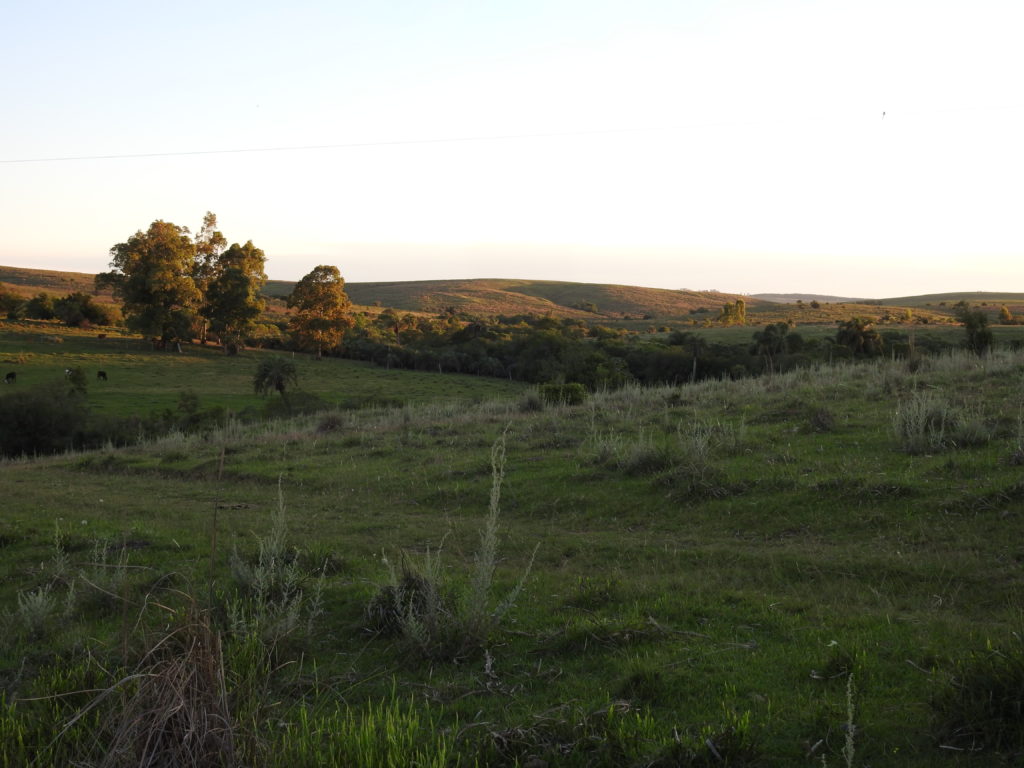
Ranchers are learning about the value of ecotourism from Laura & Francisco 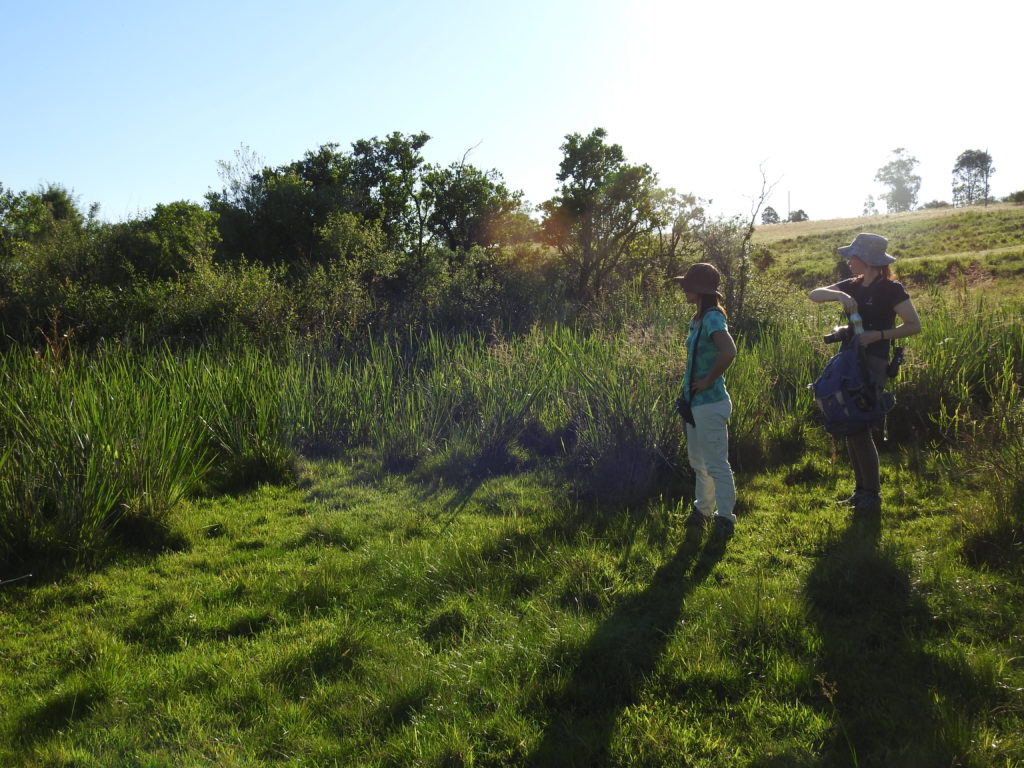
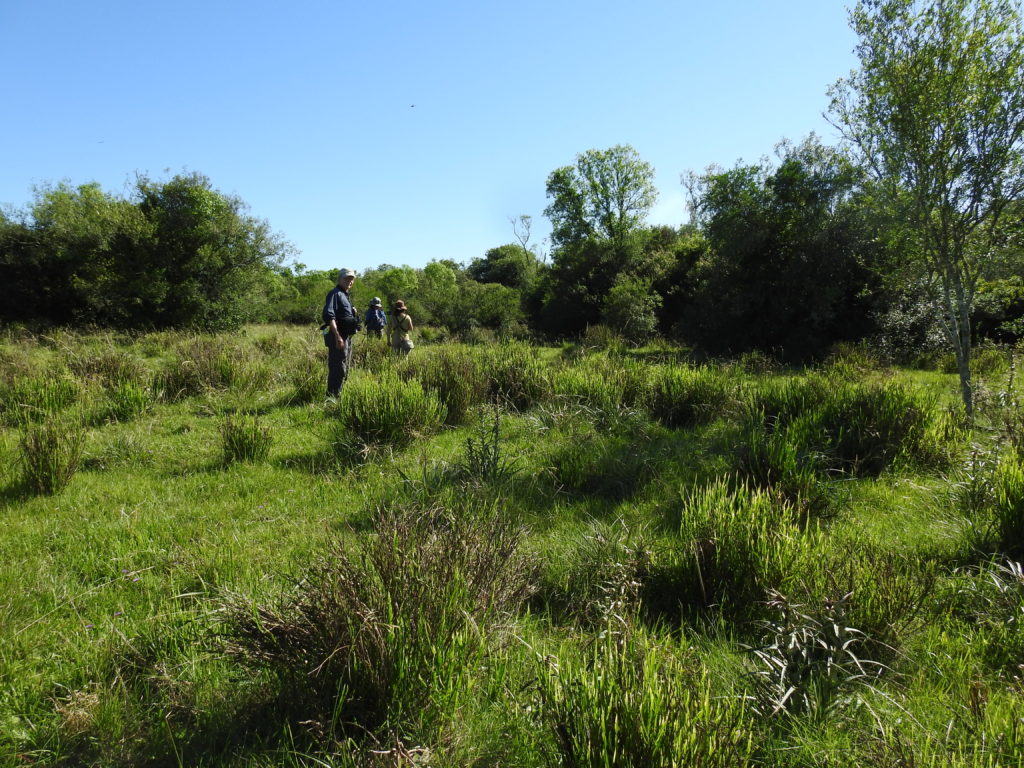
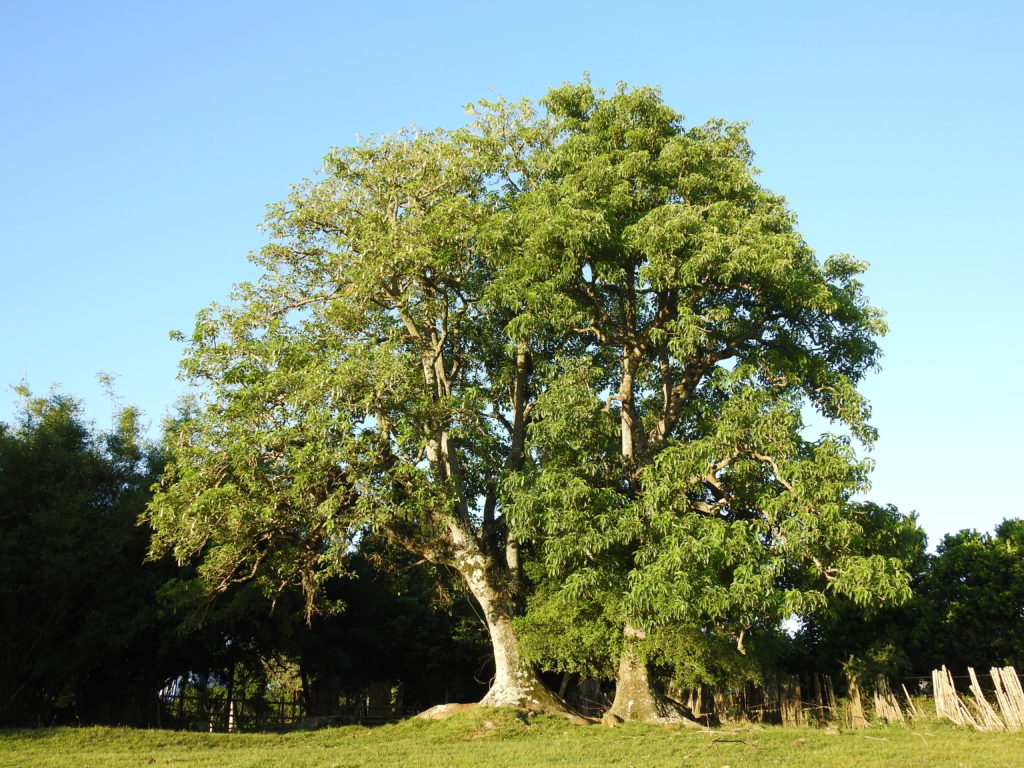
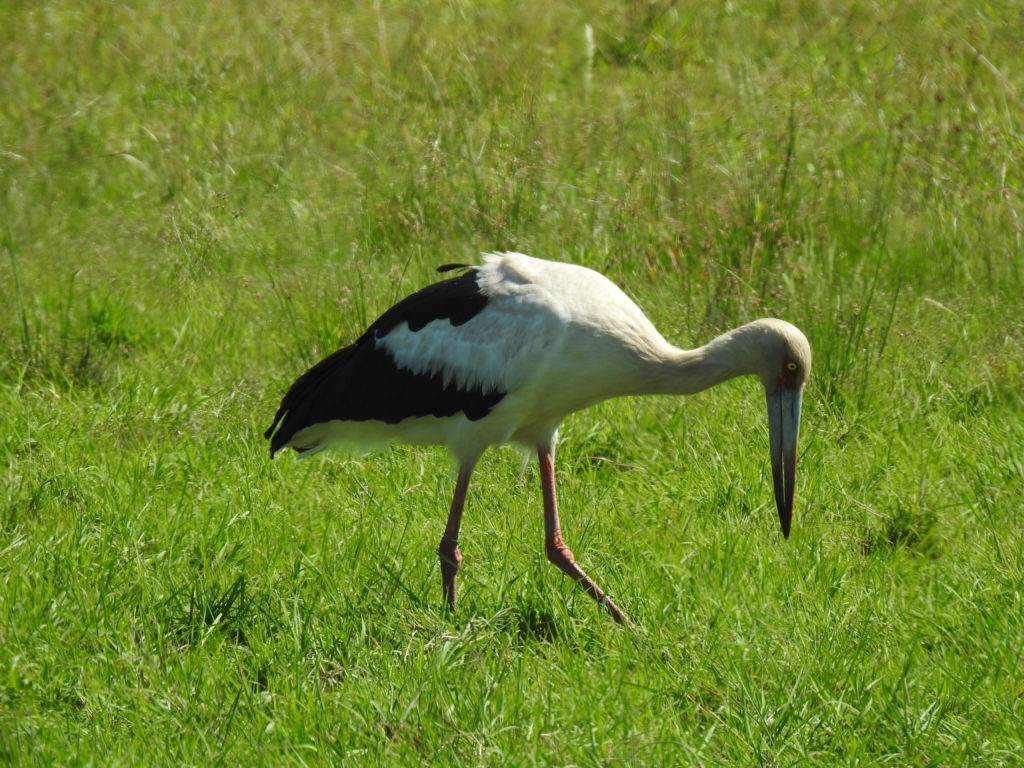
Maguari Stork 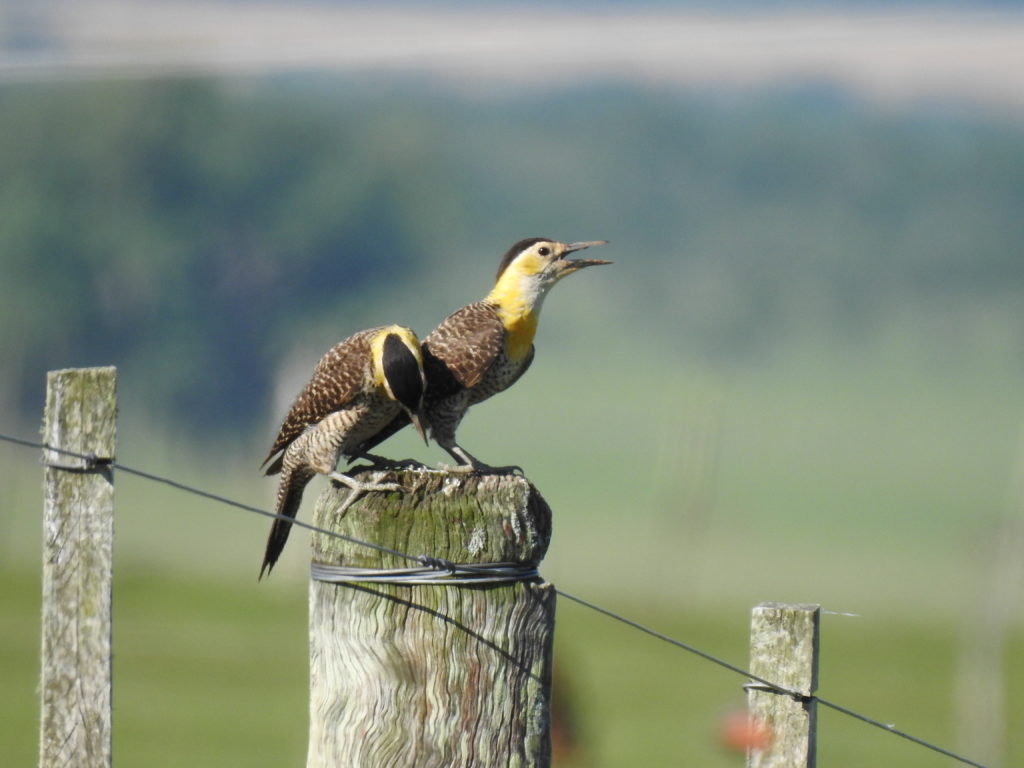
Campo Flicker pair 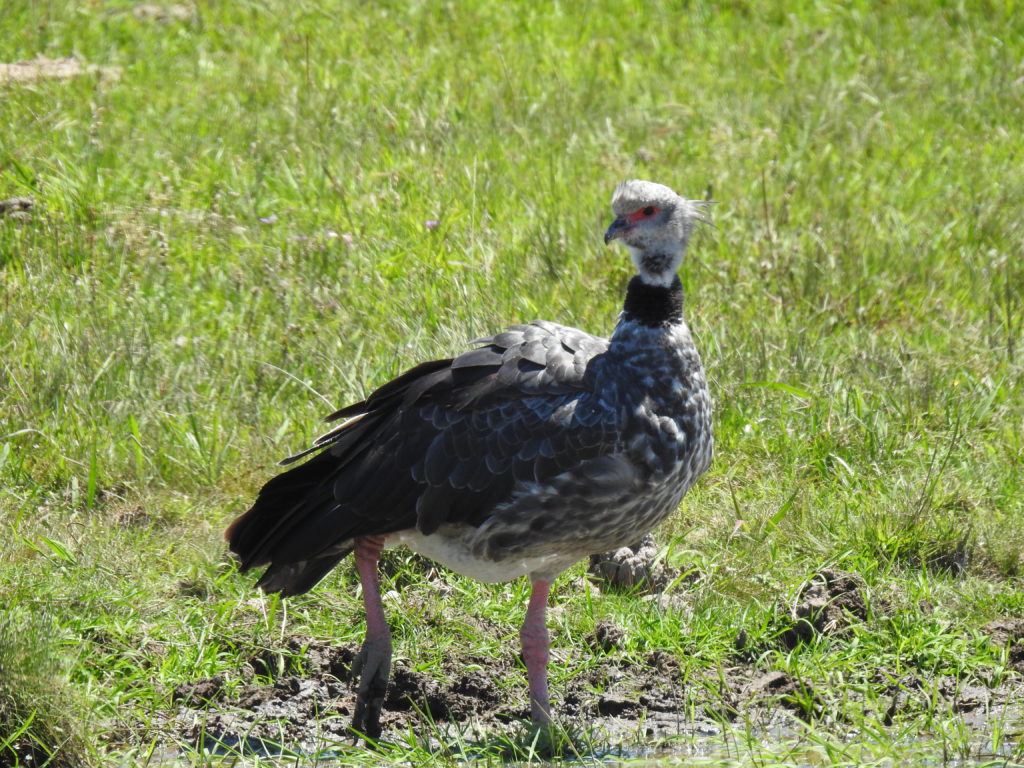
Southern Screamer 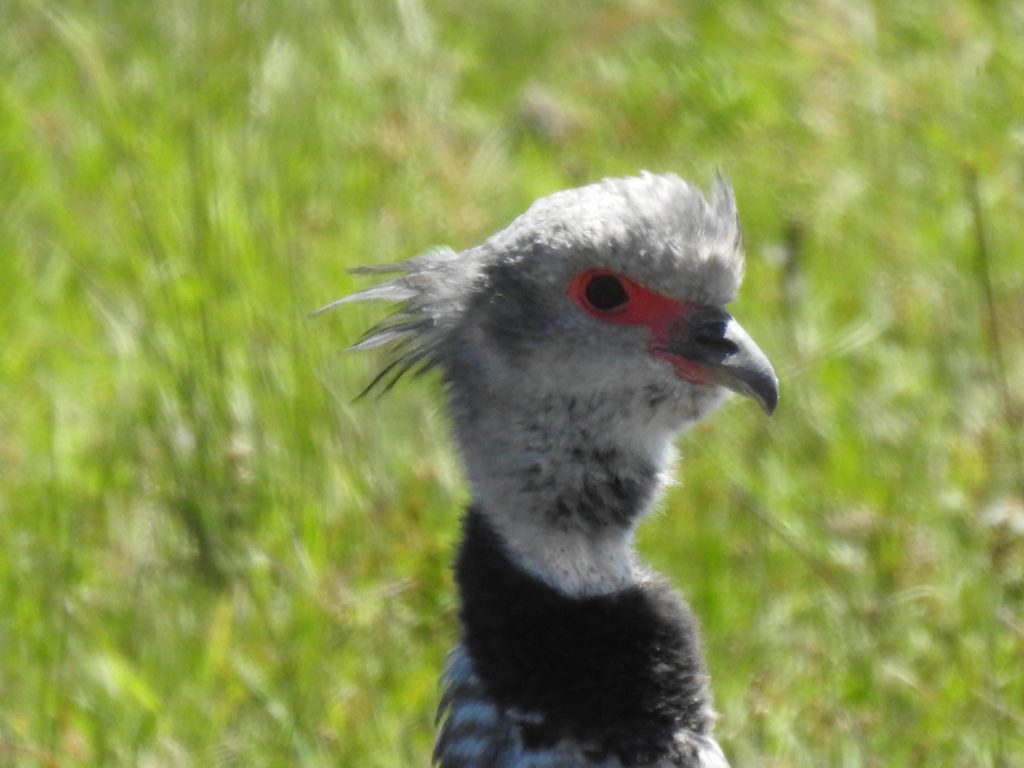
Close-up 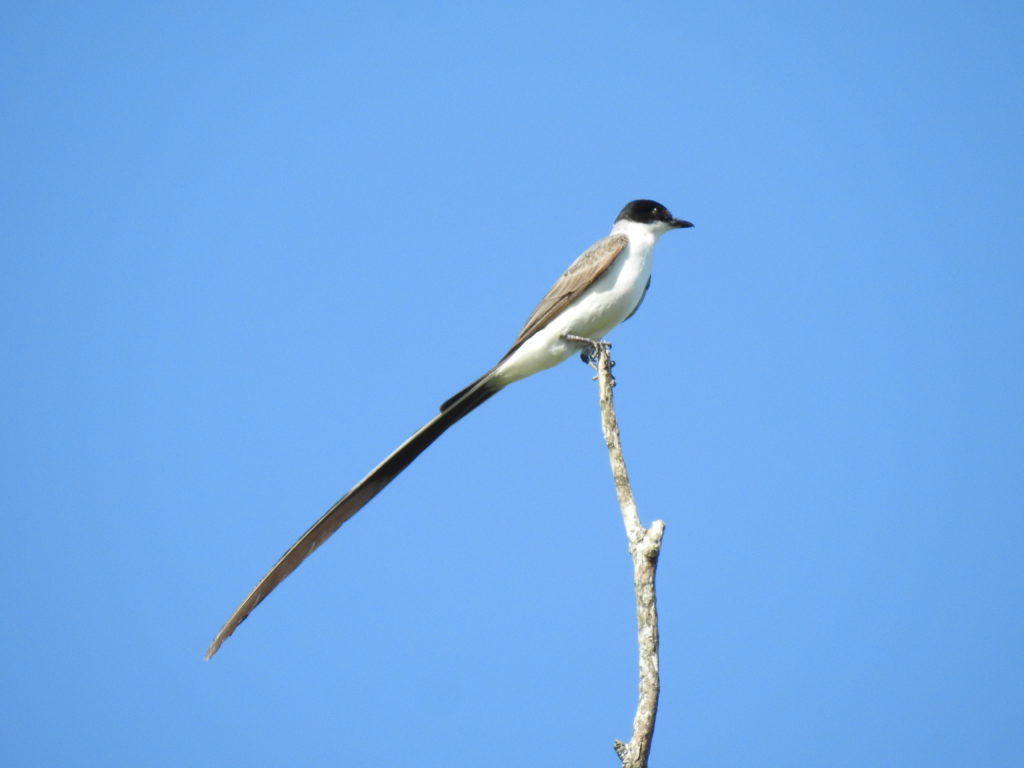
Fork-tailed again 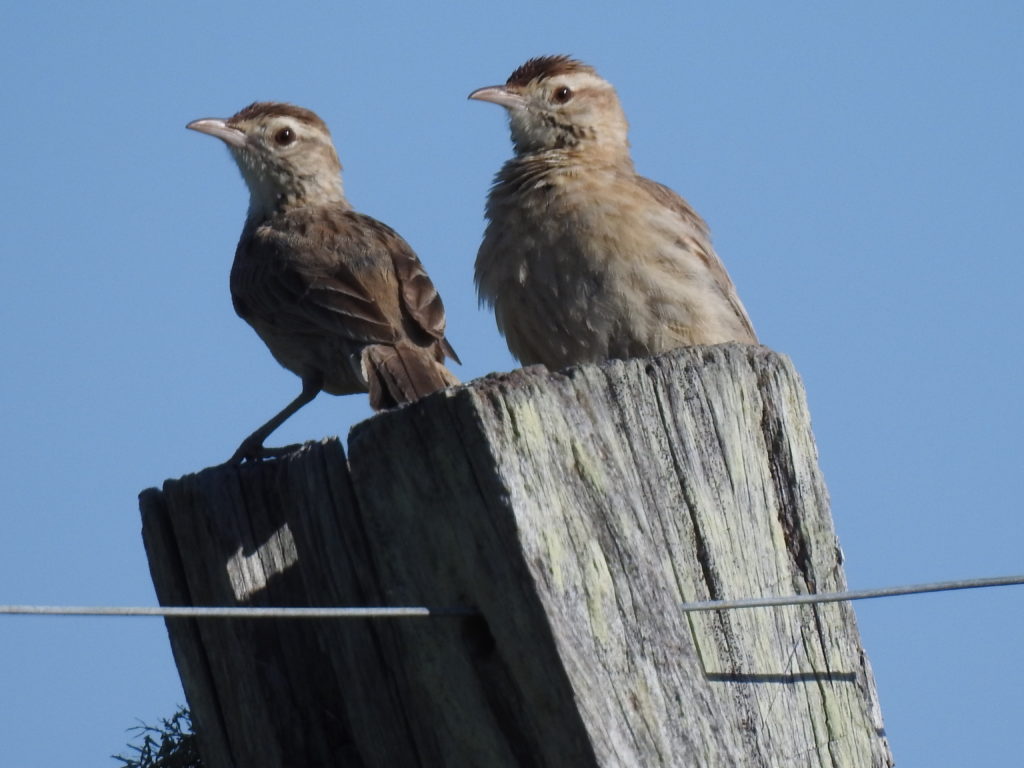
A Firewood-gatherer couple 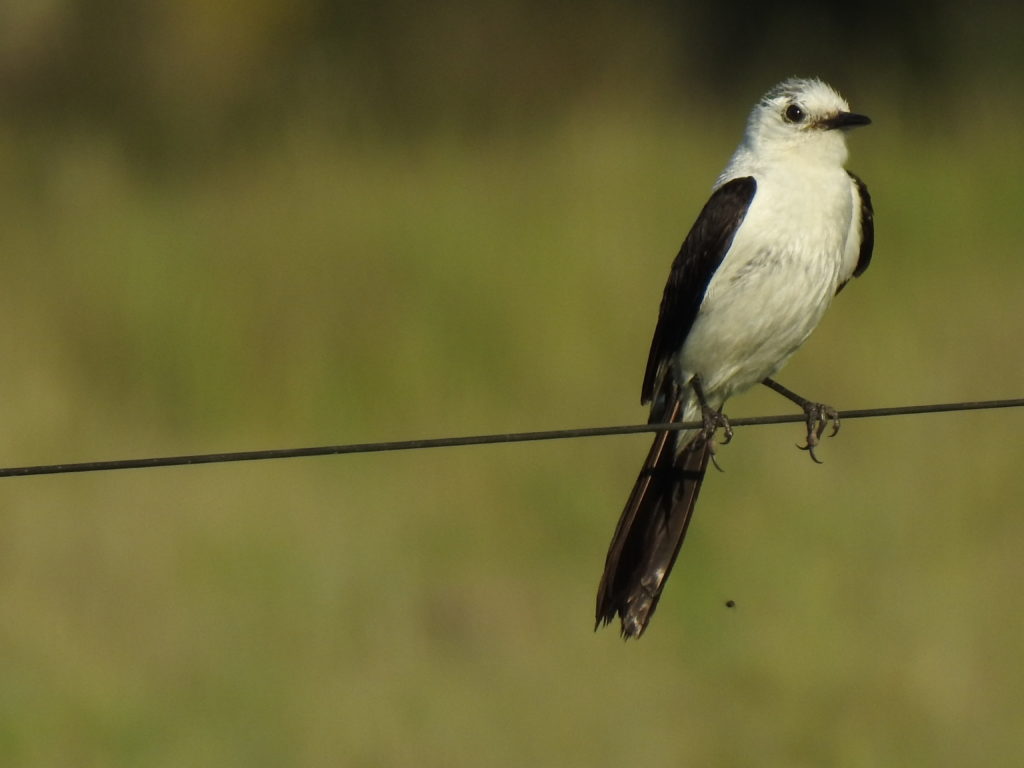
Black-and-white Monjita 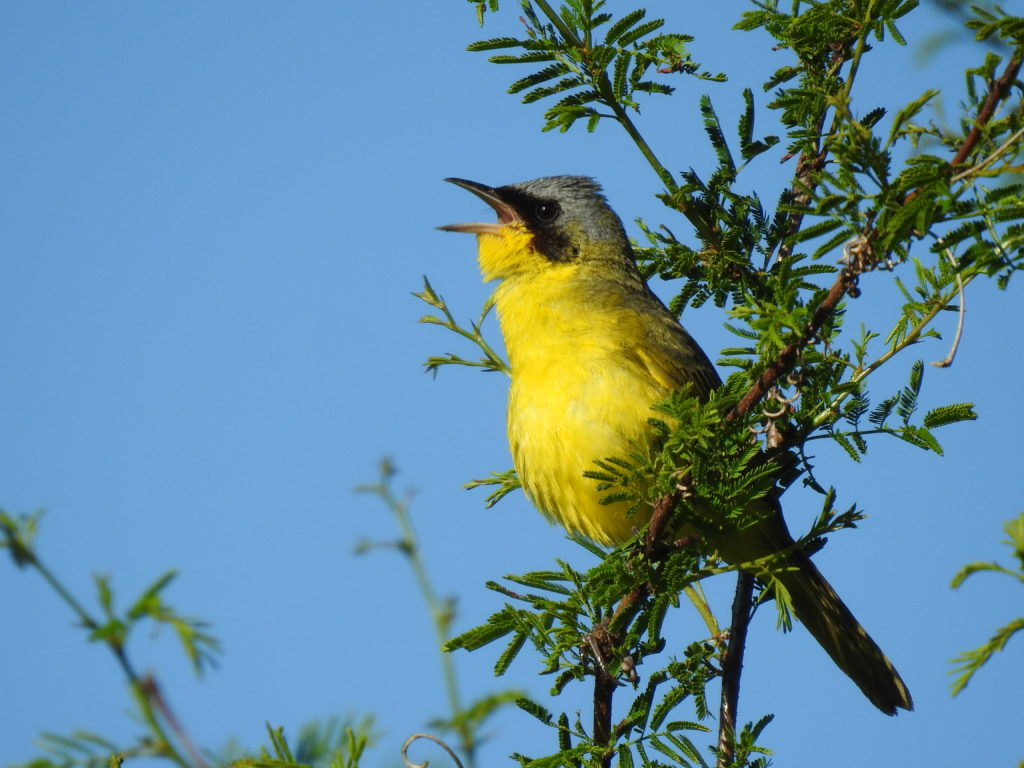
Masked Yellowthroat 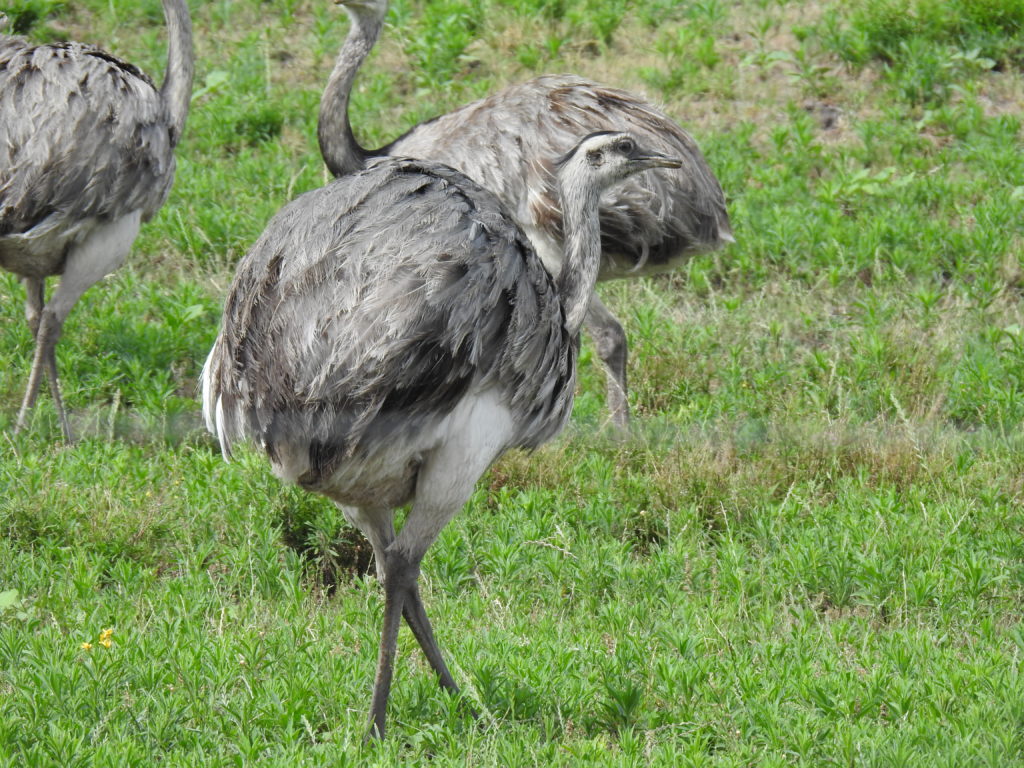
More Rheas 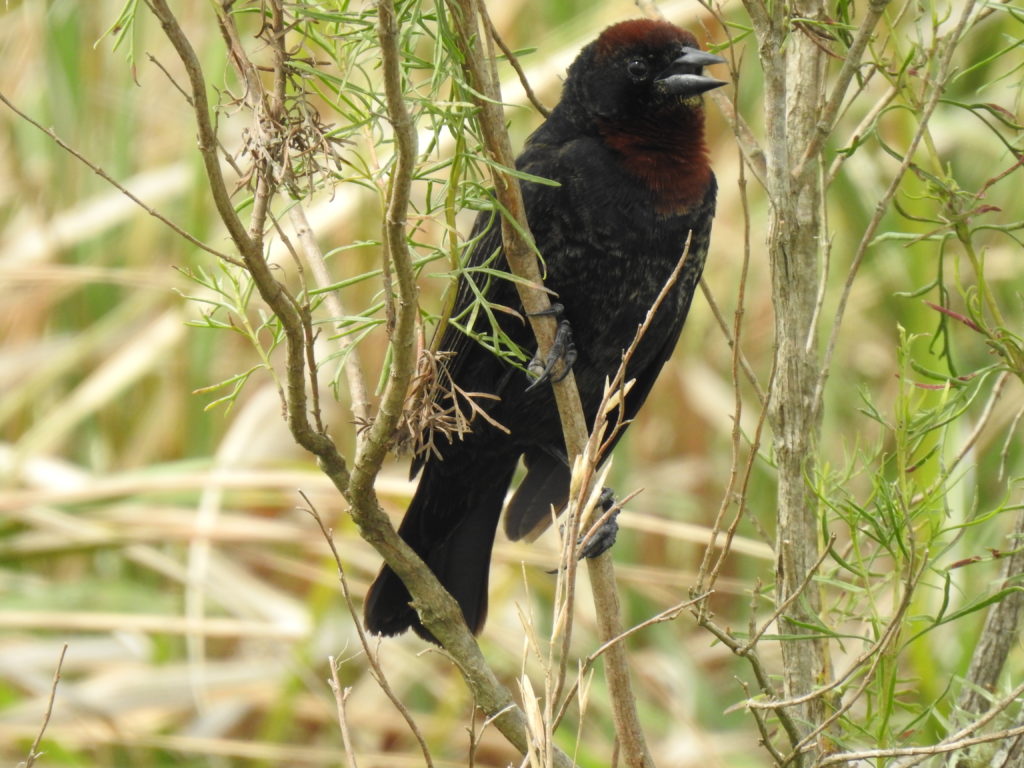
Chestnut-capped Blackbird 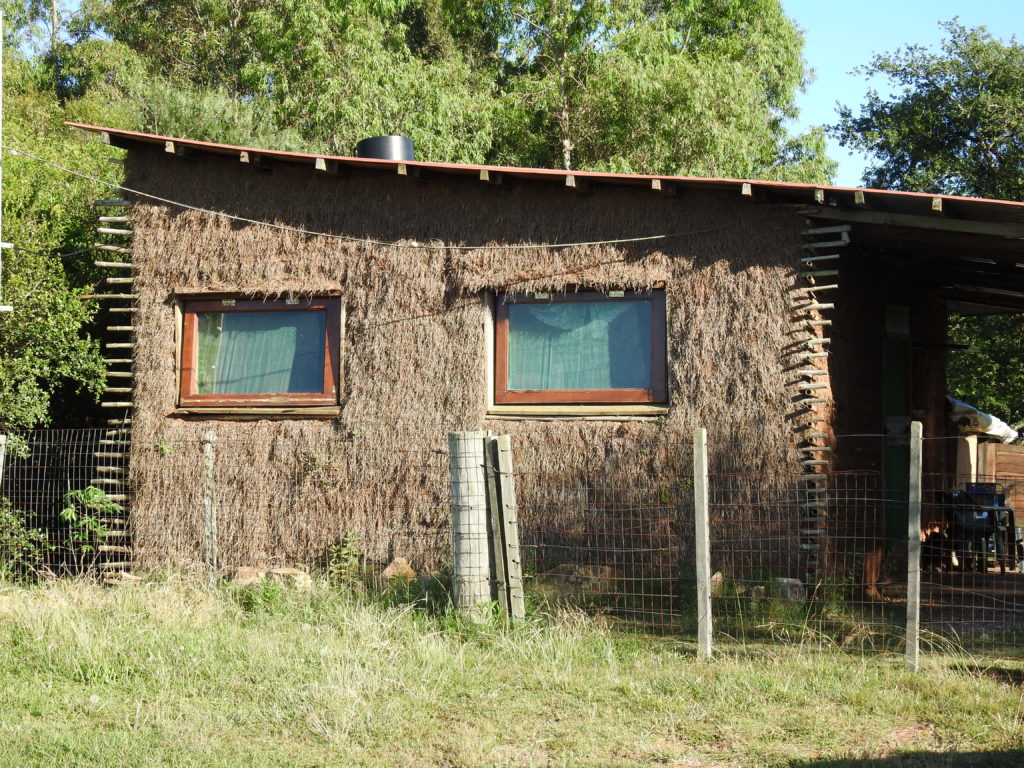
Francisco and Laura built their house 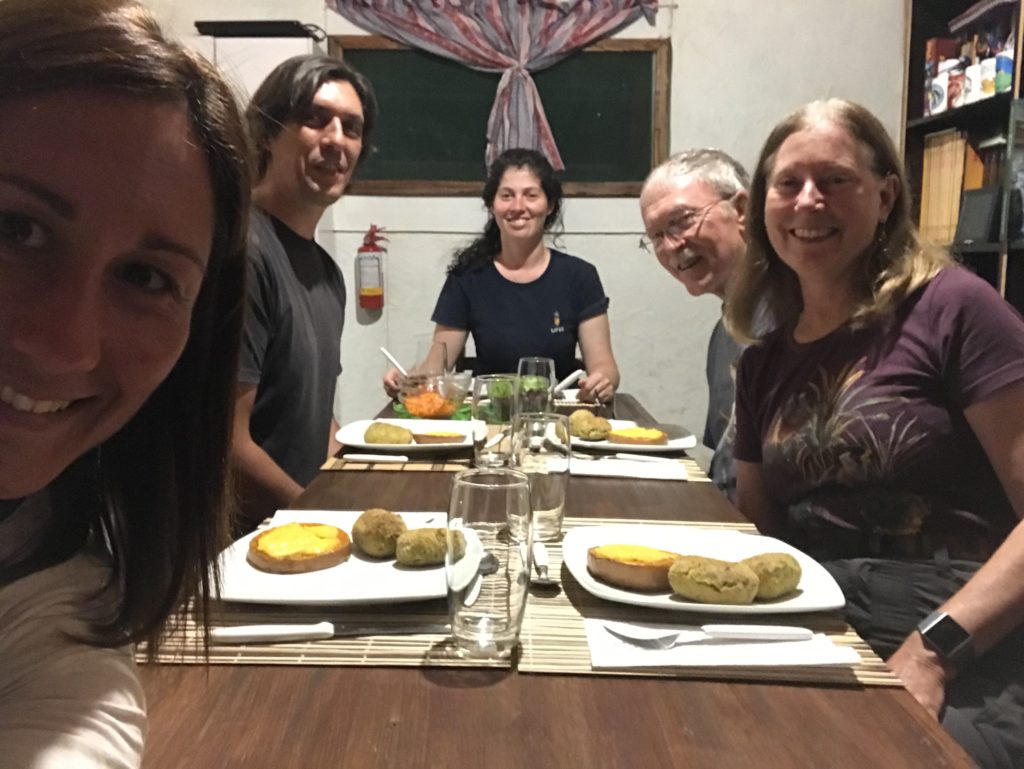
Vegetarian Thanksgiving dinner! Florencia, Francisco, Laura, Terry & Karen 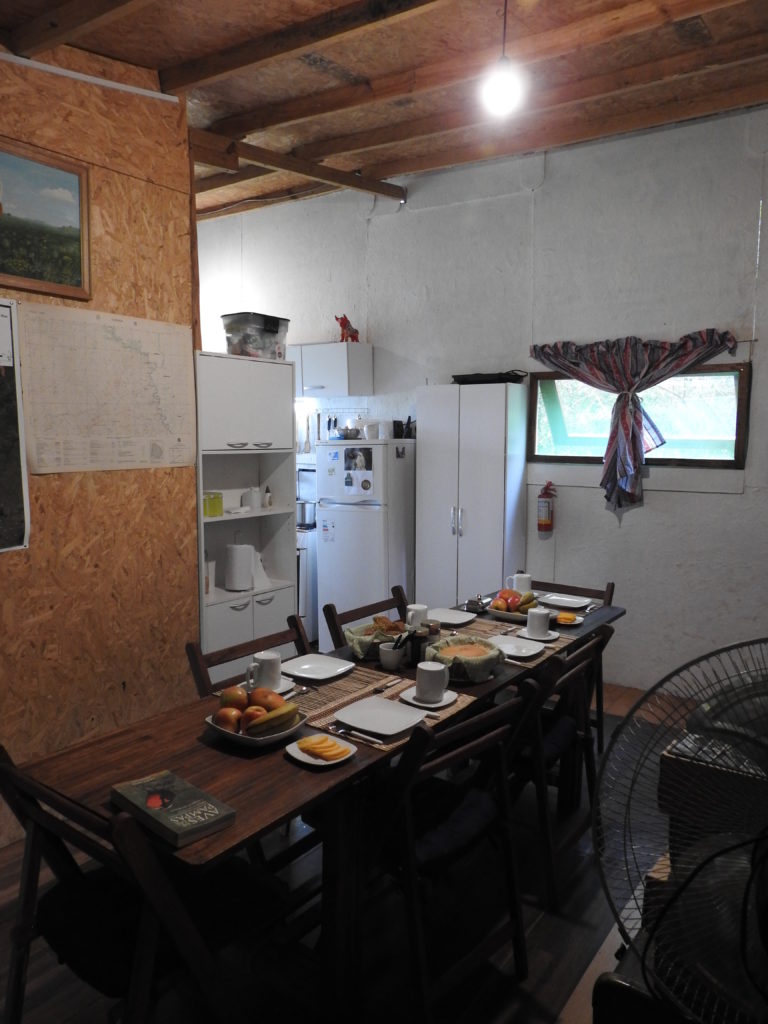
Another inviting dining room 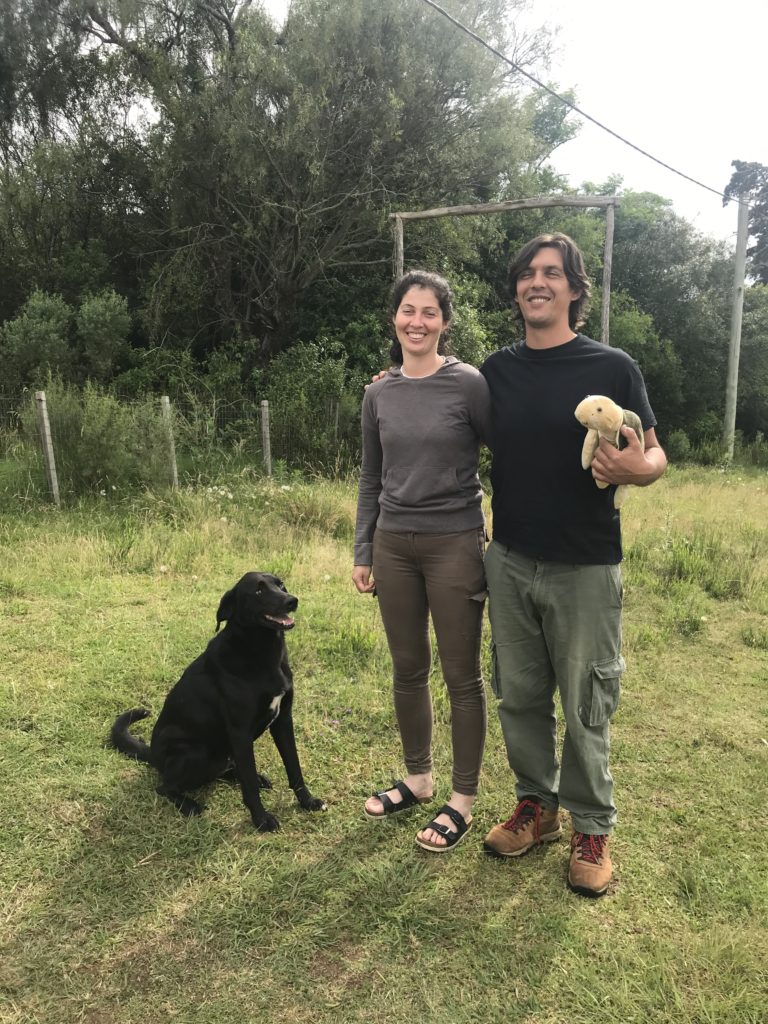
Laura & Francisco with Ramon and their turtle pal 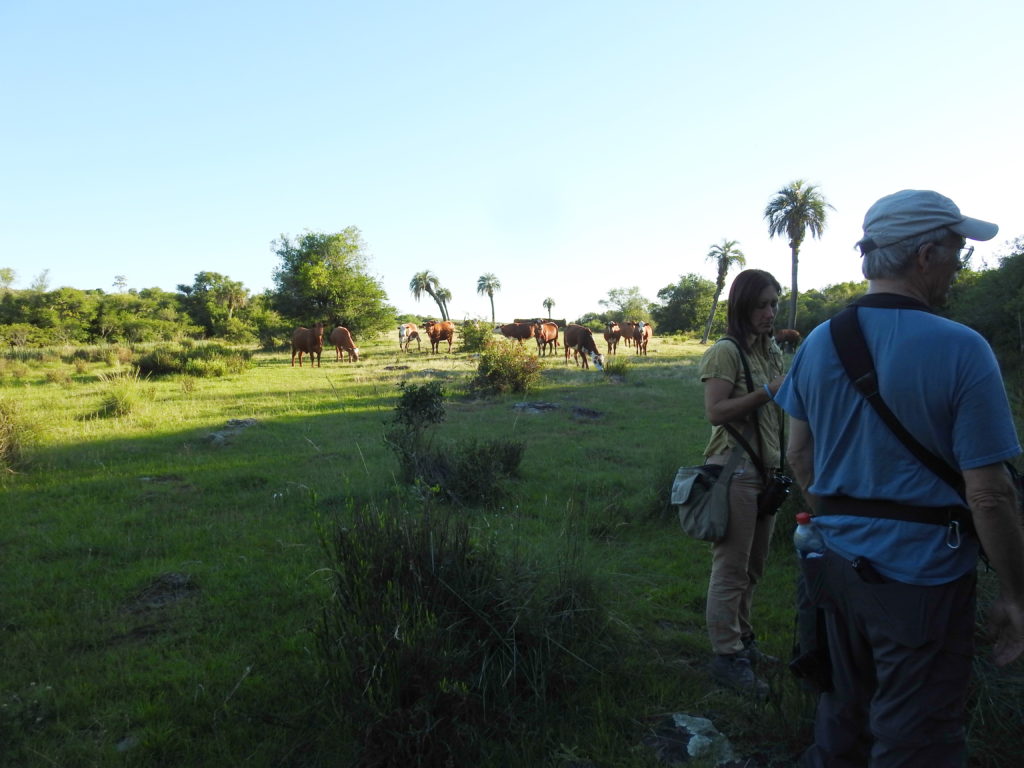
Birding with cattle 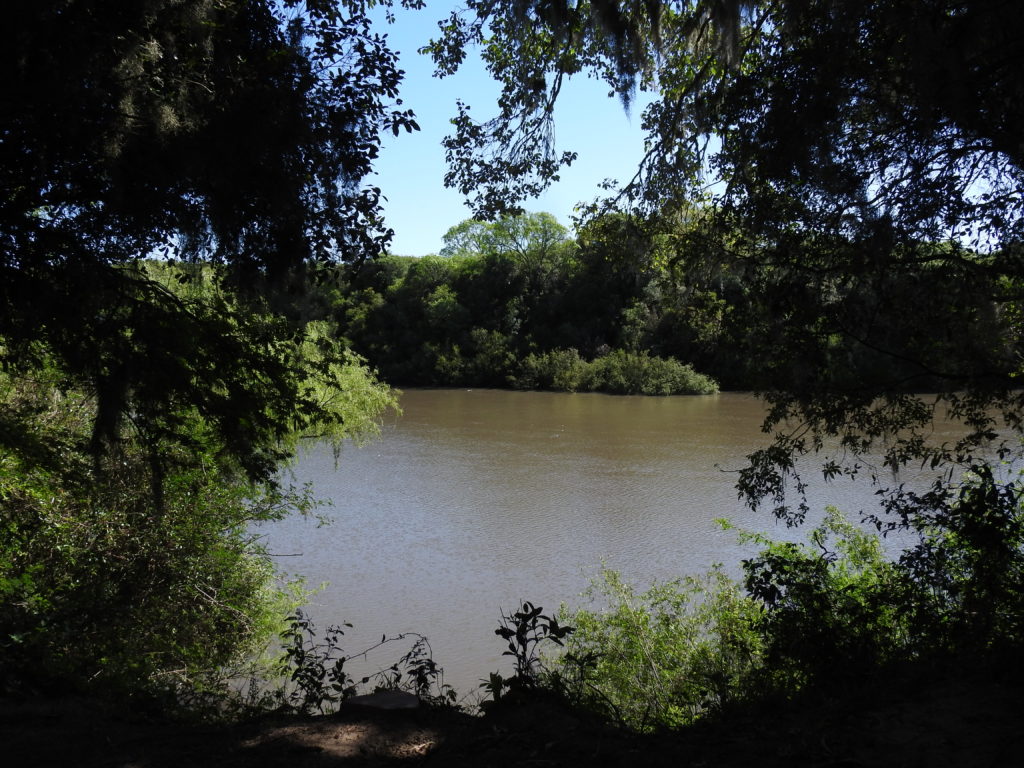
The Rio Jaguaron is the border between Uruguay and Brazil
Our last stop was in the coastal town of Chuy in Rocha Province. We stayed in the Hosteria Fortin de San Miguel, built in the 1970’s but designed to look like the historical fort across the street, built by the Portuguese in 1737. This area is a Biosphere Reserve & RAMSAR-designated wetland. We birded in wetlands and grasslands near the Atlantic Ocean despite the high winds. Our last stop was Barra de la Laguna, a sand bar between the Laguna de Rocha and the Atlantic Ocean. We enjoyed our final lunch at Parador La Bolsa, a restaurant built in the ferry that was no longer needed after a bridge was built to cross the lagoon.
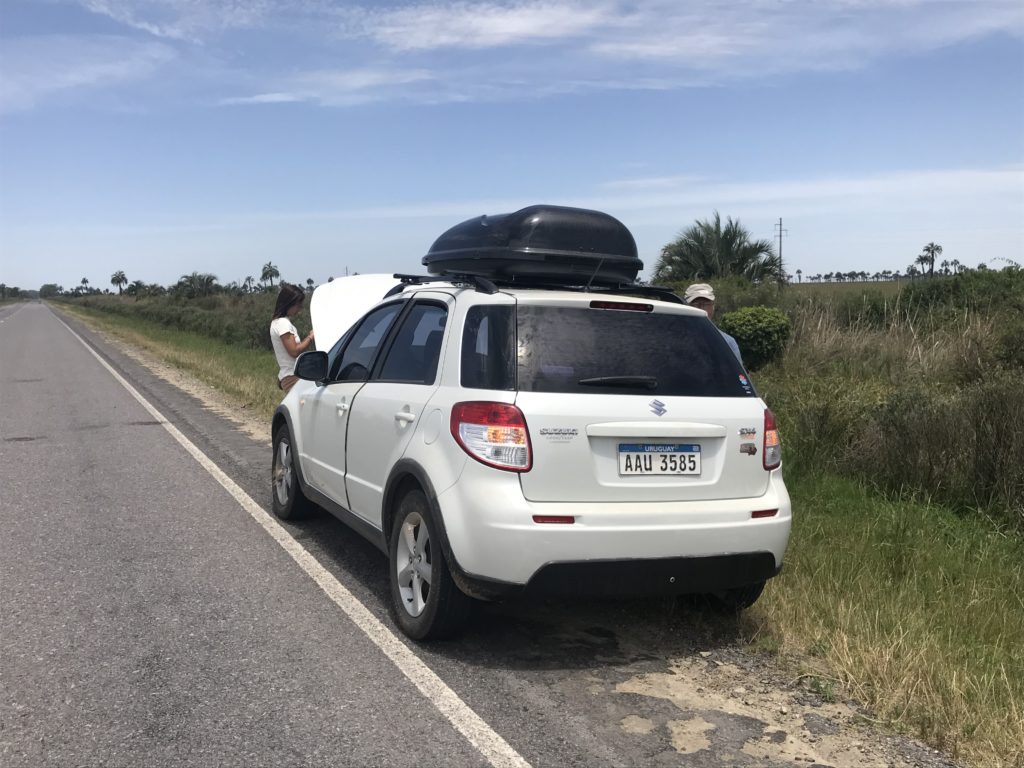
Radiator trouble on the way to Chuy. But Florencia was able to get it completely fixed the same day on a Saturday! Would never happen in a remote part of the US… 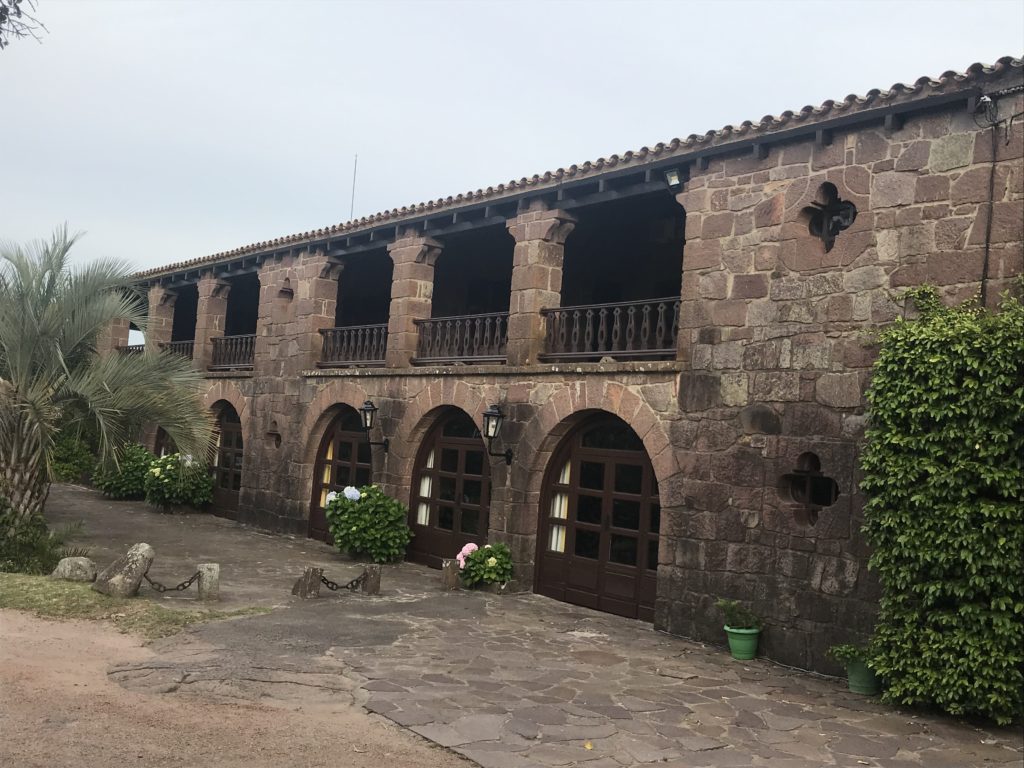
Hosteria Fortin de San Miguel 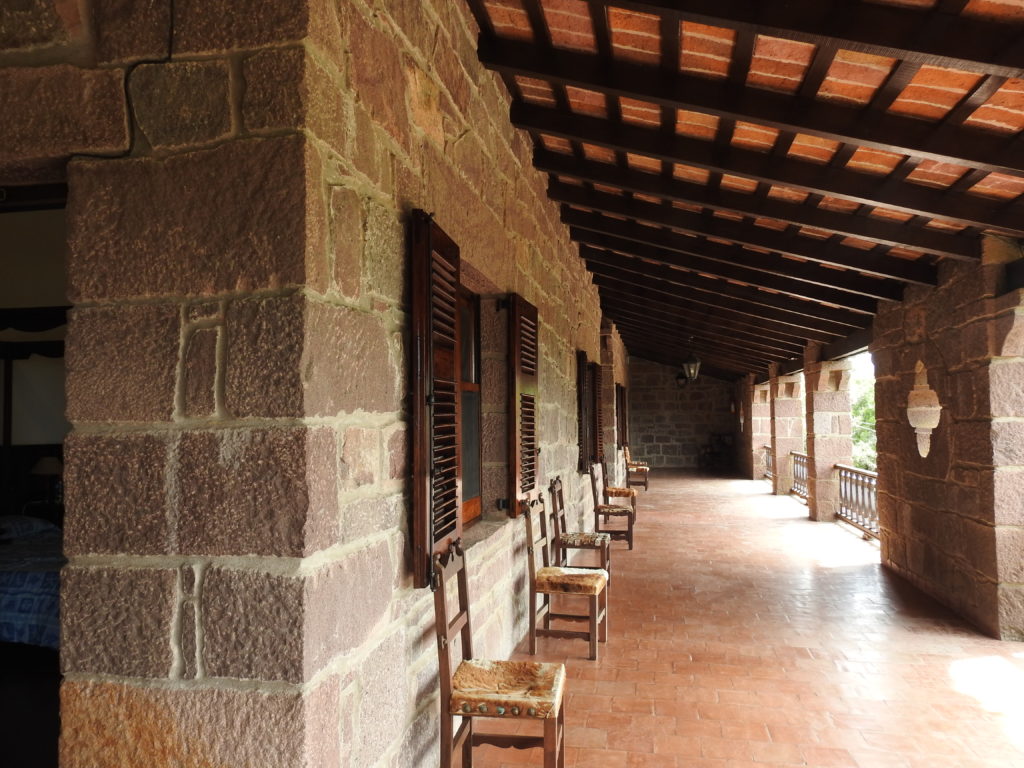
The terrace by our upstairs room 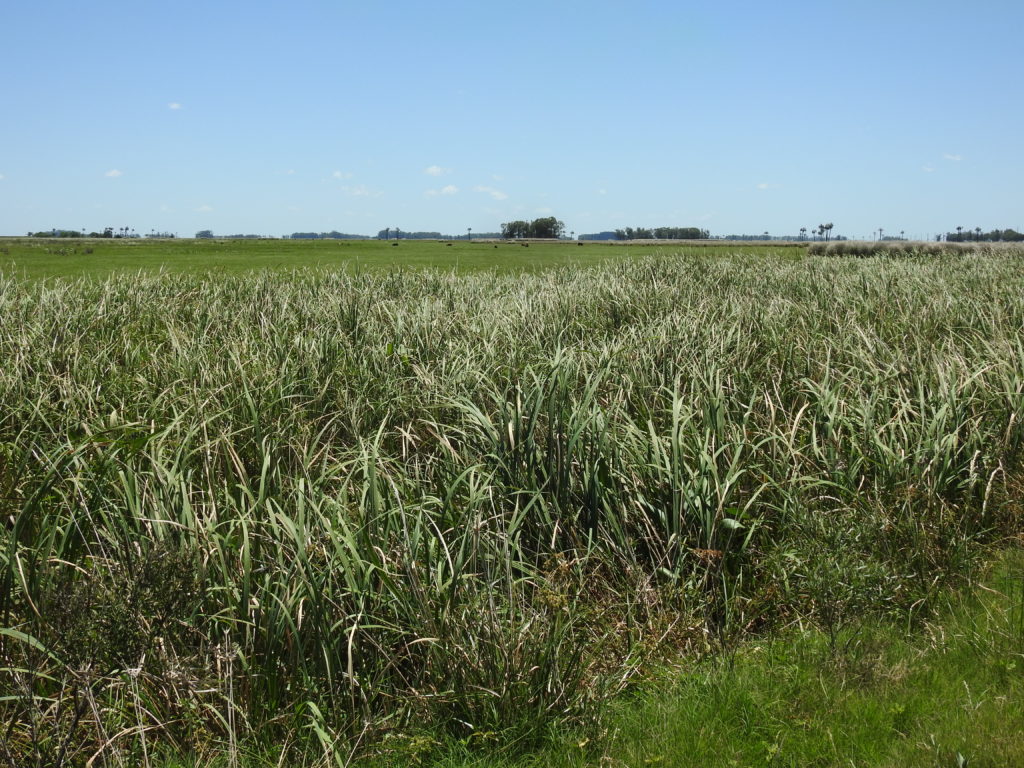
Coastal plain 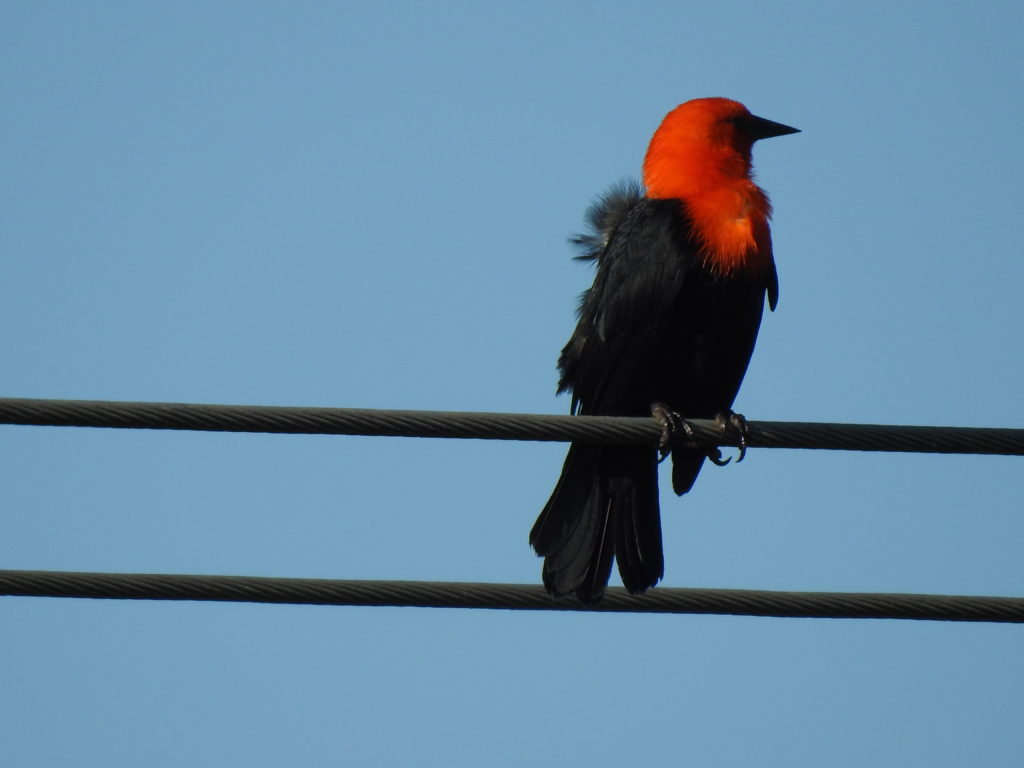
Scarlet-headed Blackbird 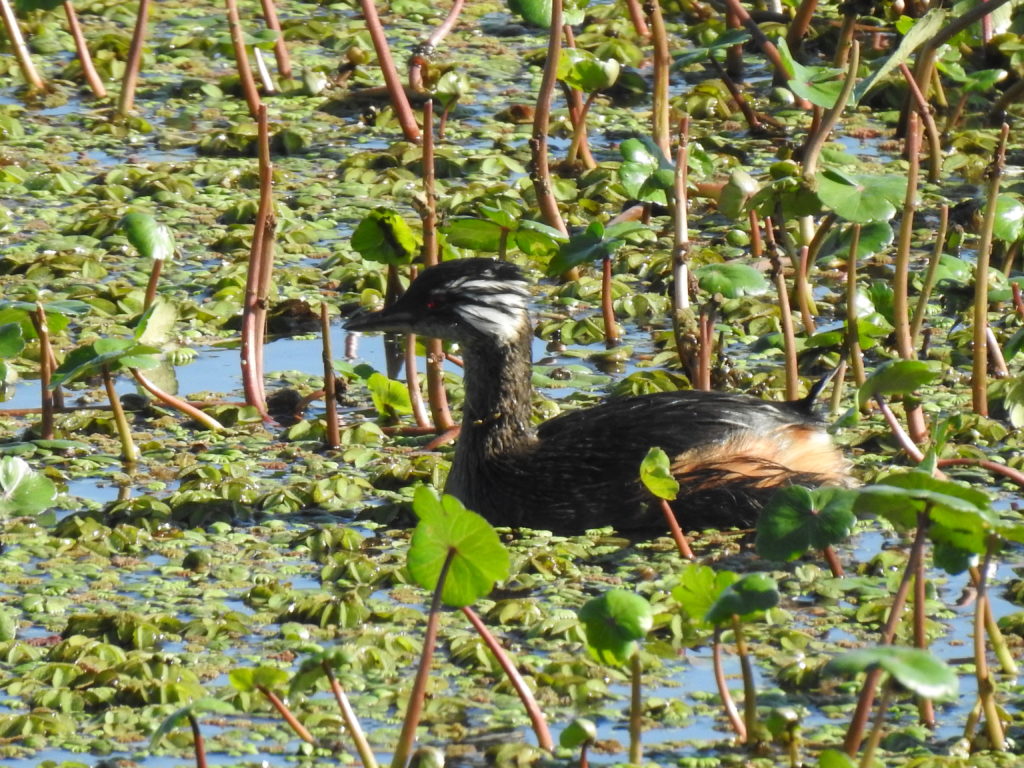
White-tufted Grebe 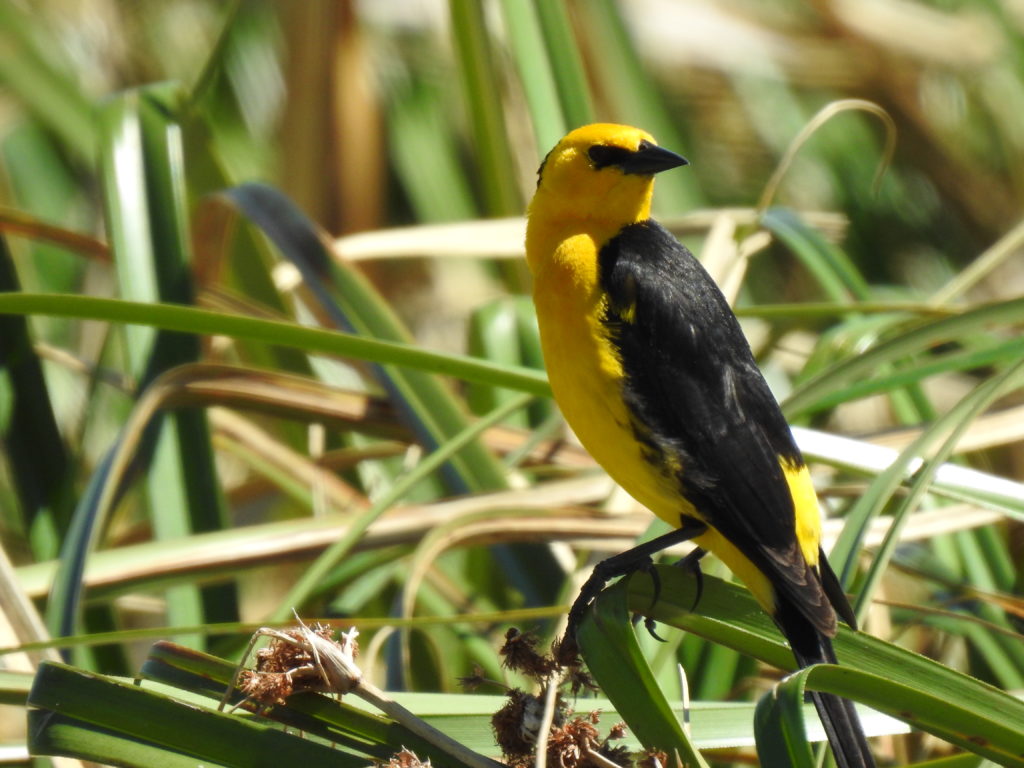
Saffron-cowled Blackbird 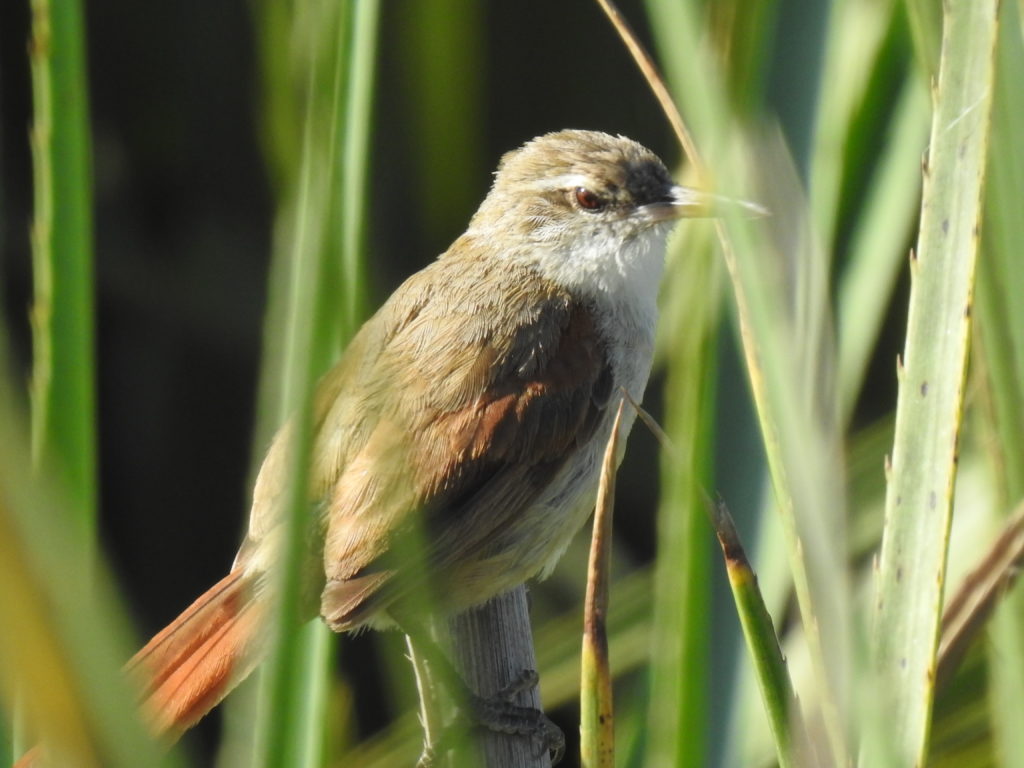
Straight-billed Reedhaunter 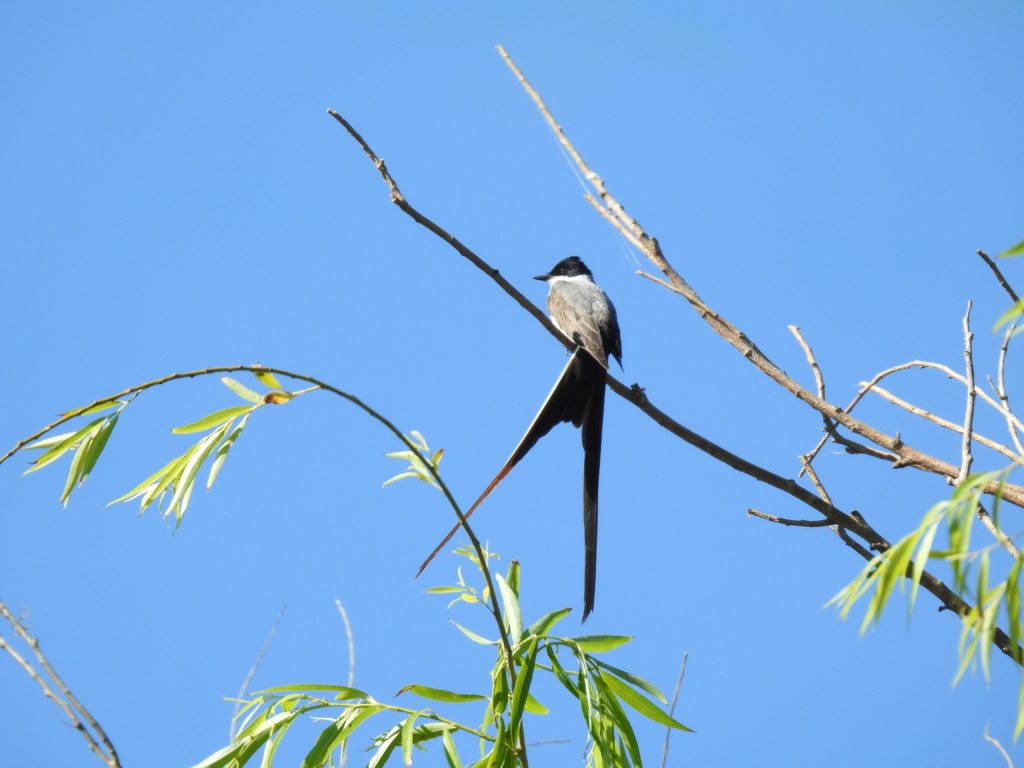
Here’s the fork for the Fork-tailed Flycatcher 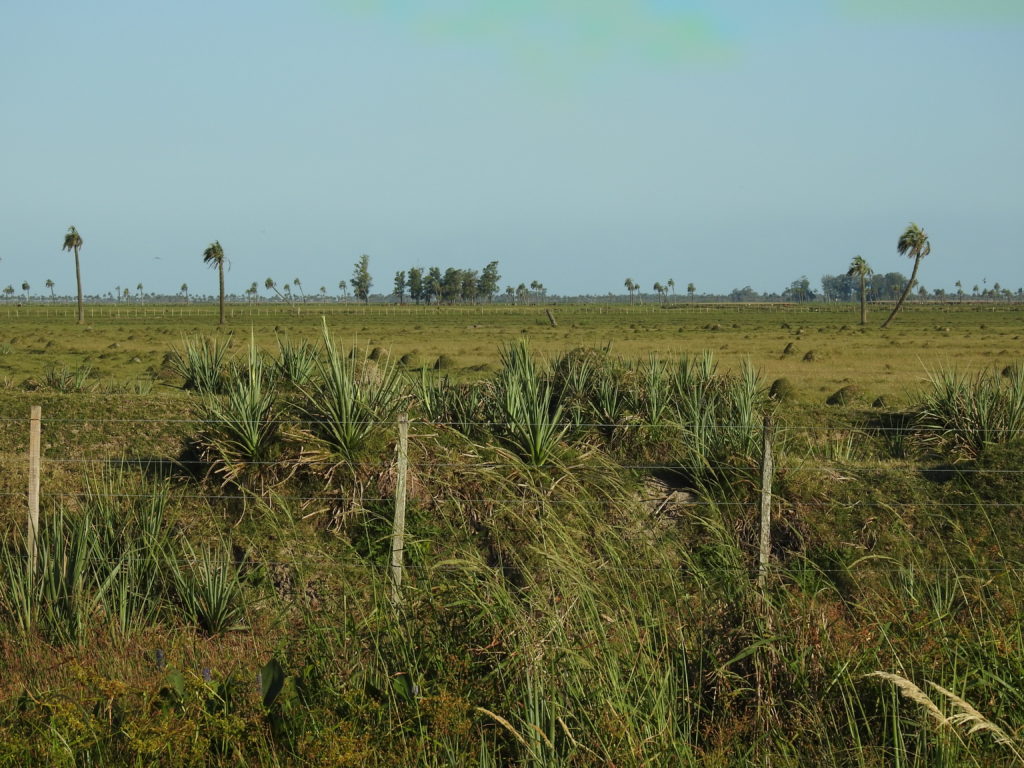
Coastal plain 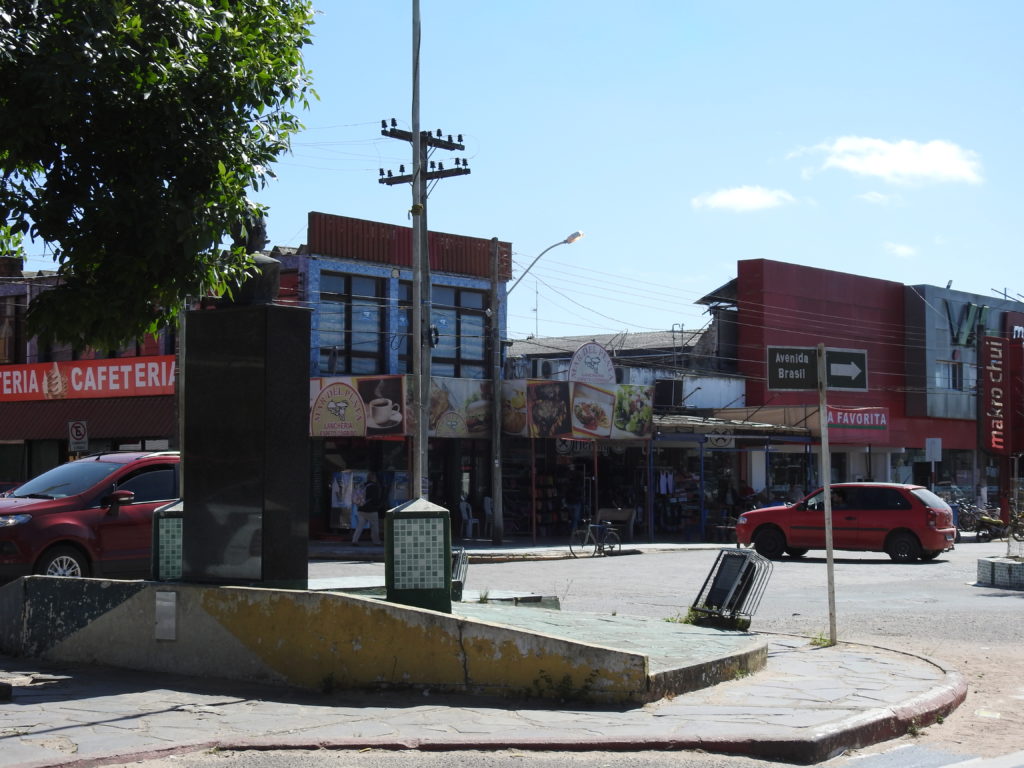
This median is the border between Uruguay and Brazil — those stores are in Brazil! 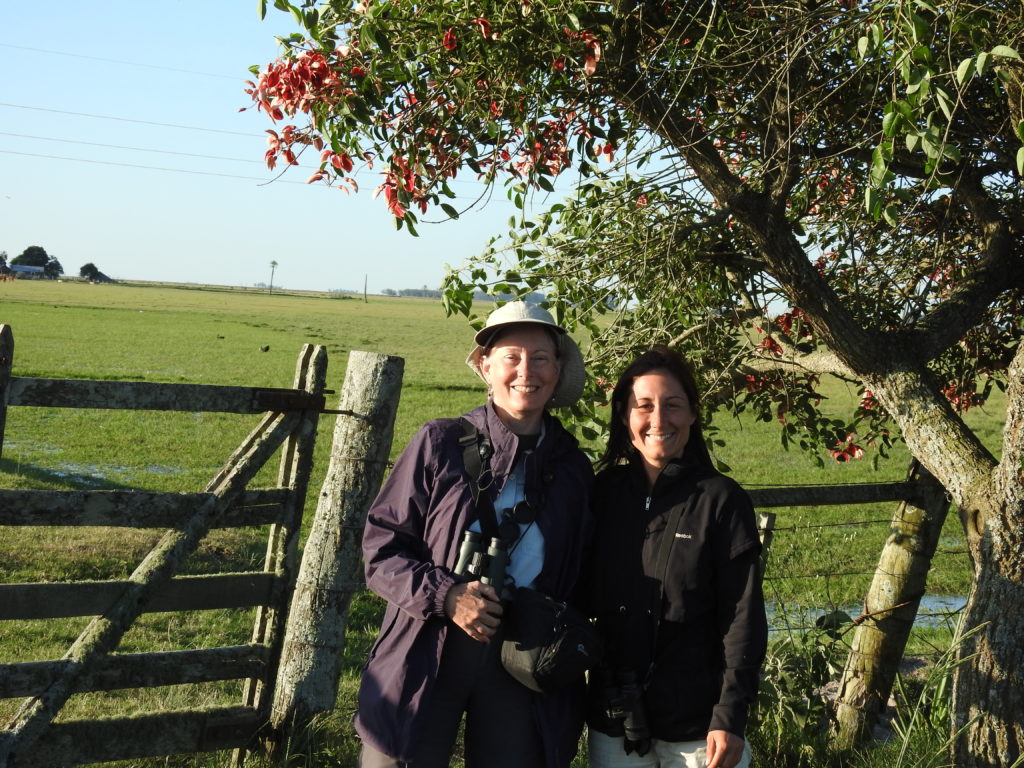
Karen and Florencia 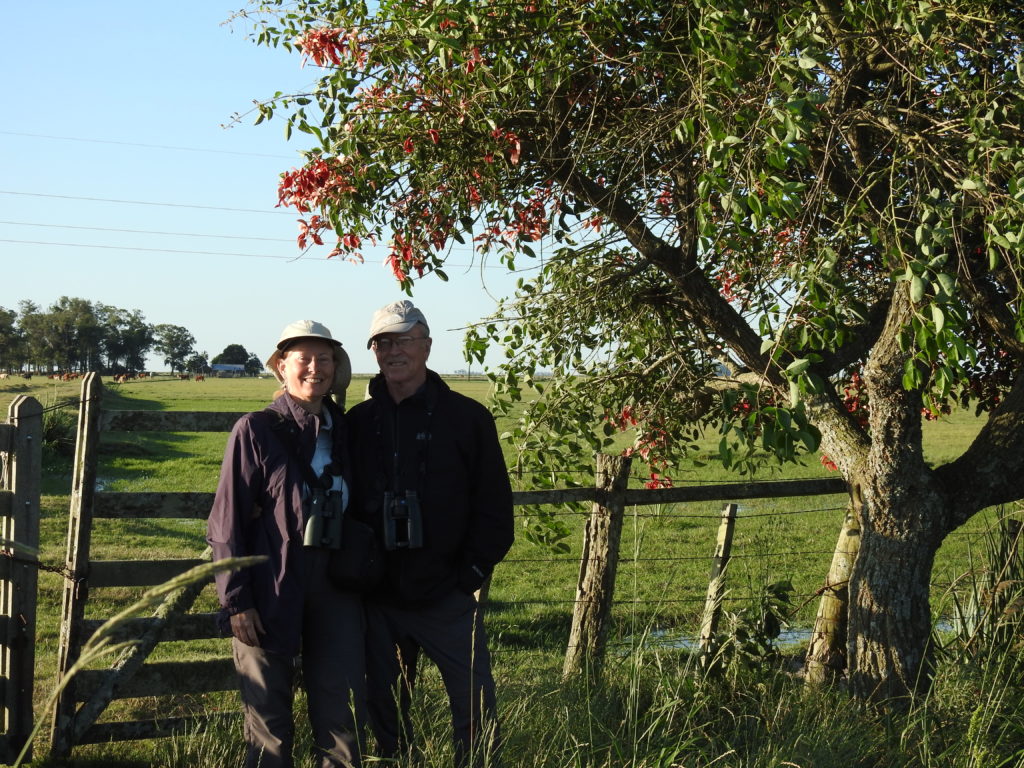
In Rocha Province 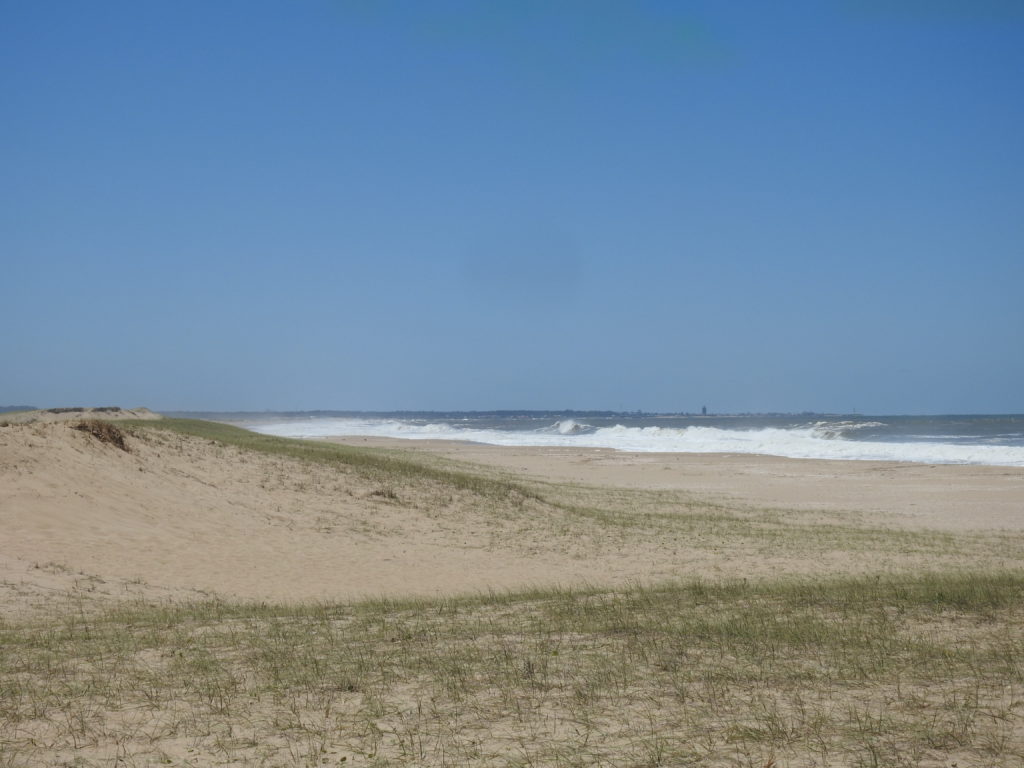
Barra de la Laguna 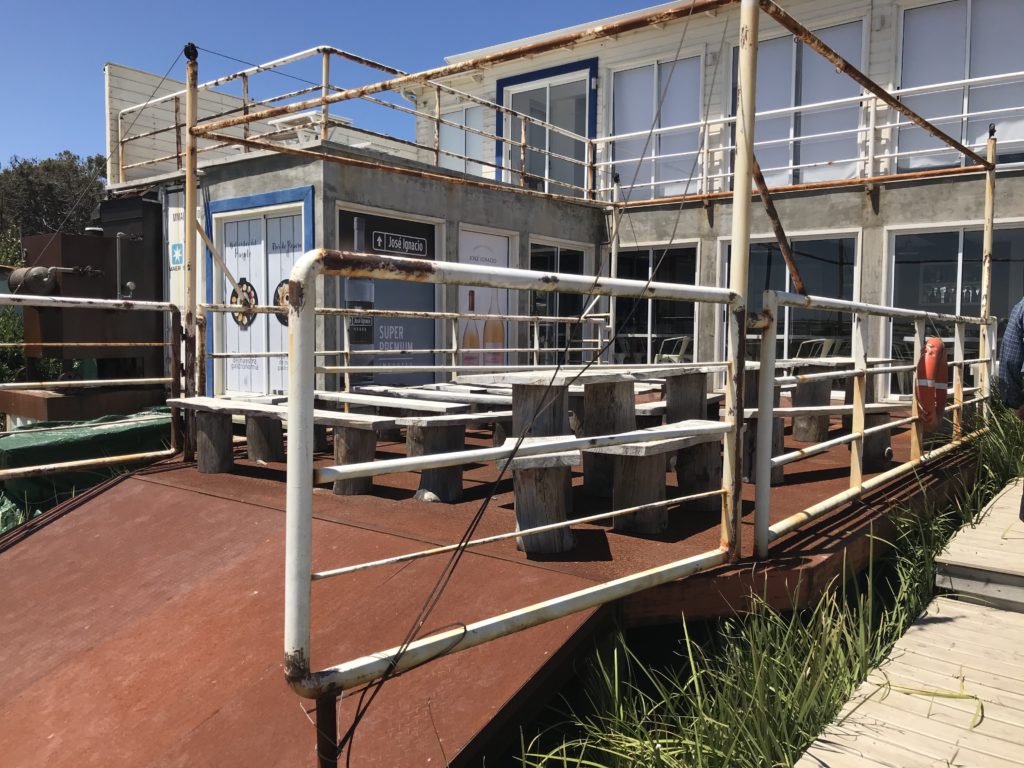
The ferry-turned-restaurant 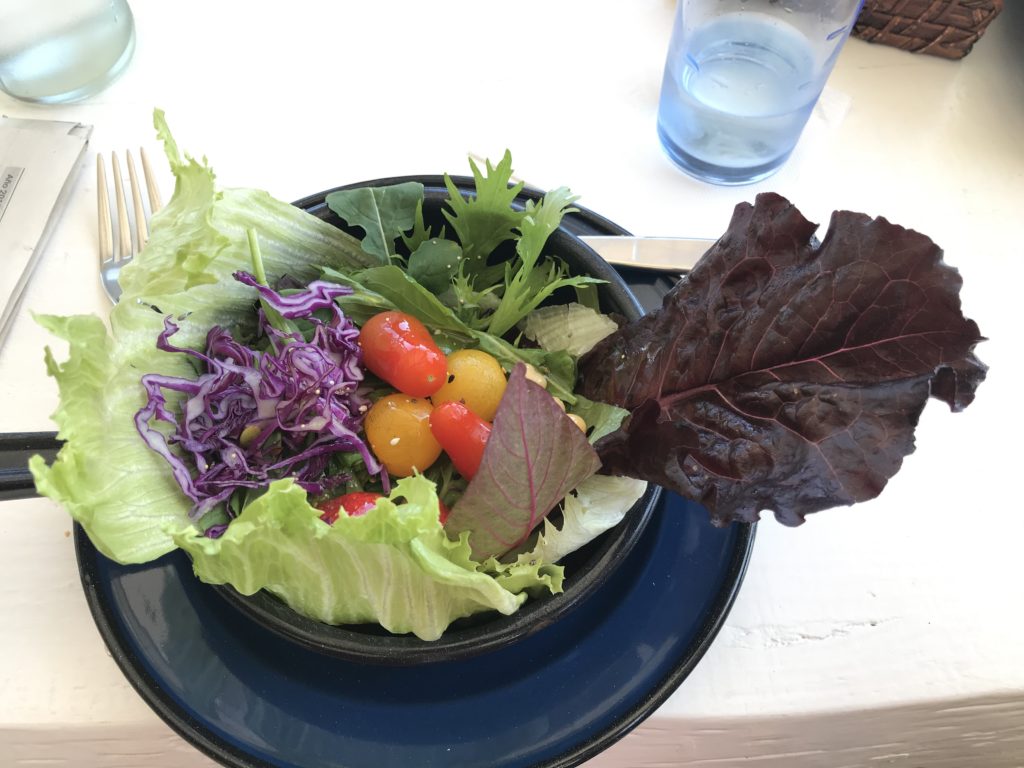
Wonderful food! 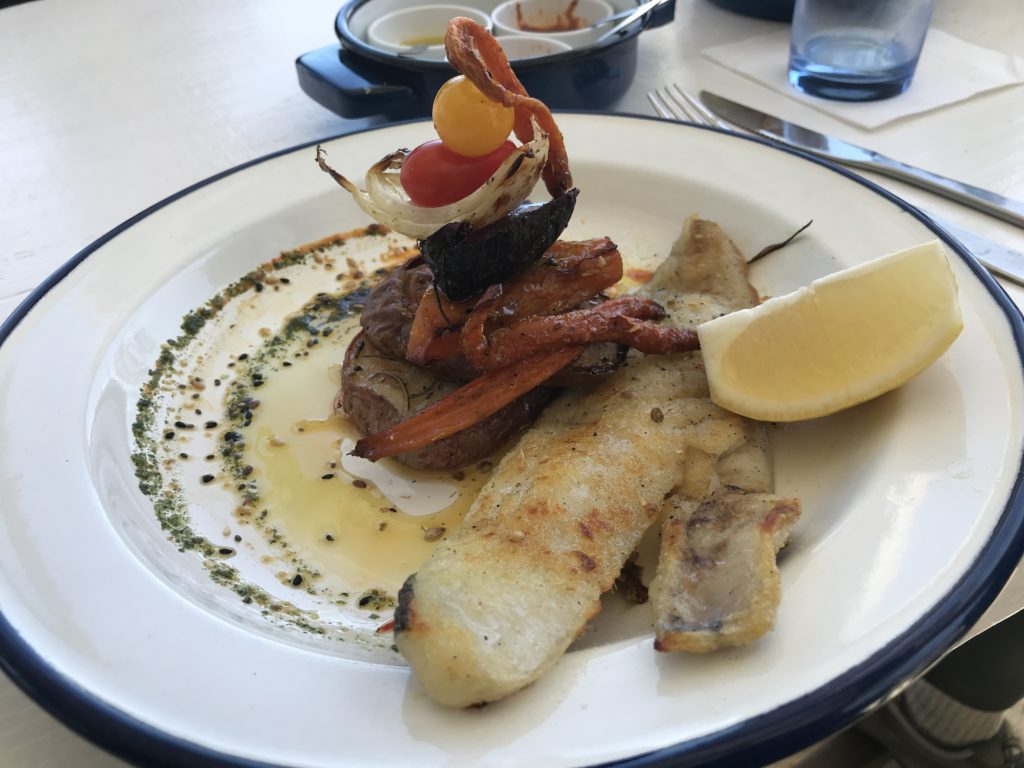
Delicious fish! 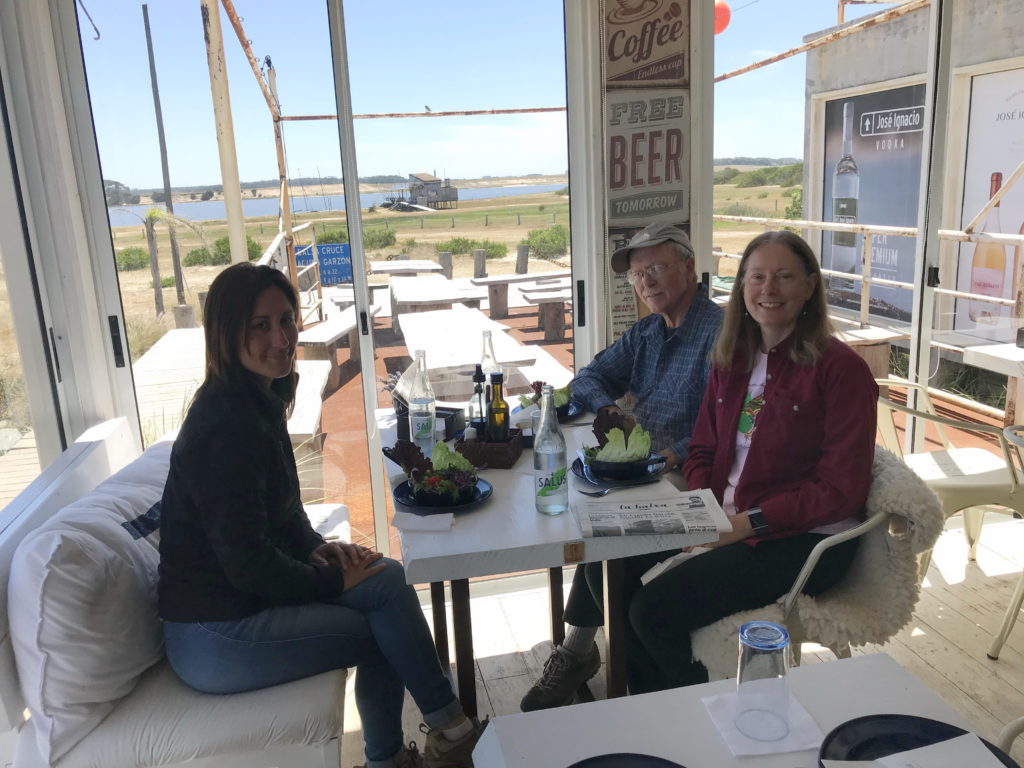
The three of us at Parador La Bolsa
Florencia drove us back through the towns outside Montevideo and we arrived at the airport in time to catch an evening flight to Miami and from there back to Dallas.
As you can see, our experiences on this trip were definitely affected by unusual weather patterns. The reality of climate change is impossible to ignore when you have these experiences in many places worldwide.
We love visiting South America and would definitely recommend Argentina and Uruguay!

